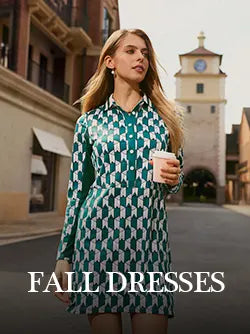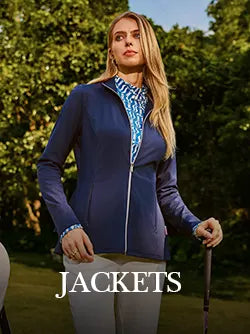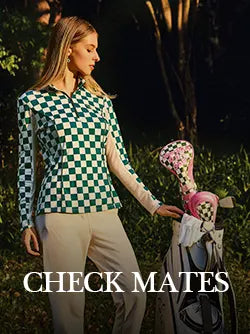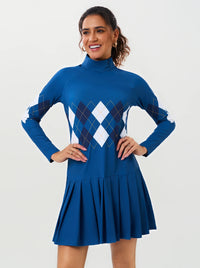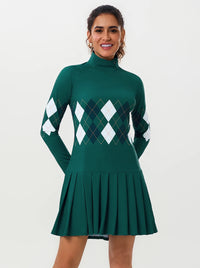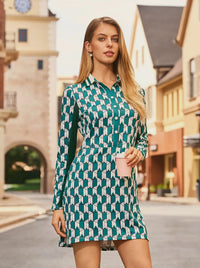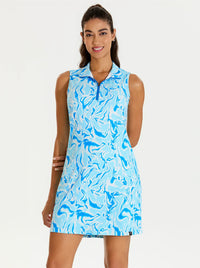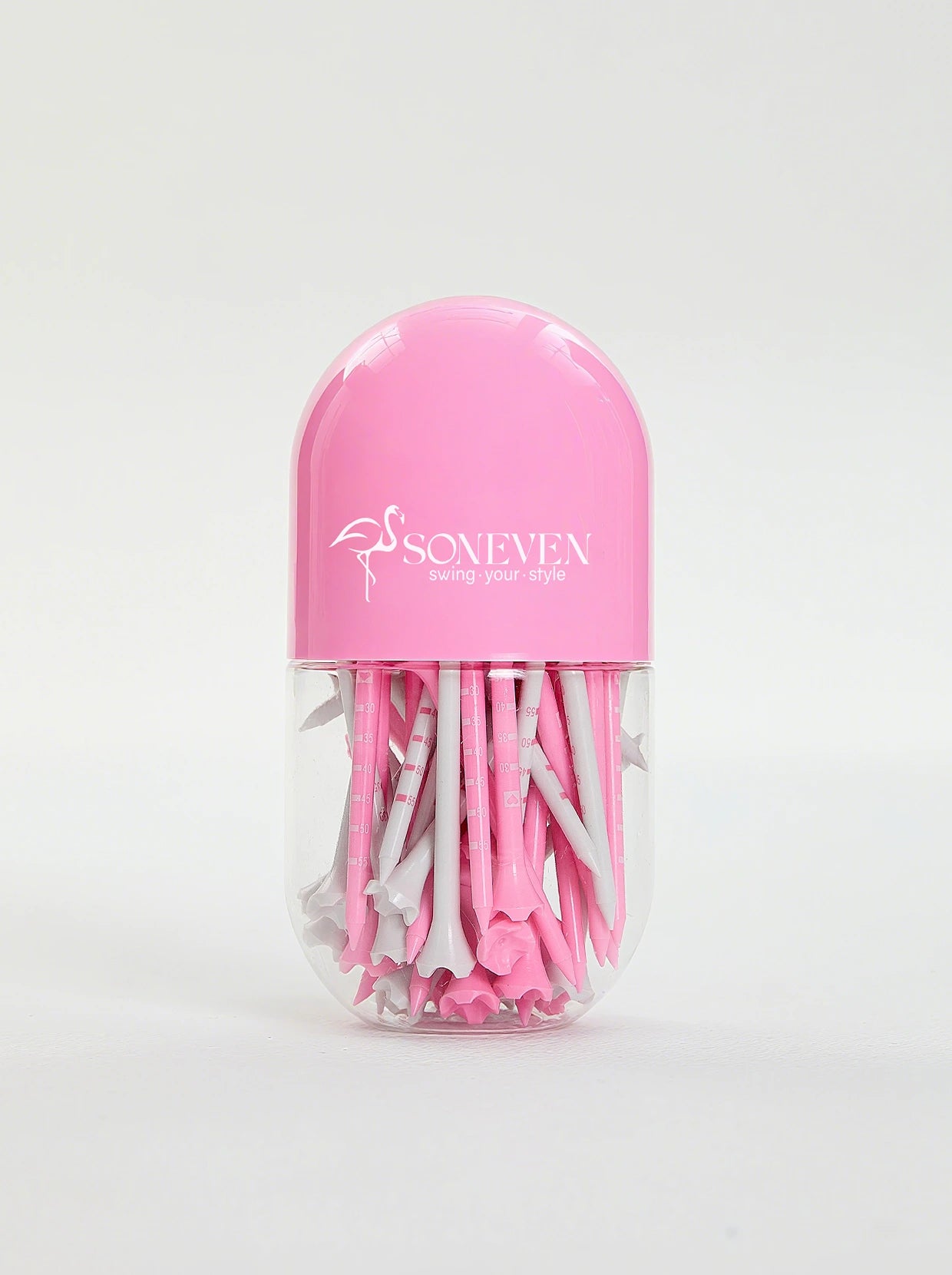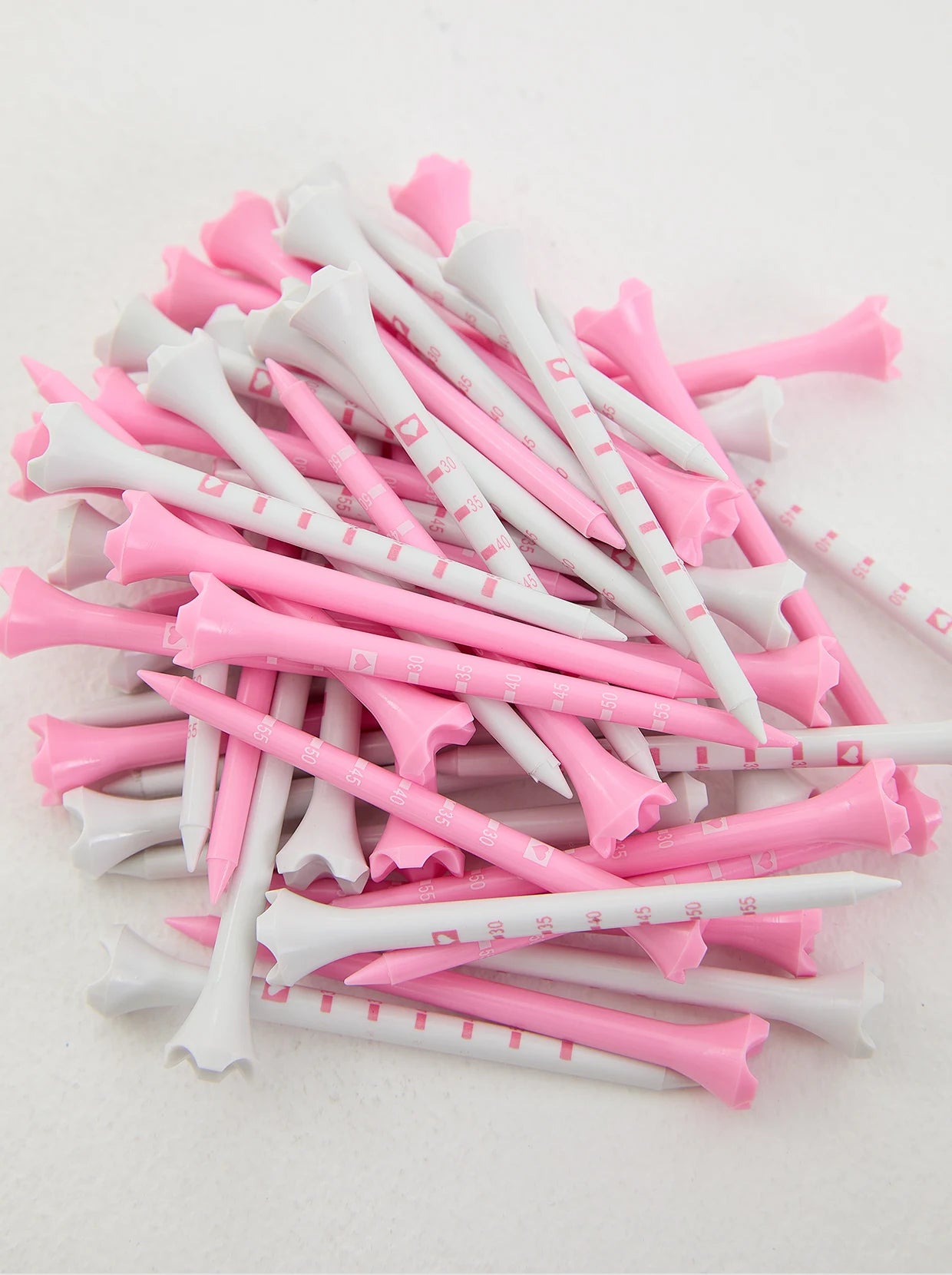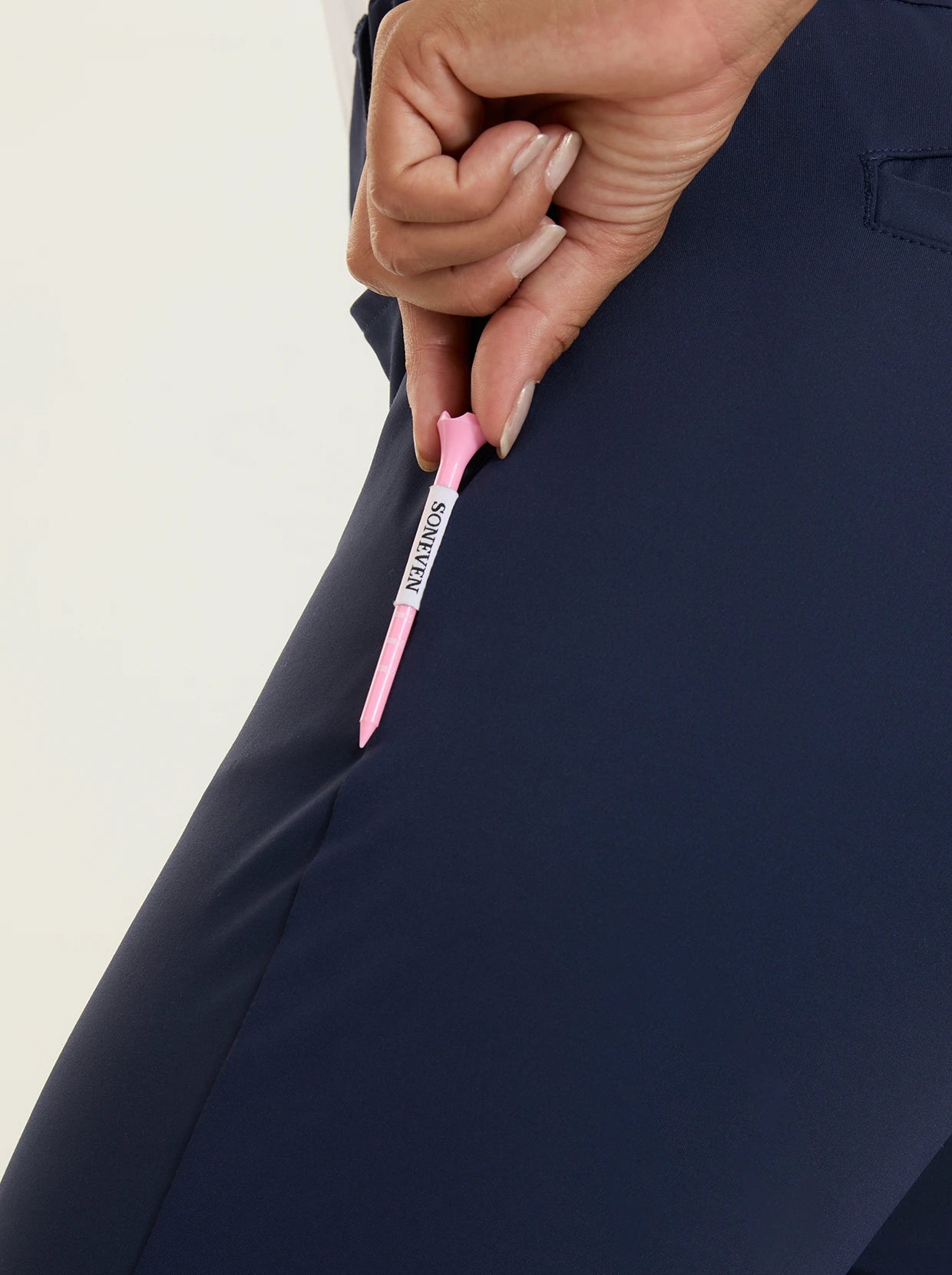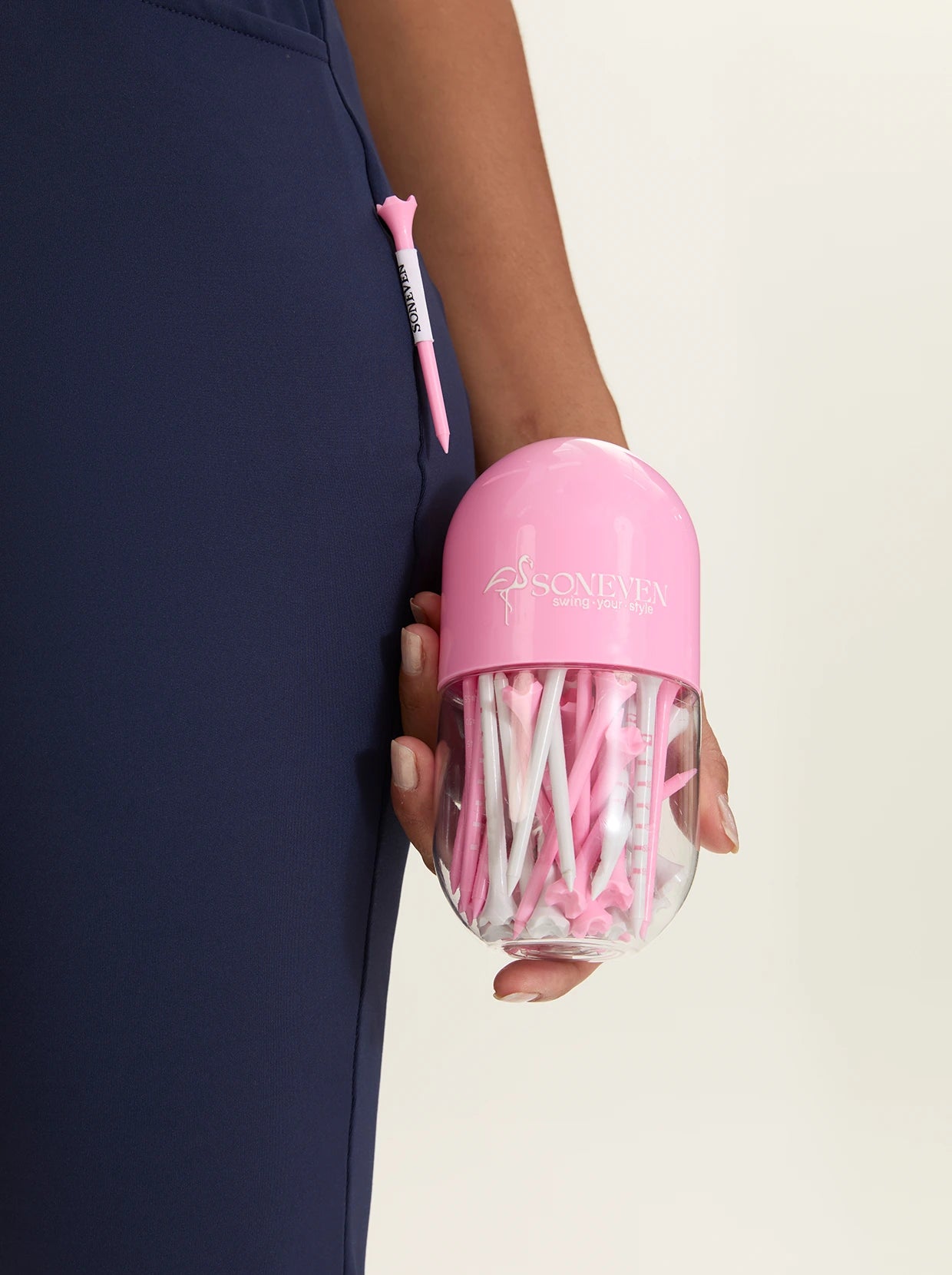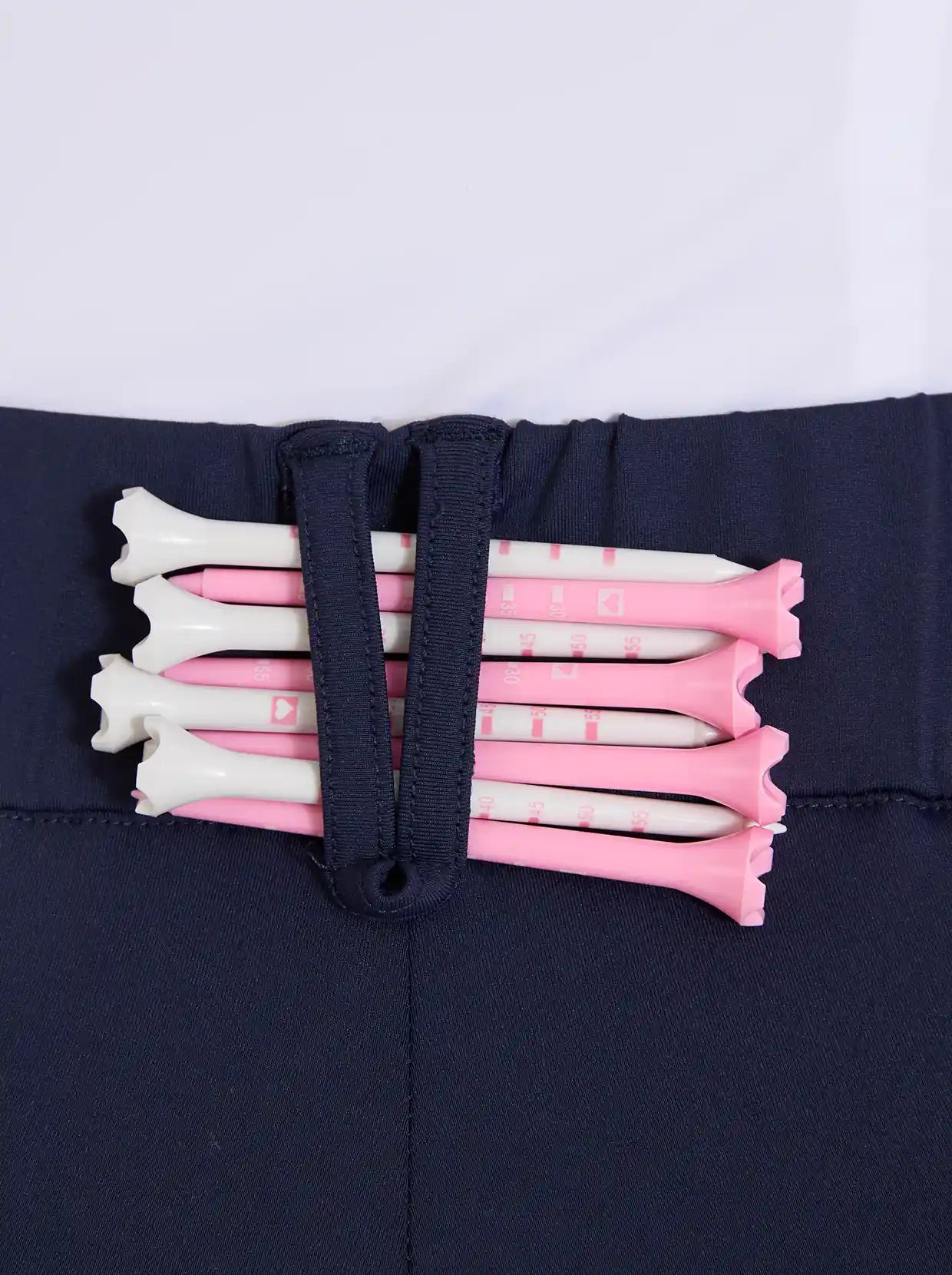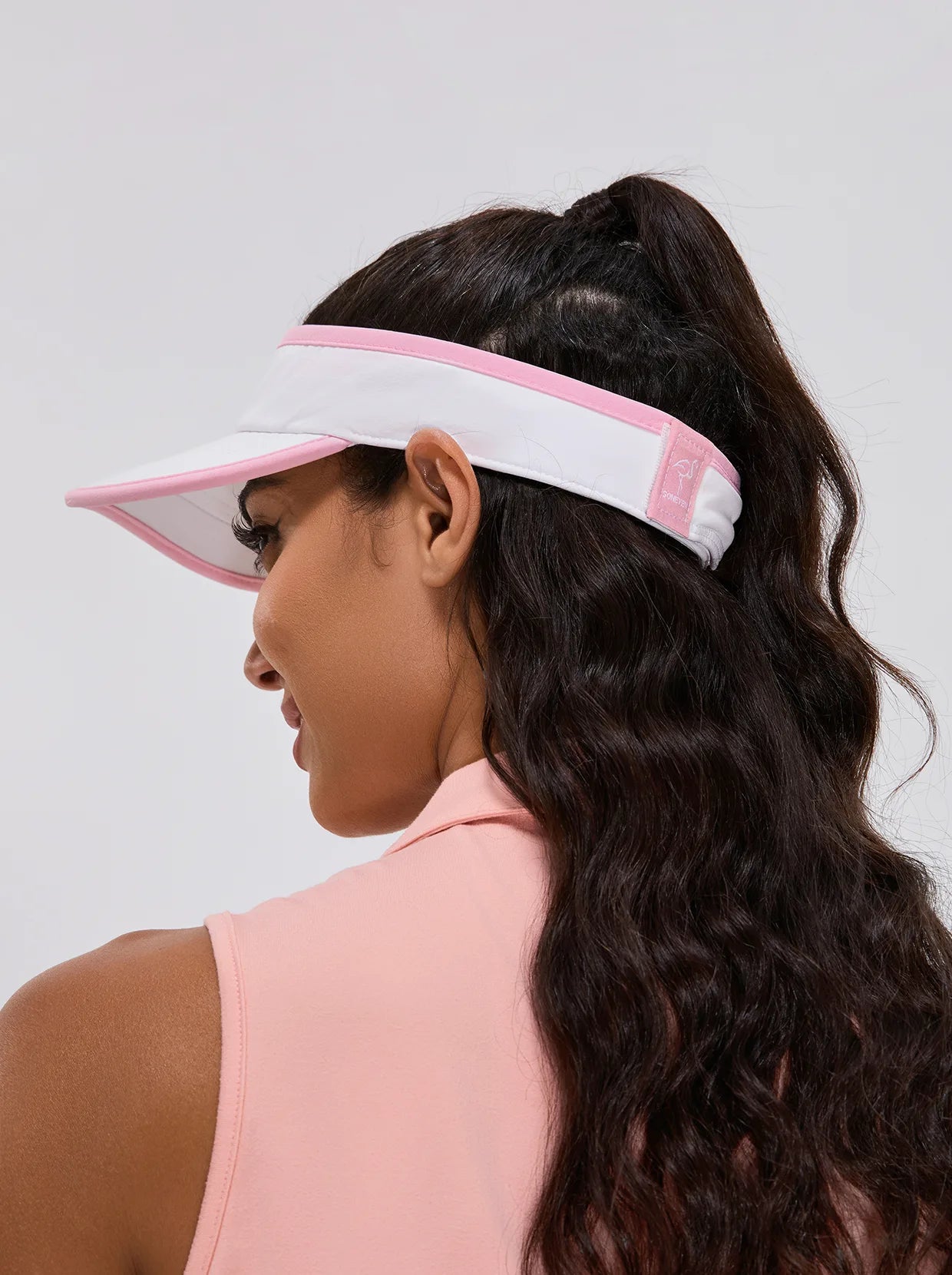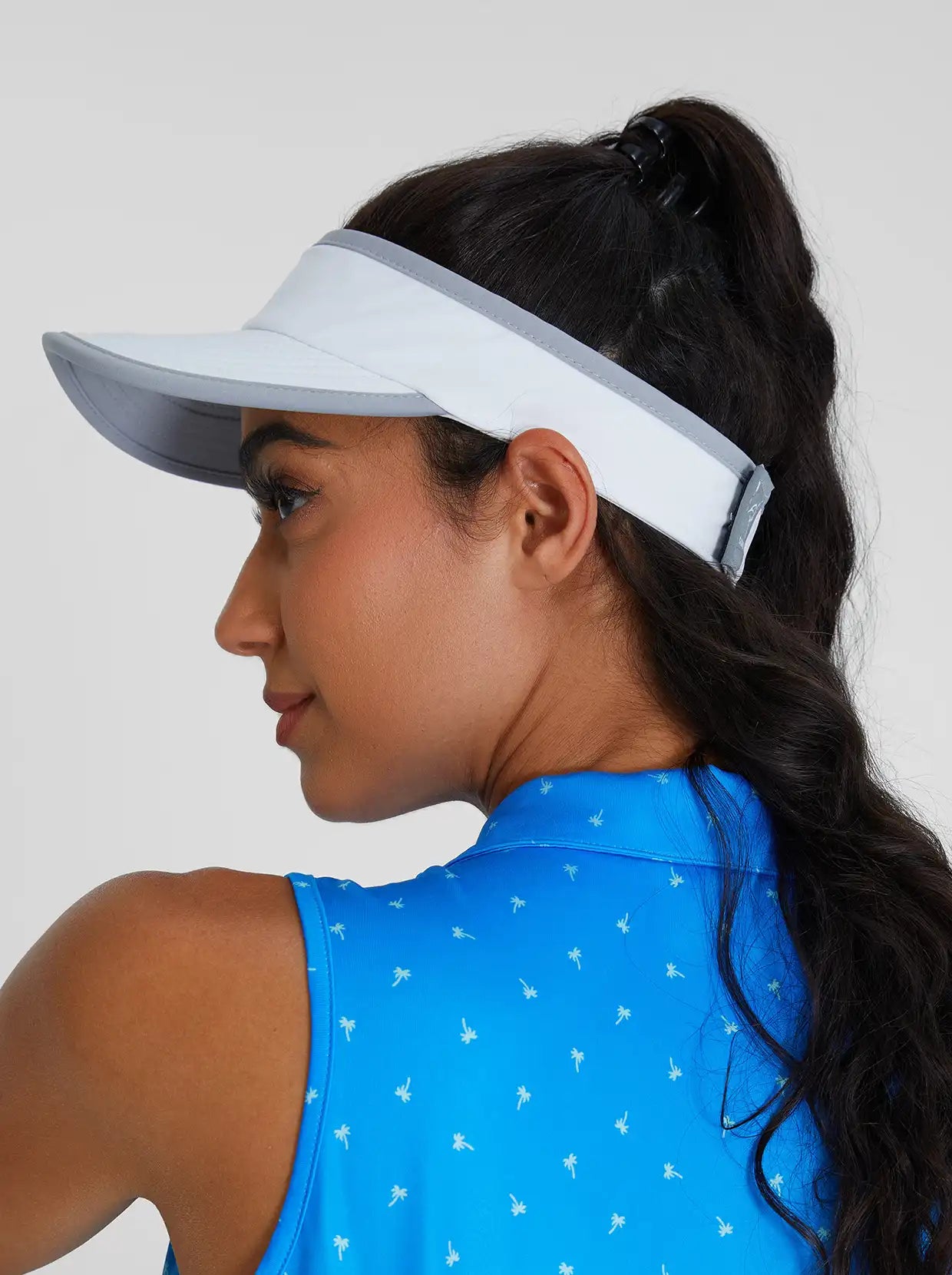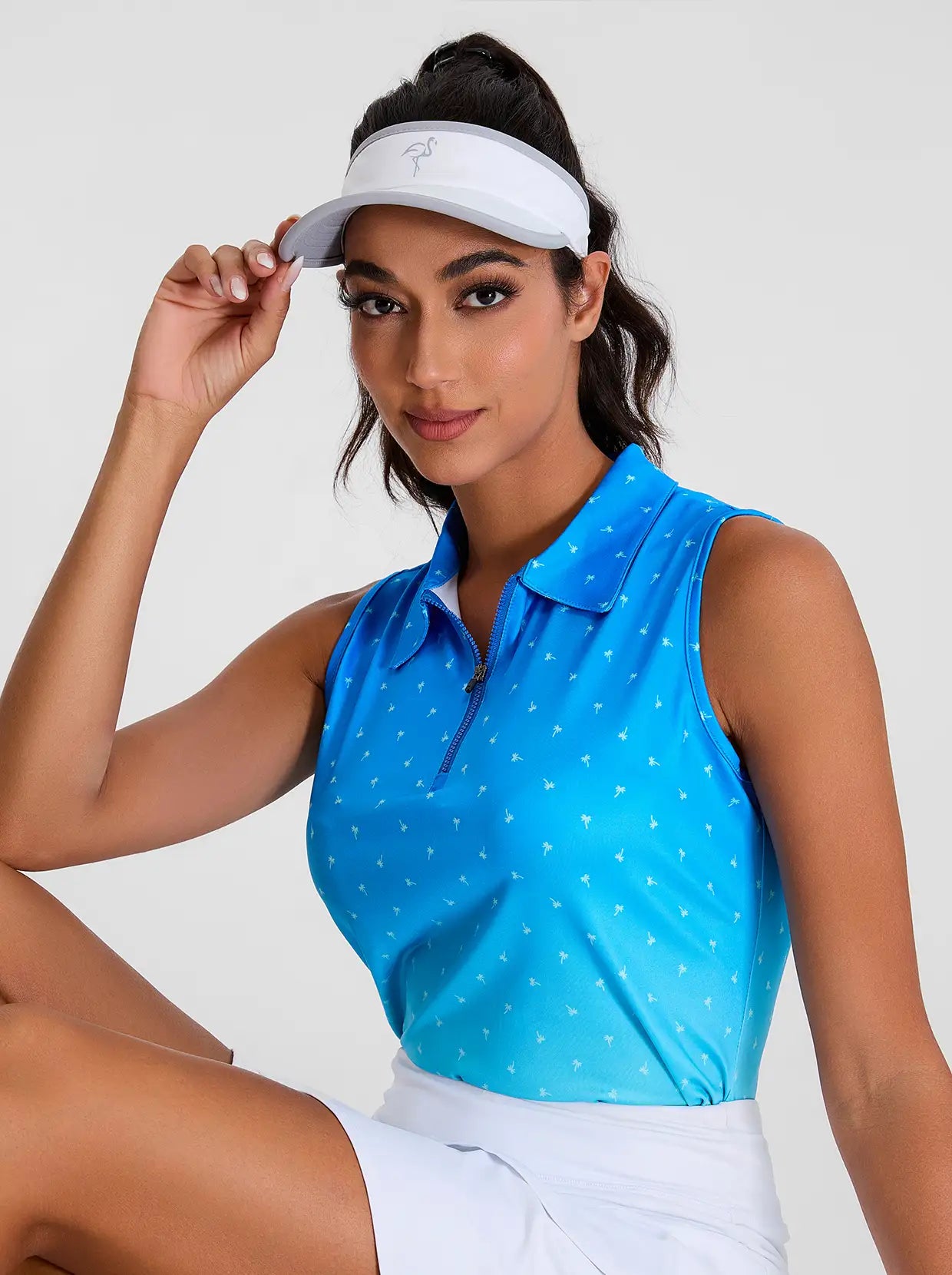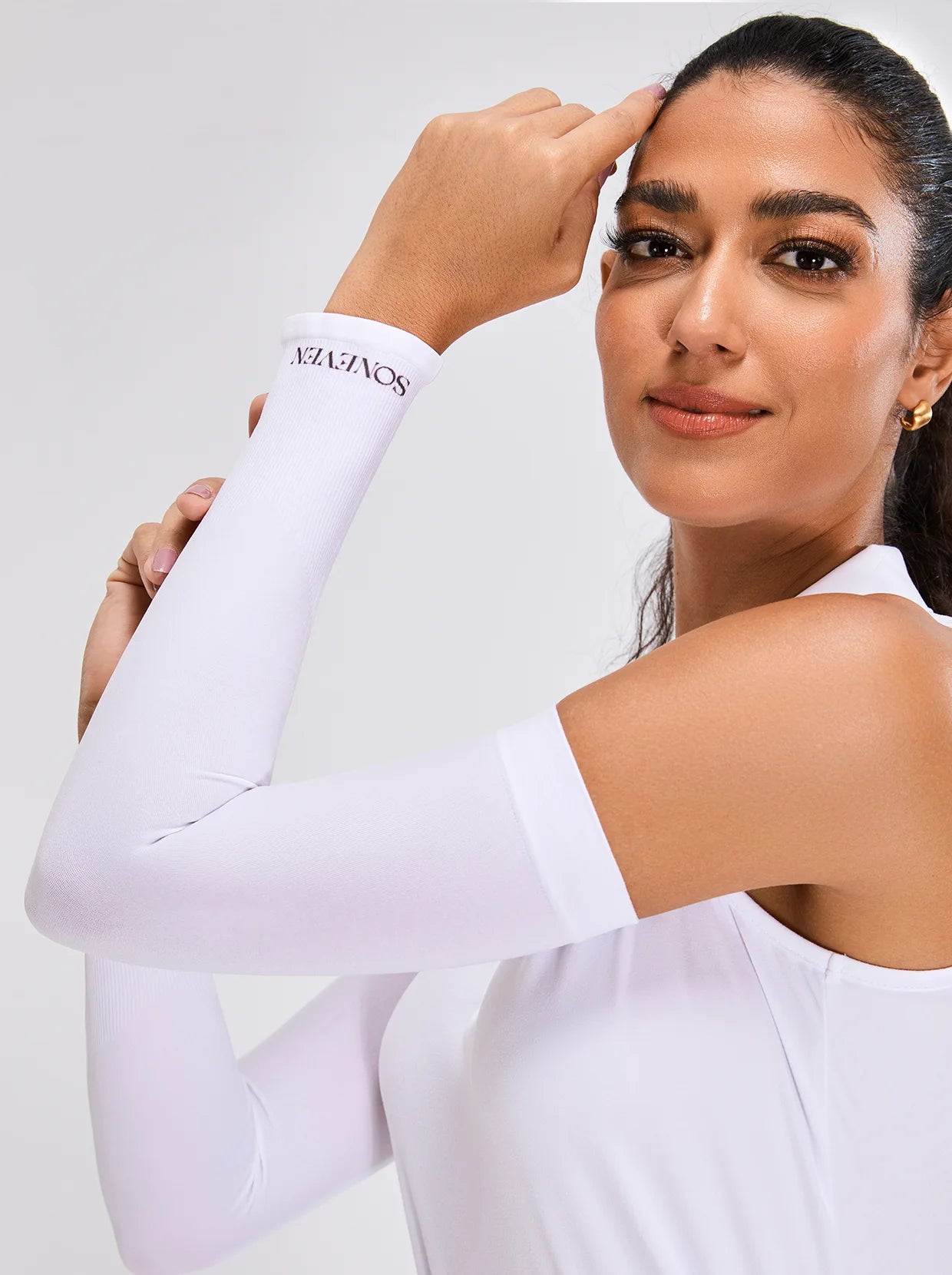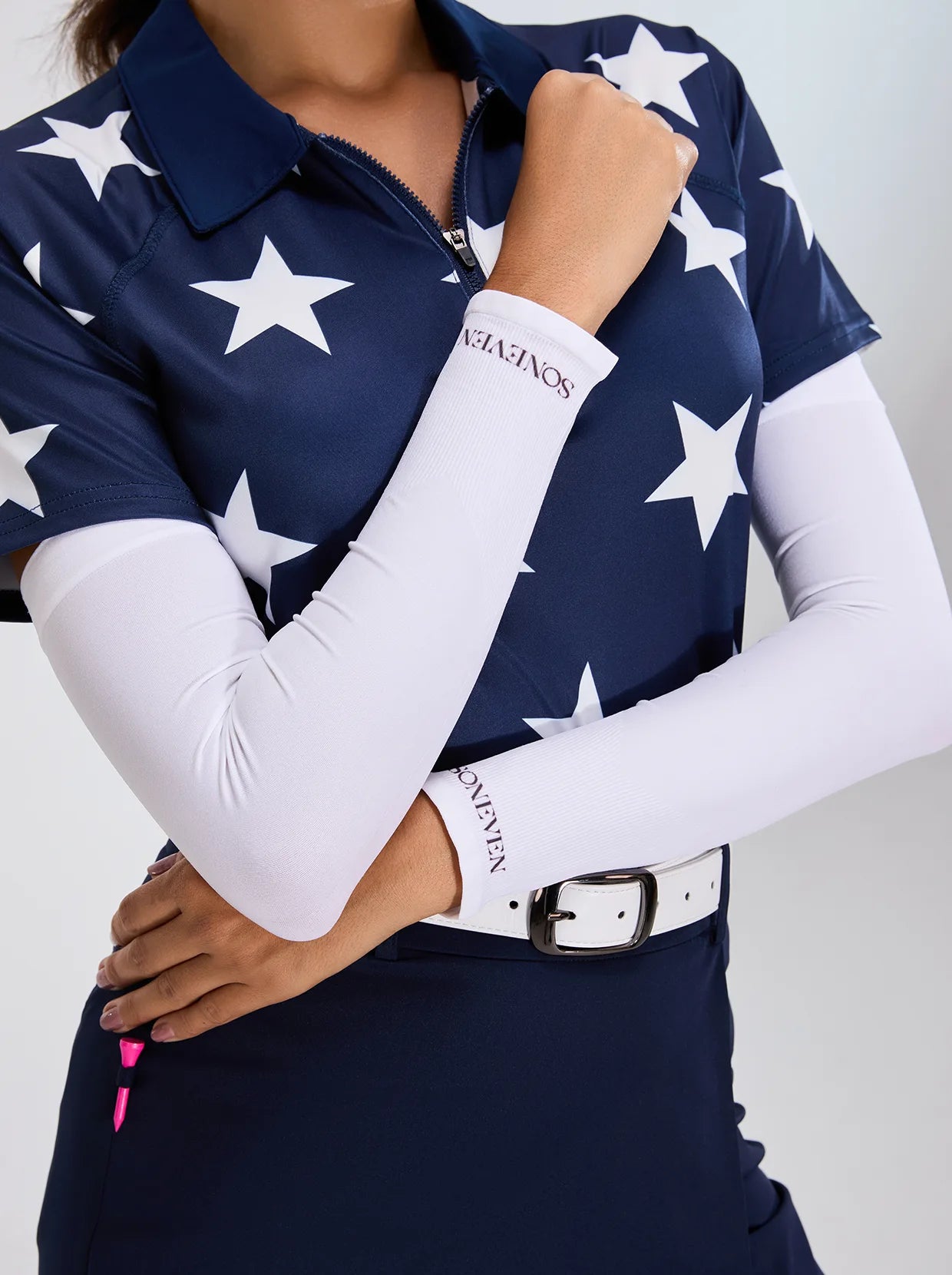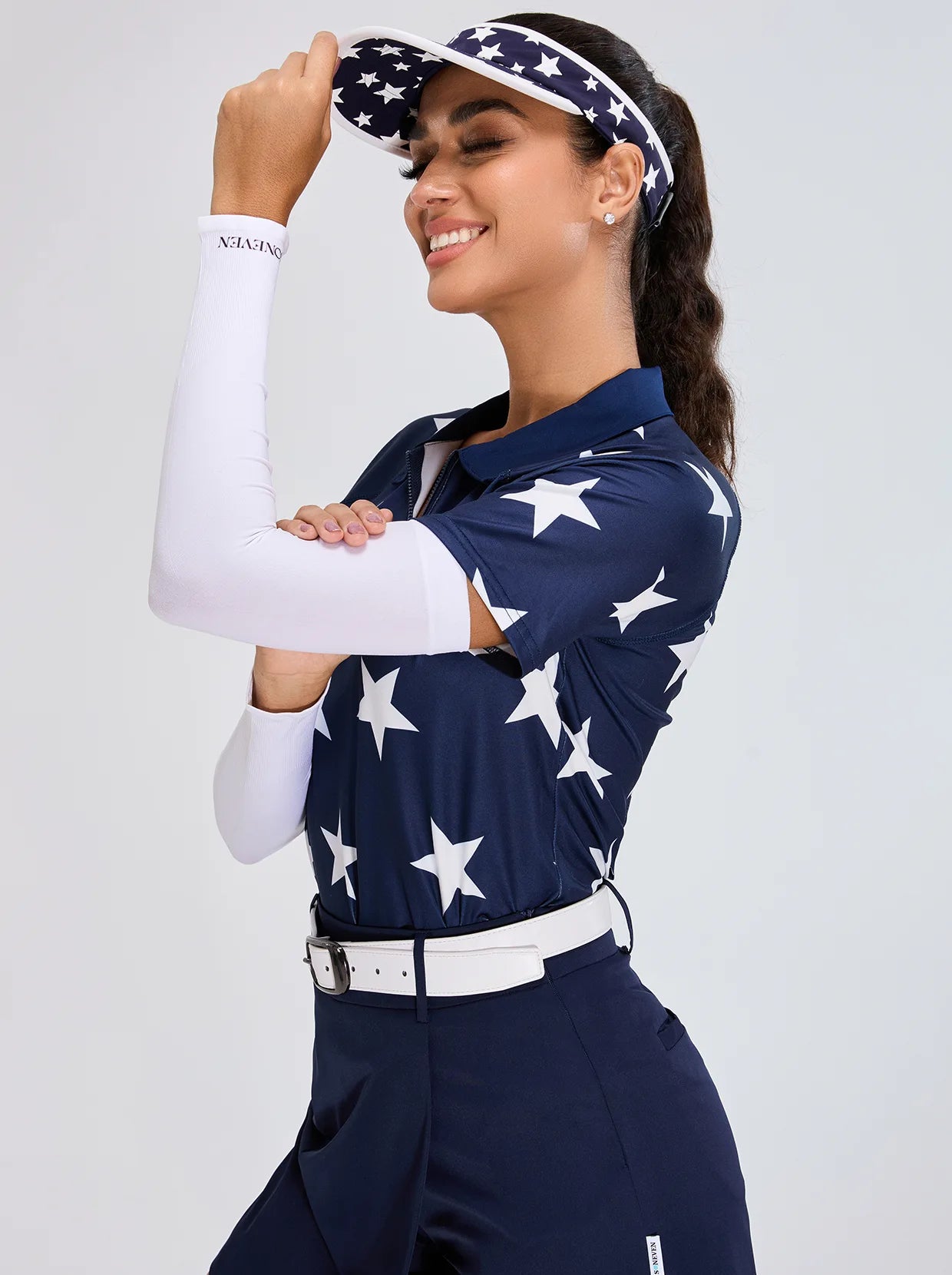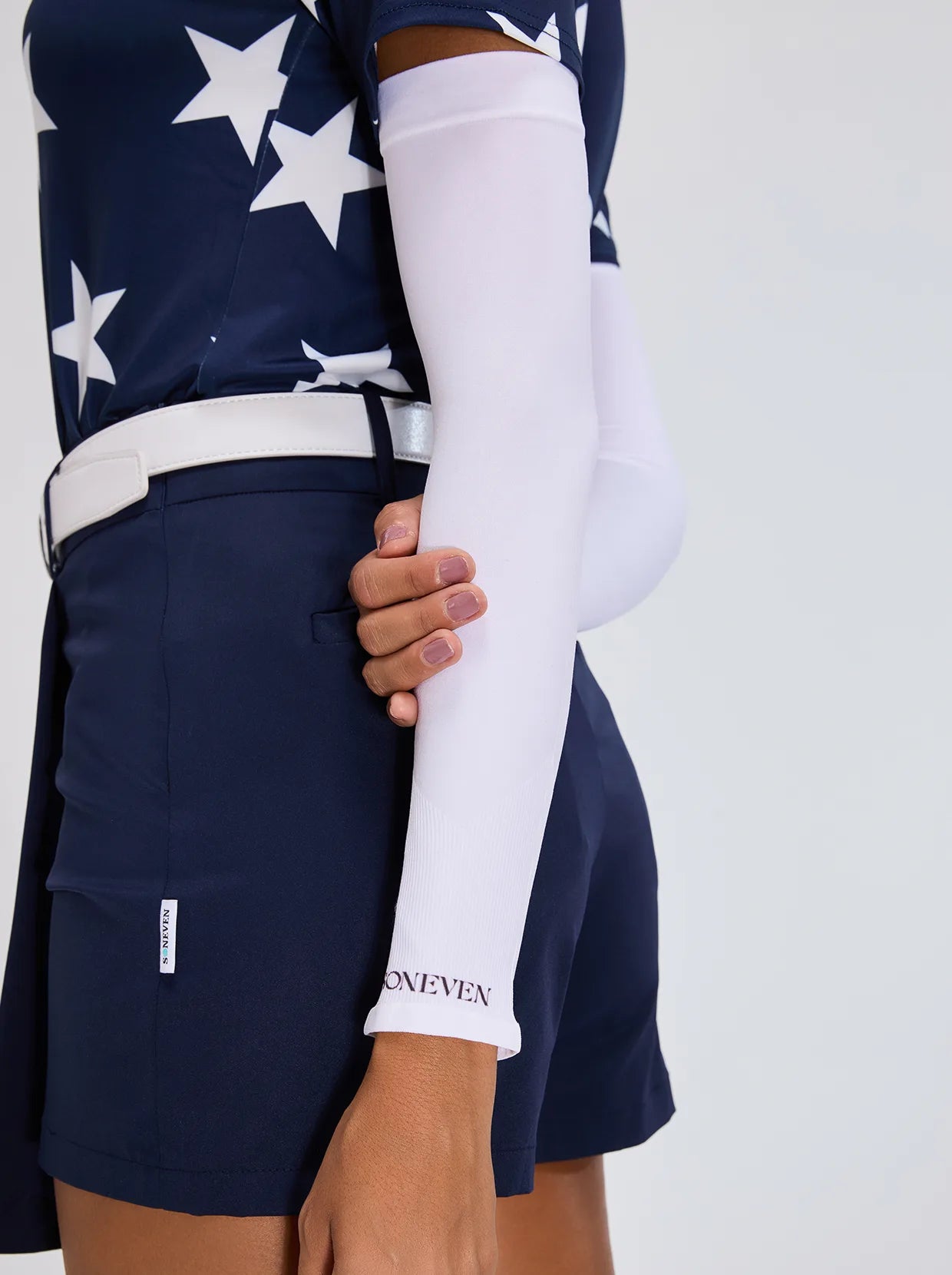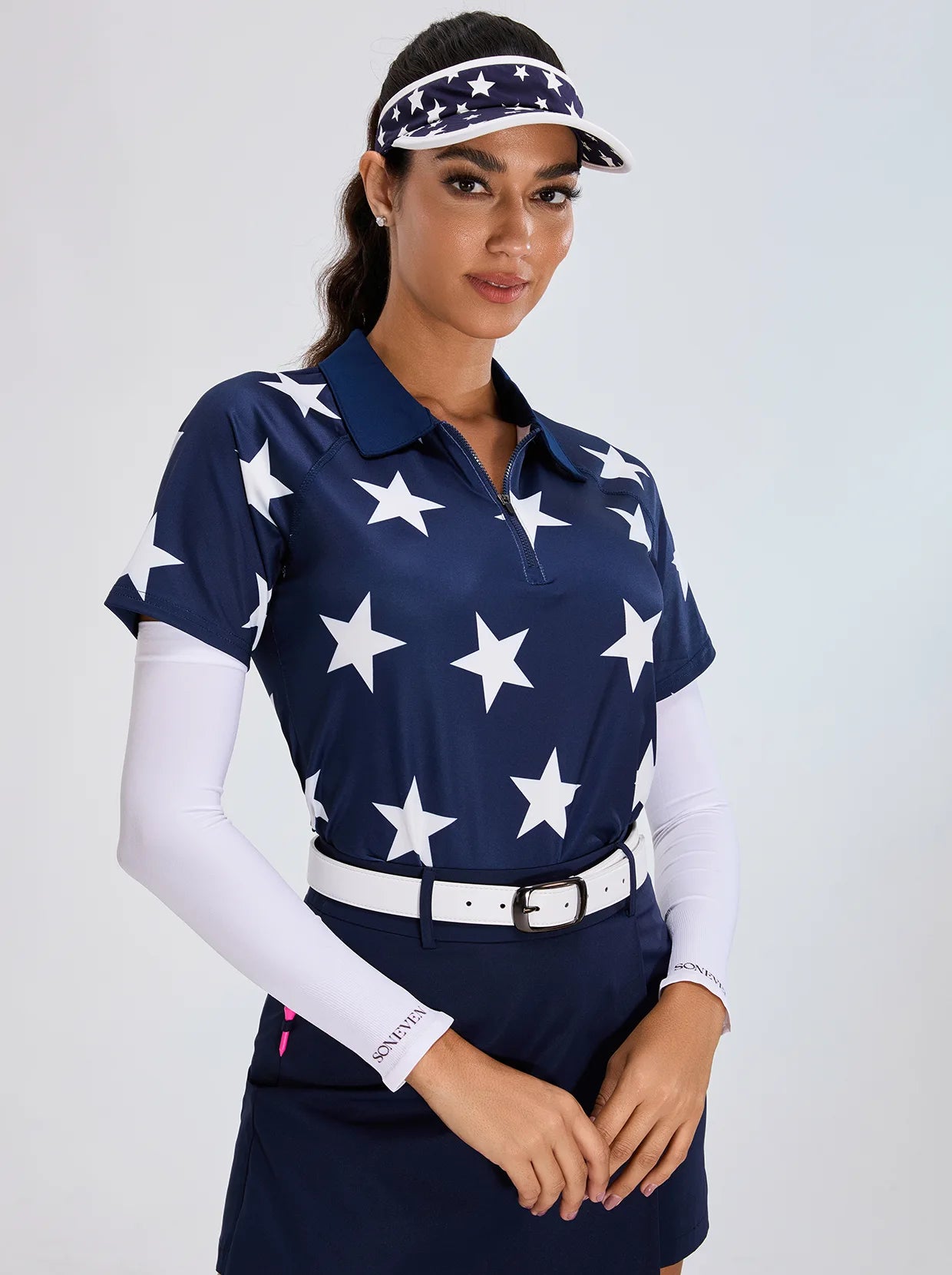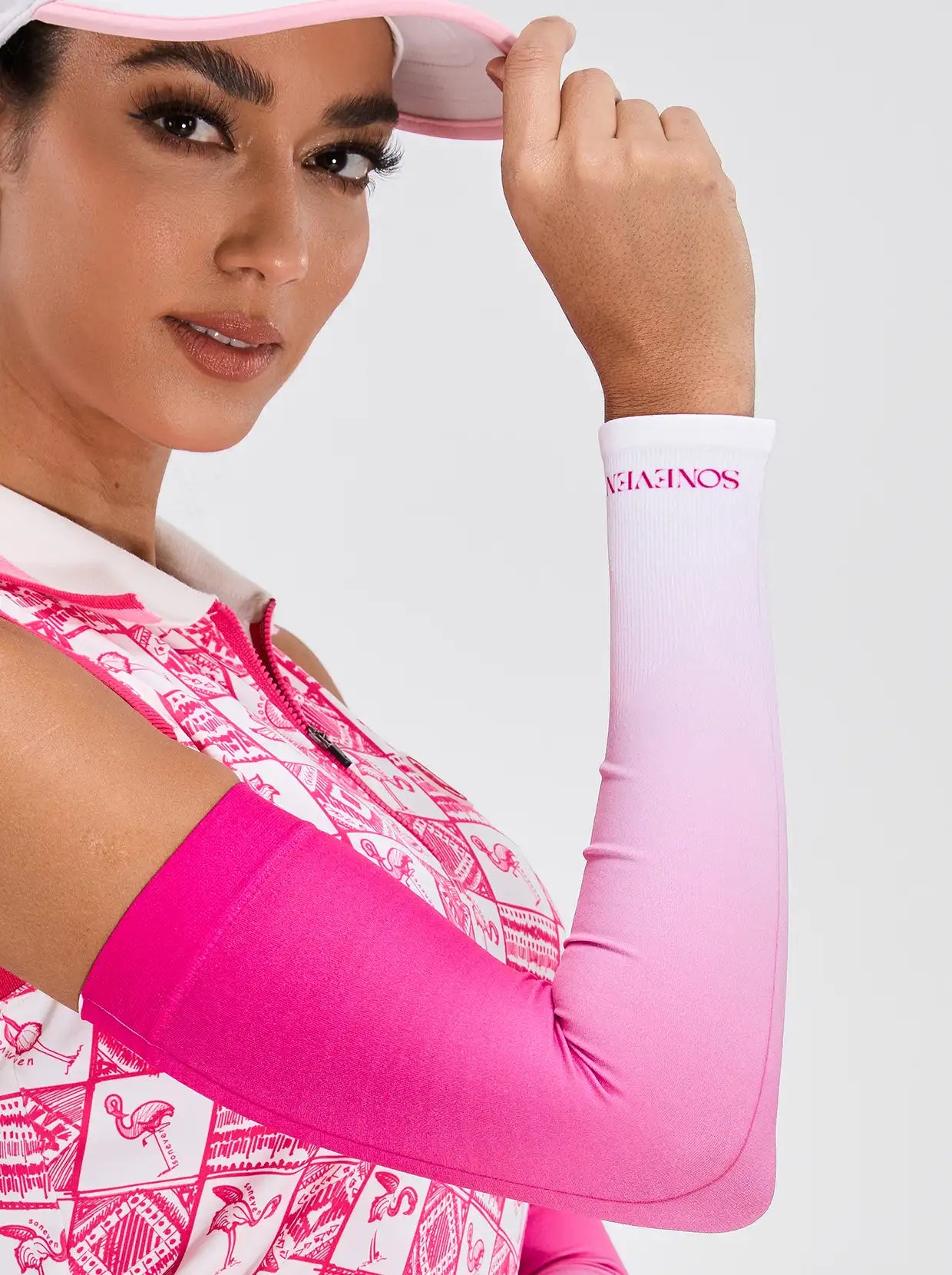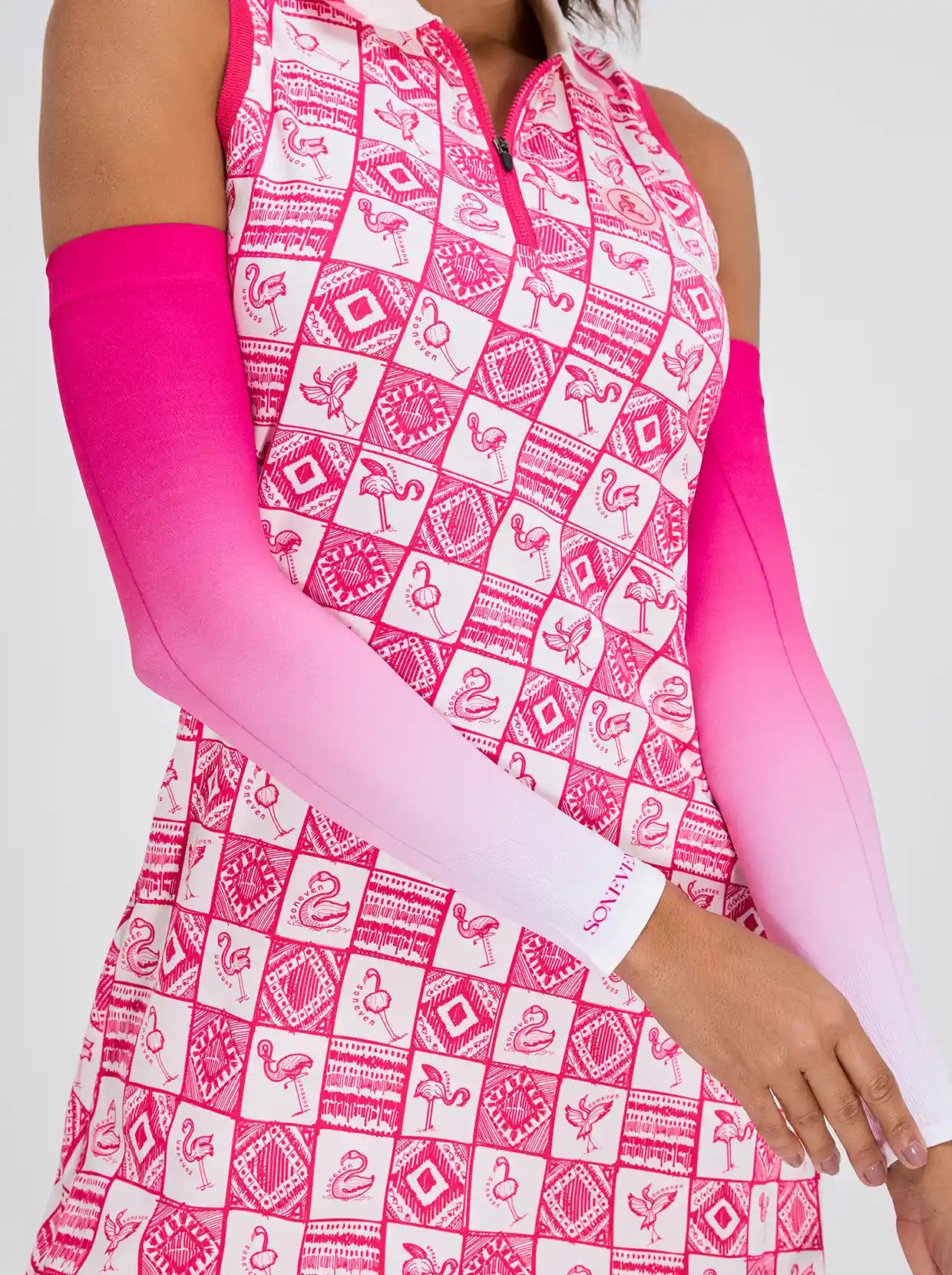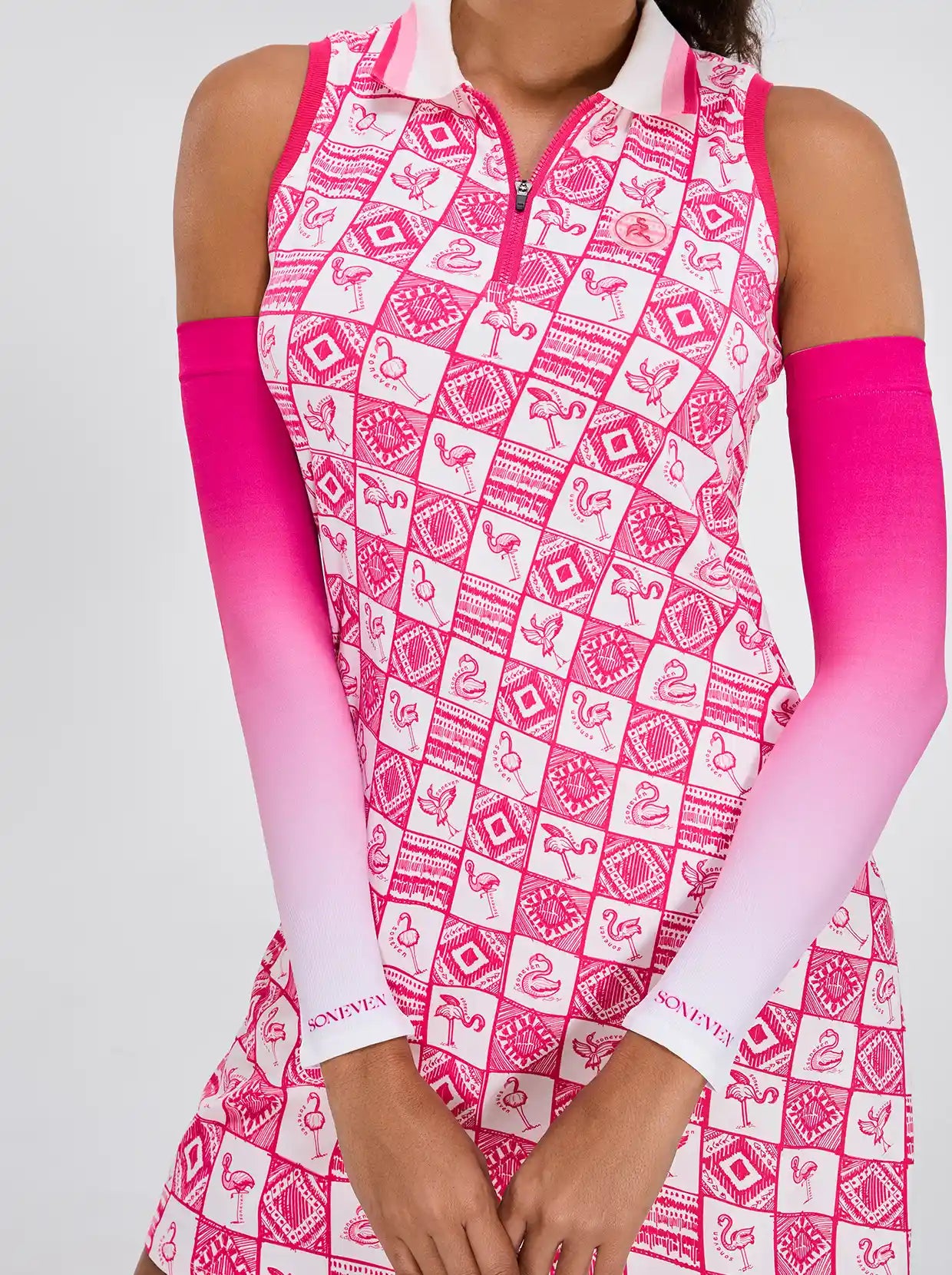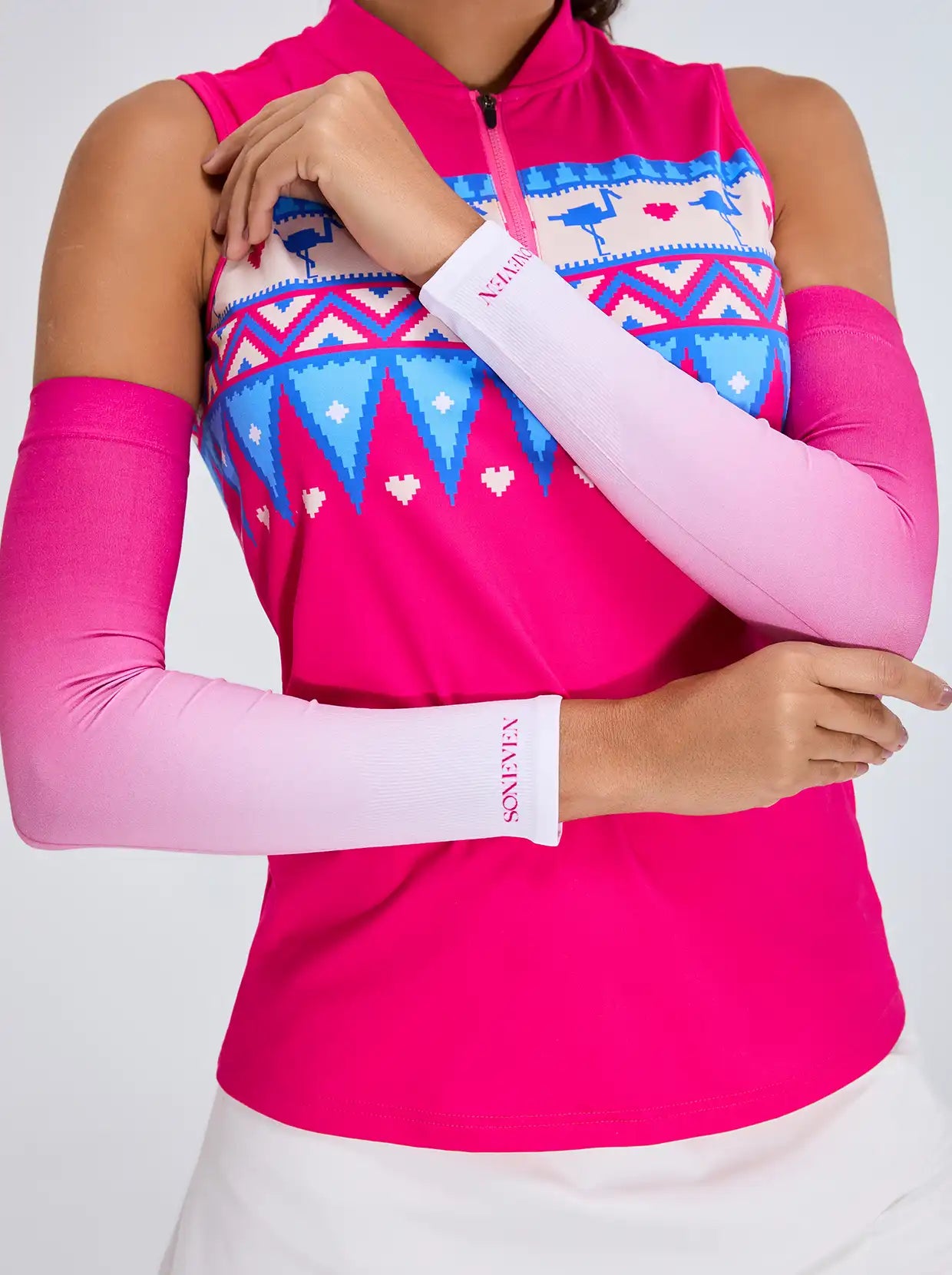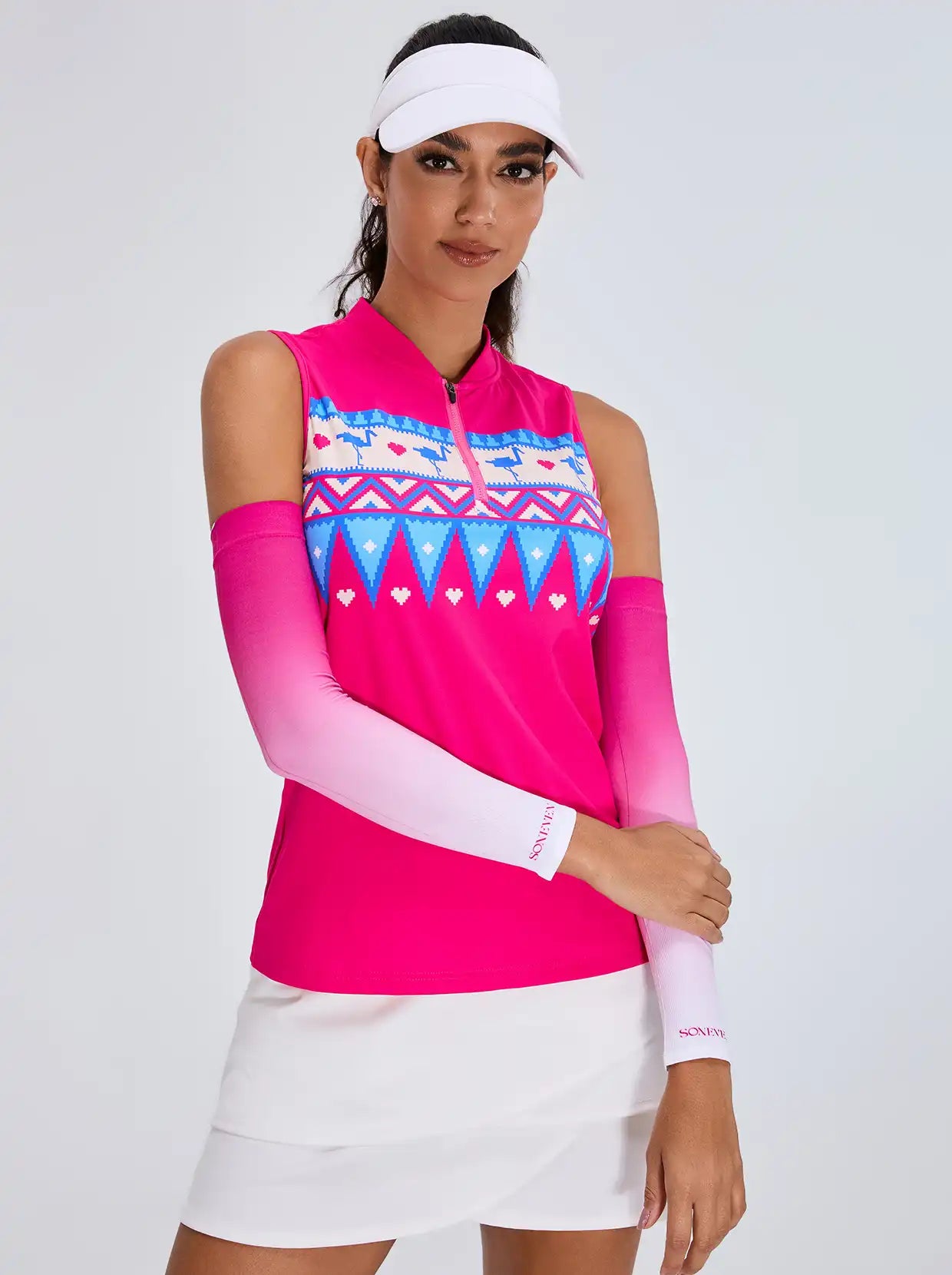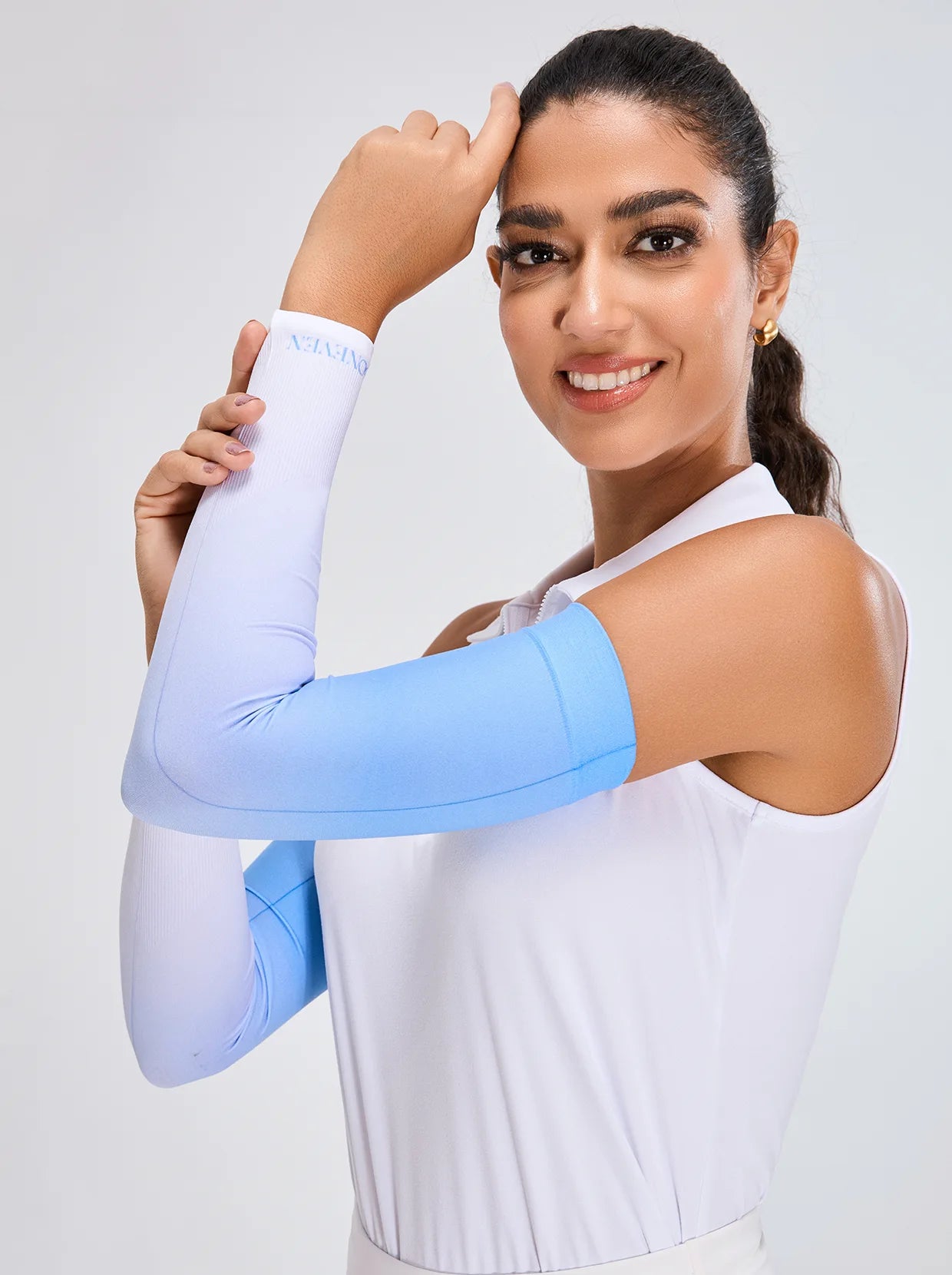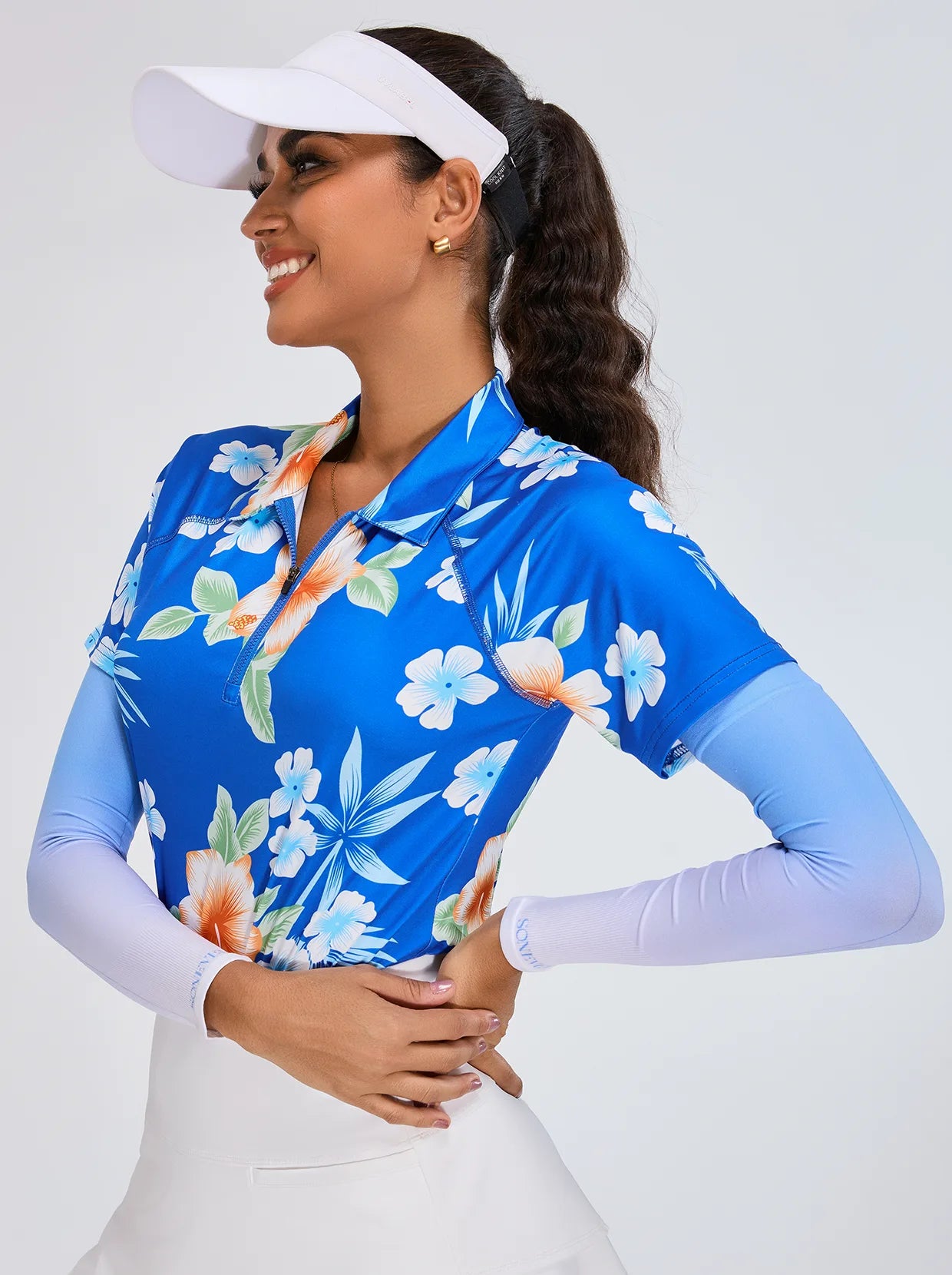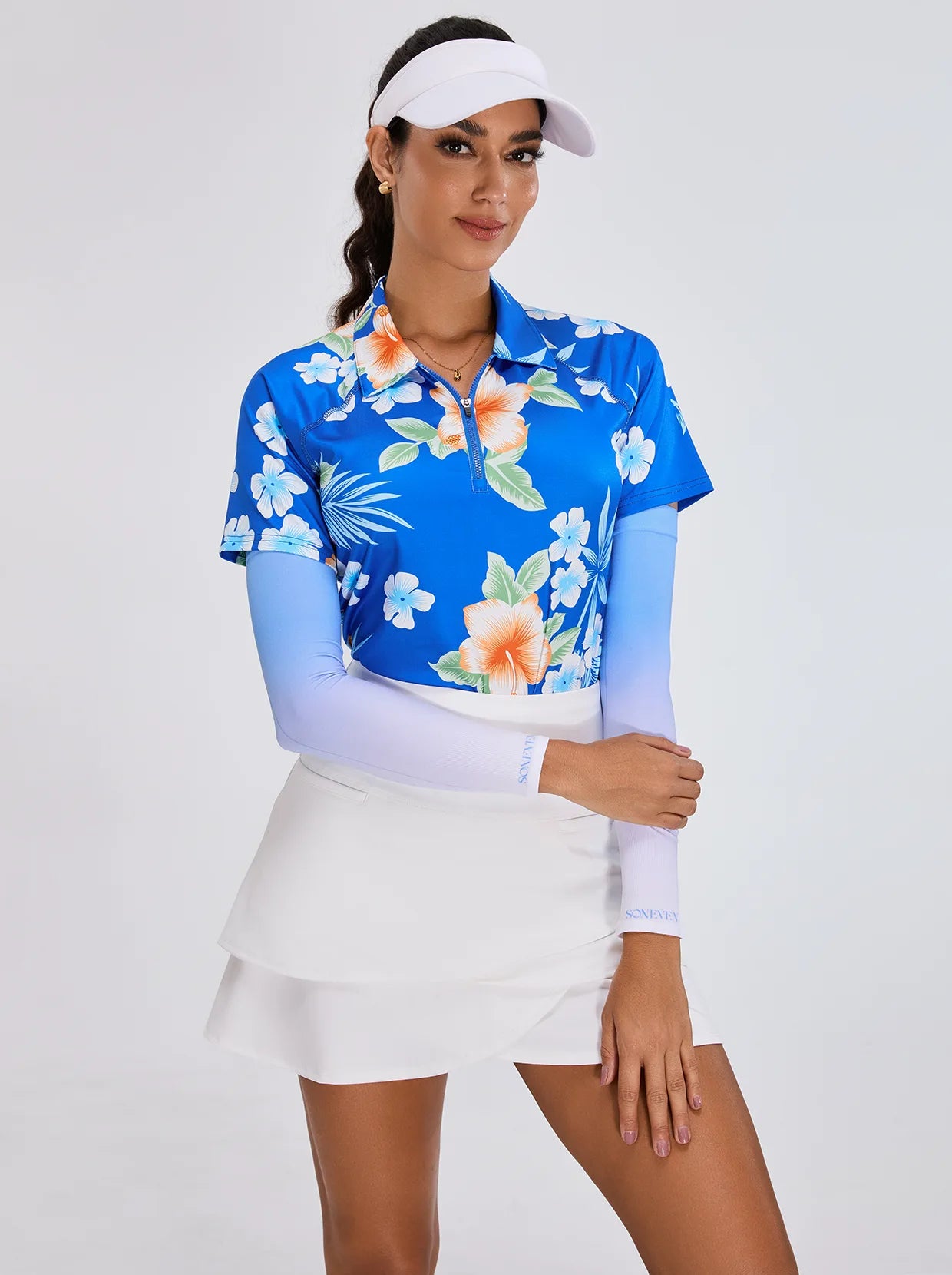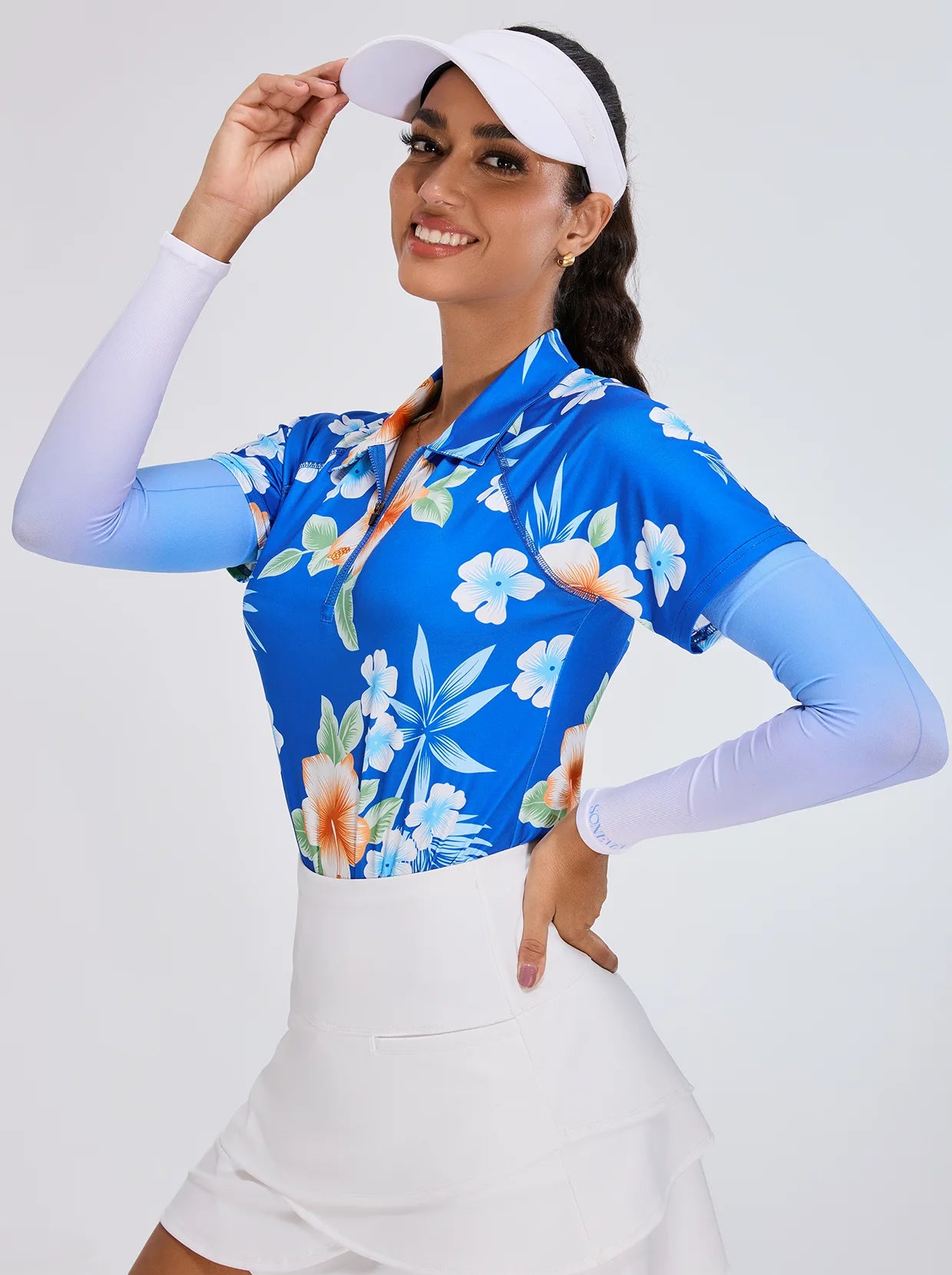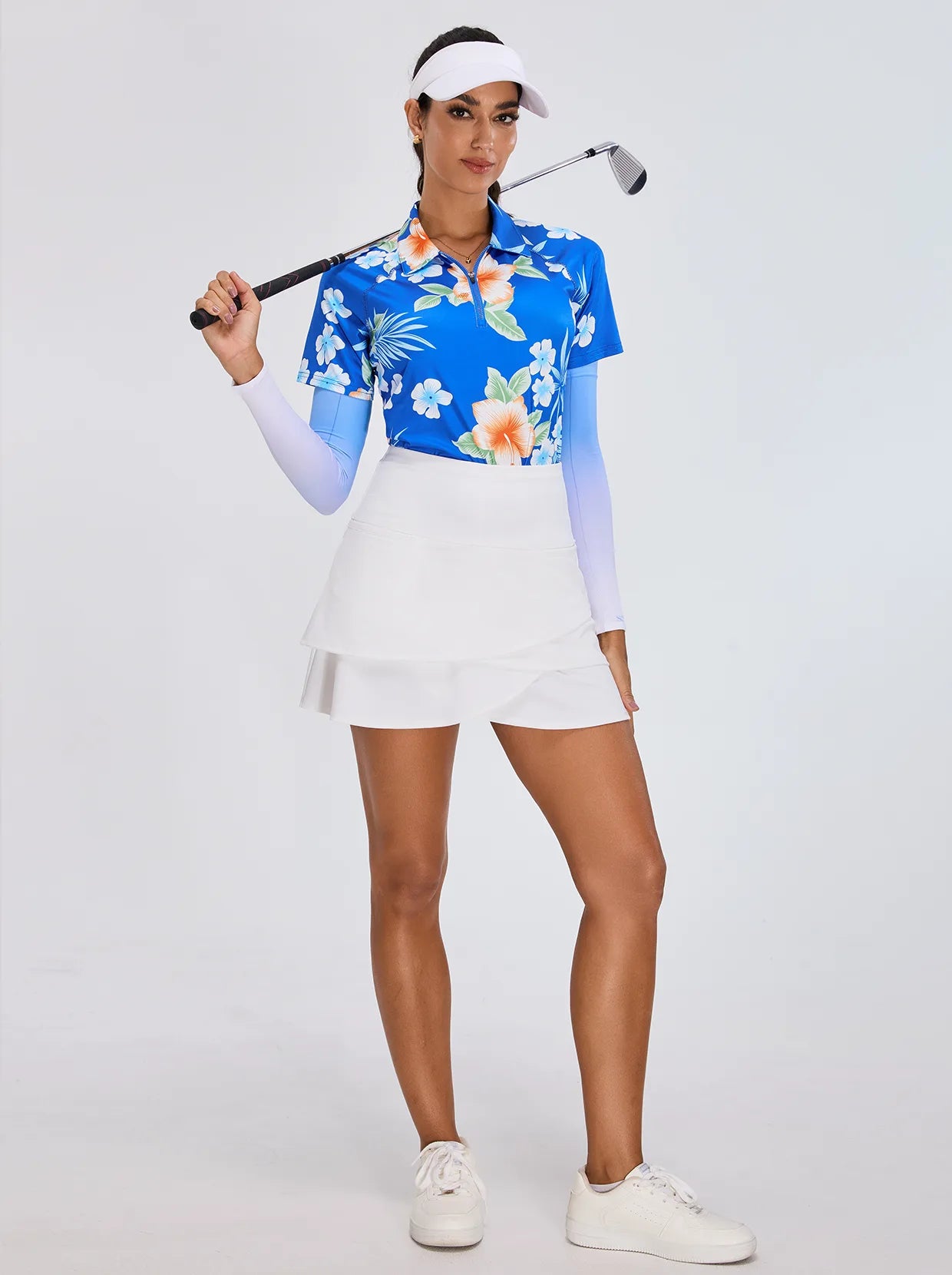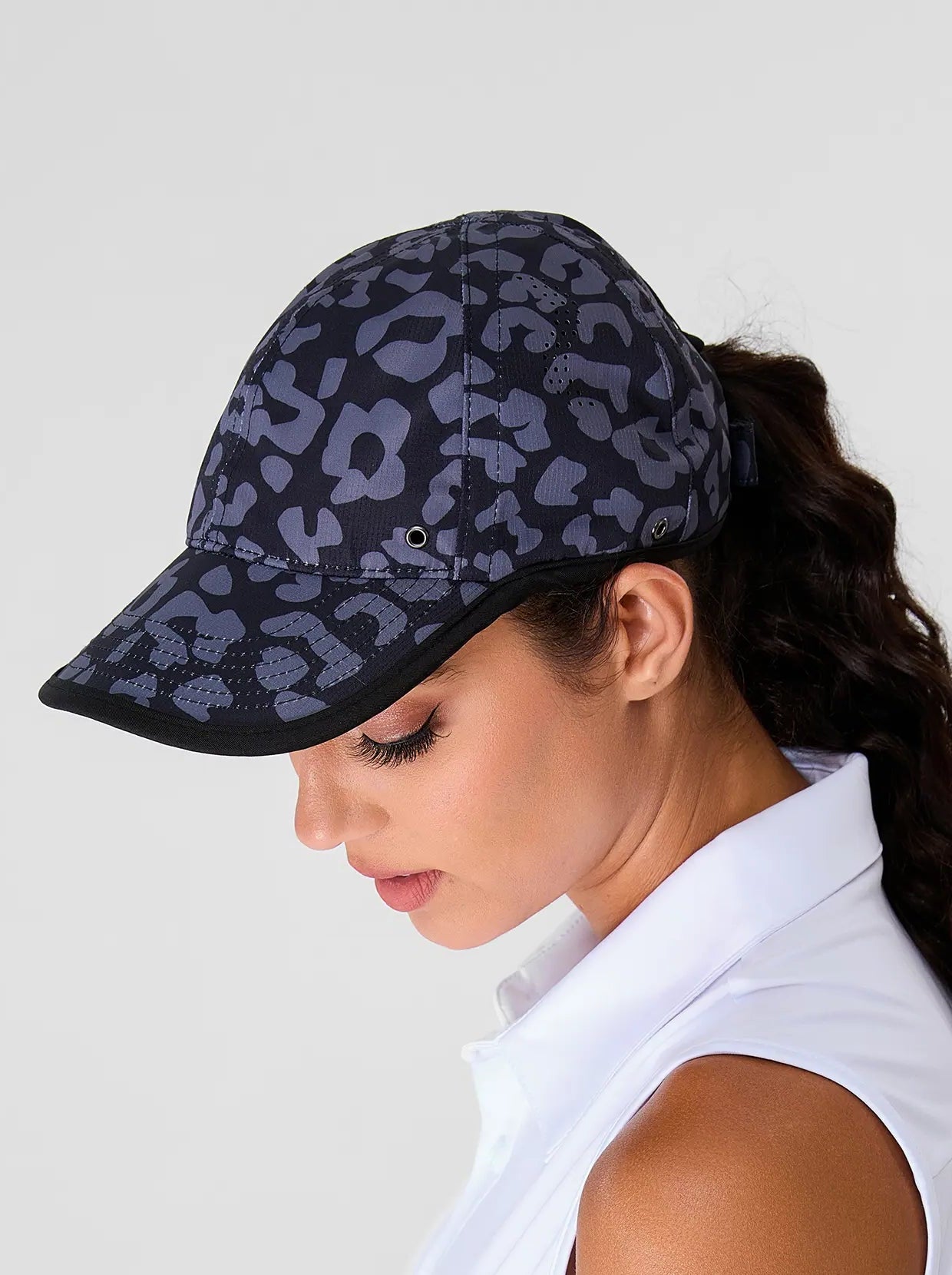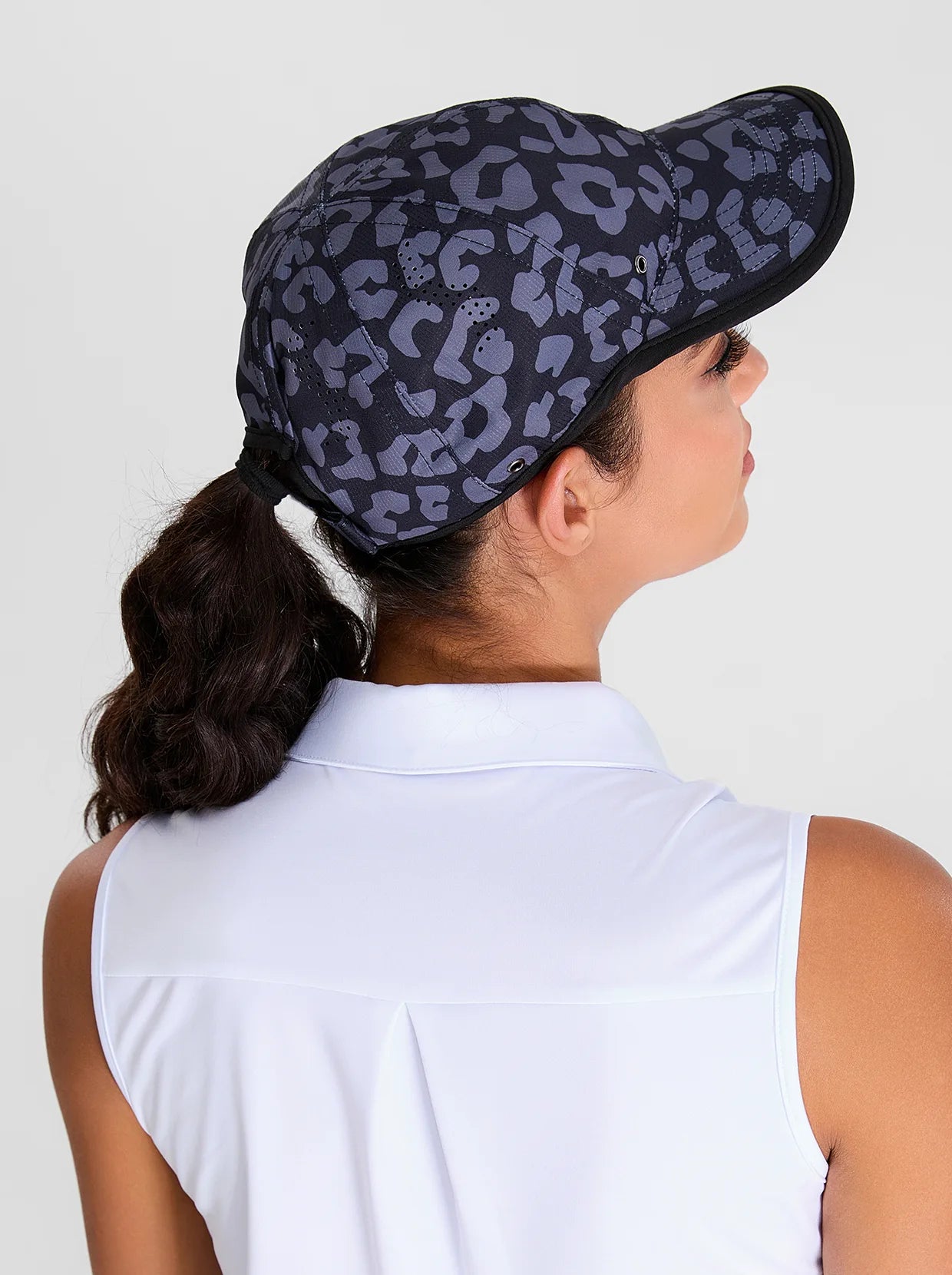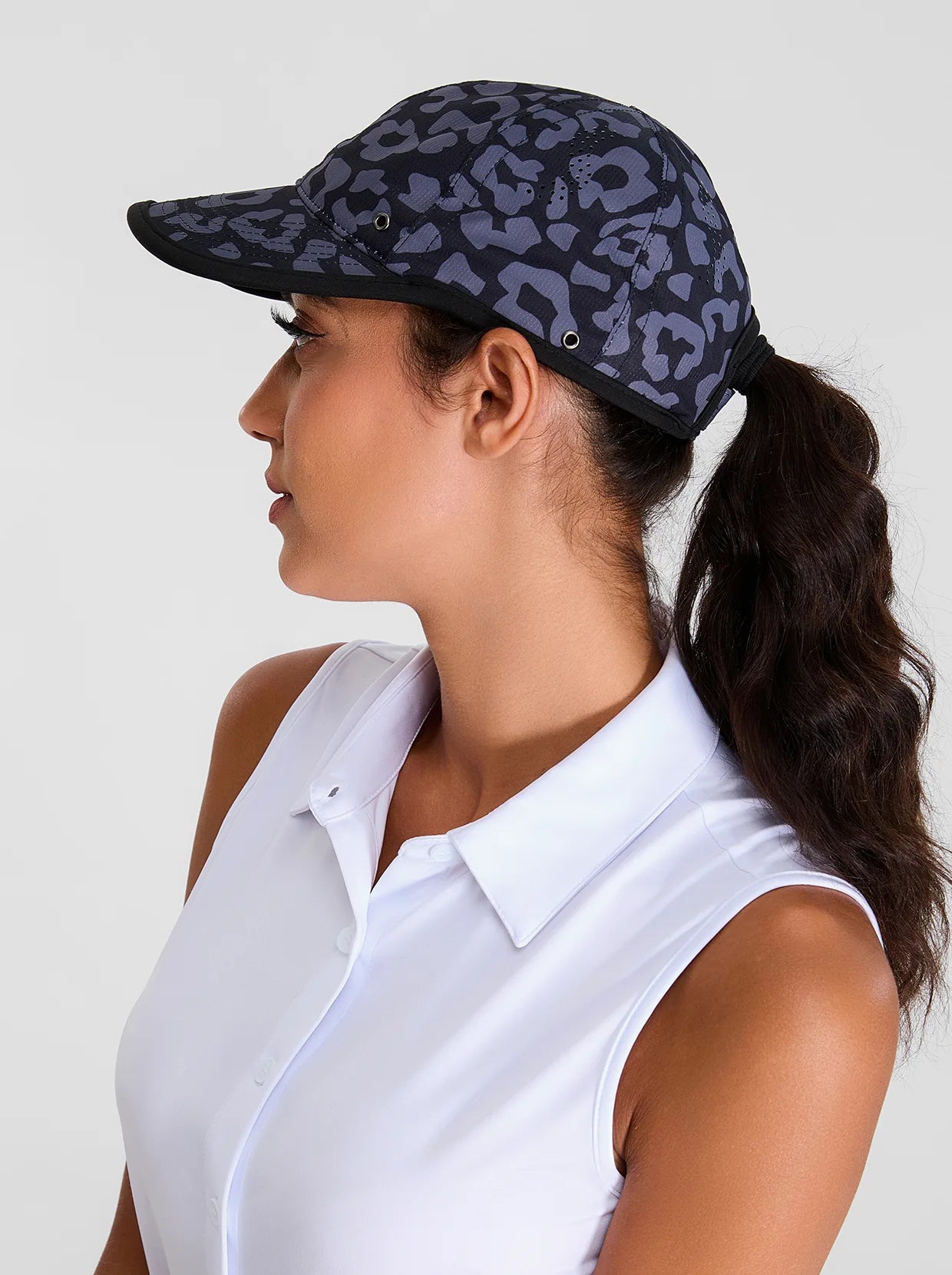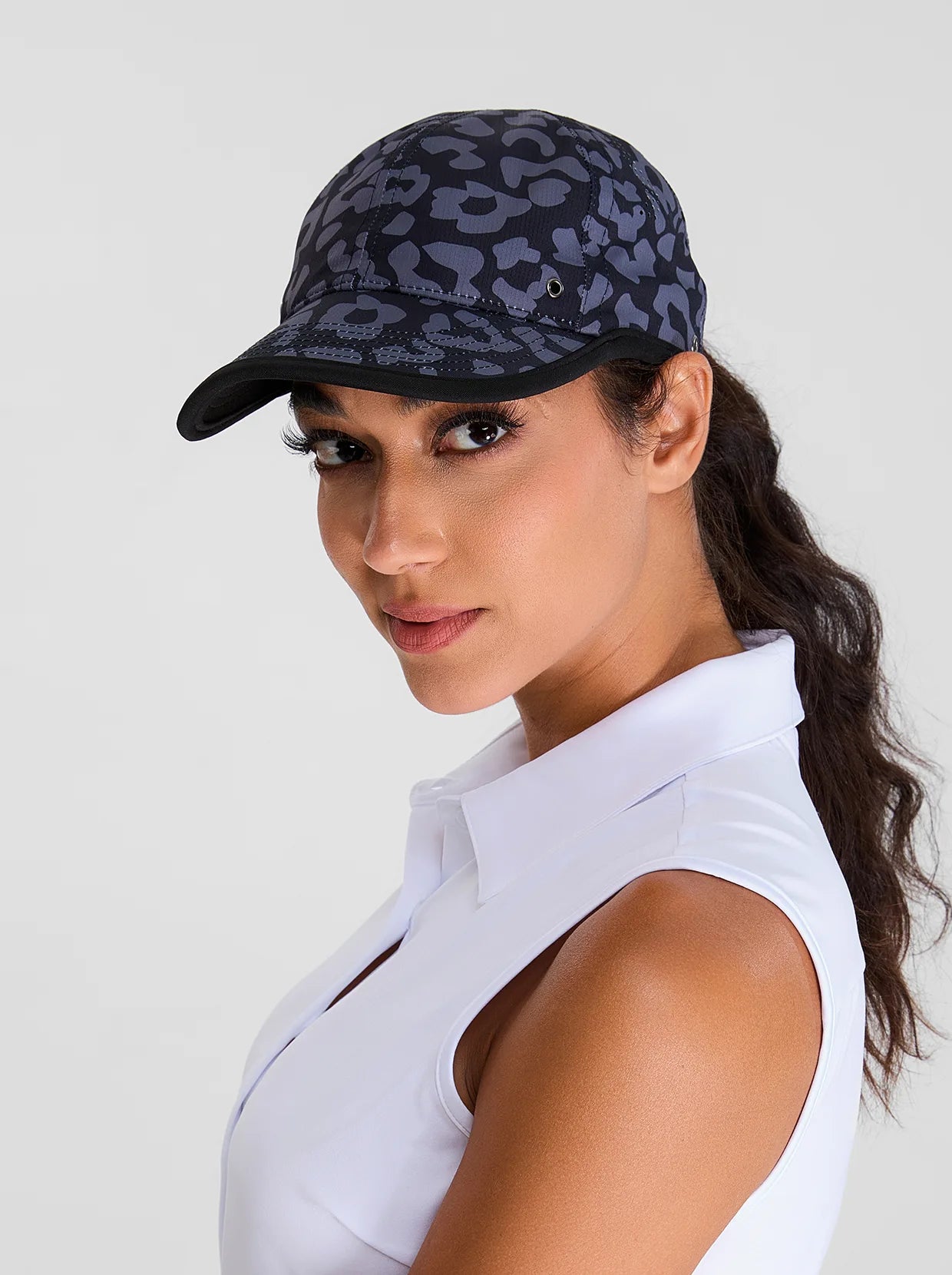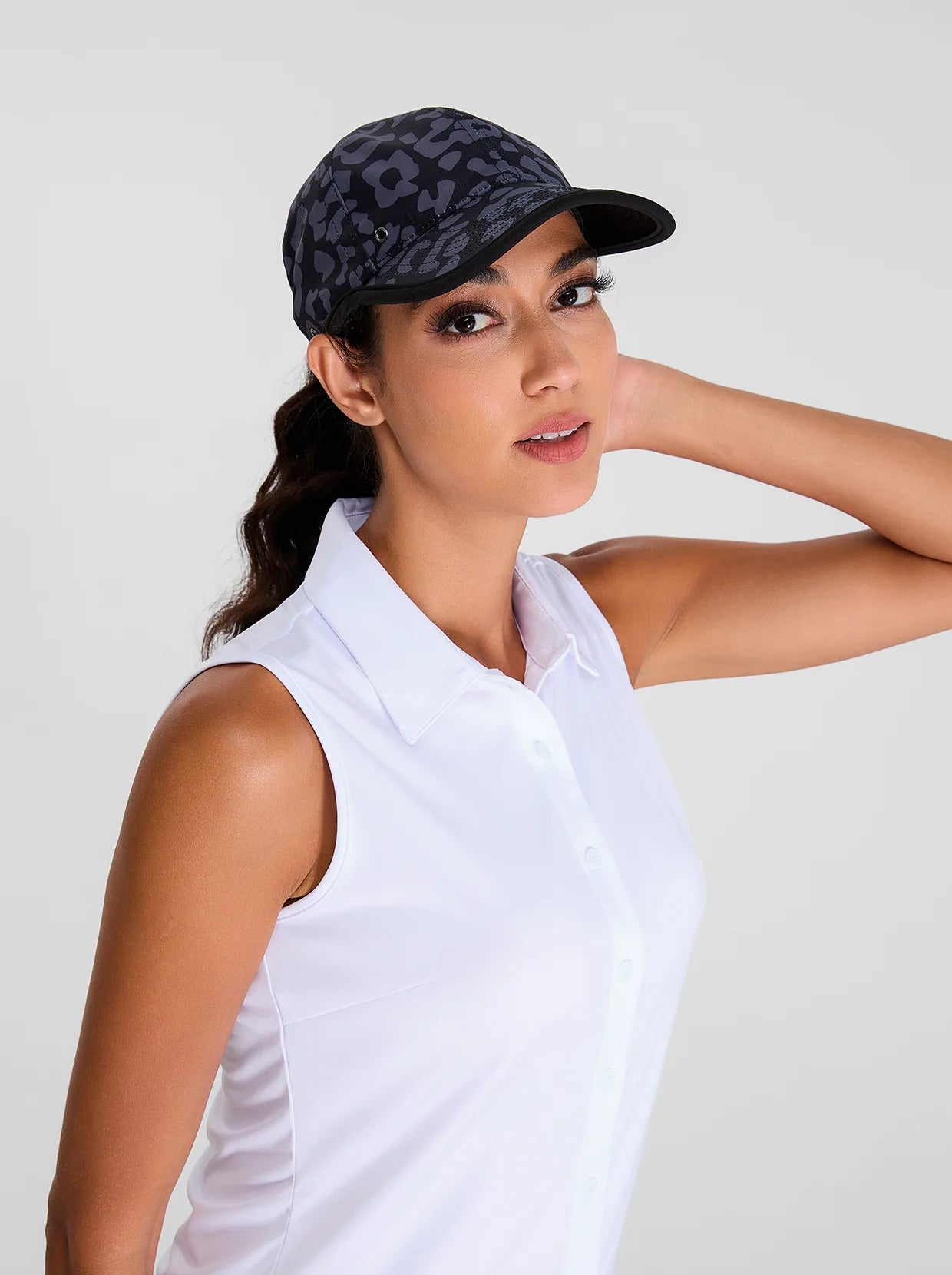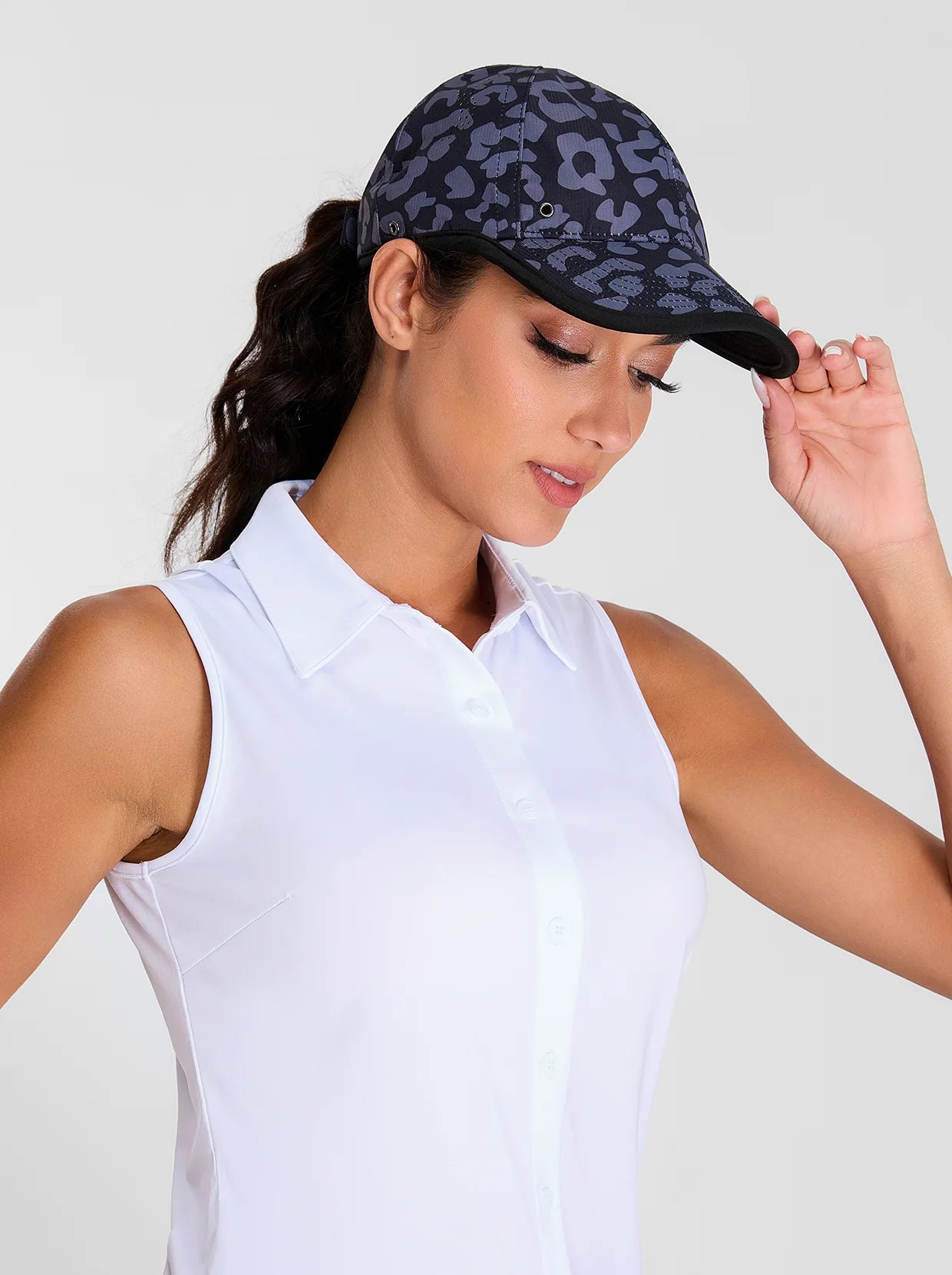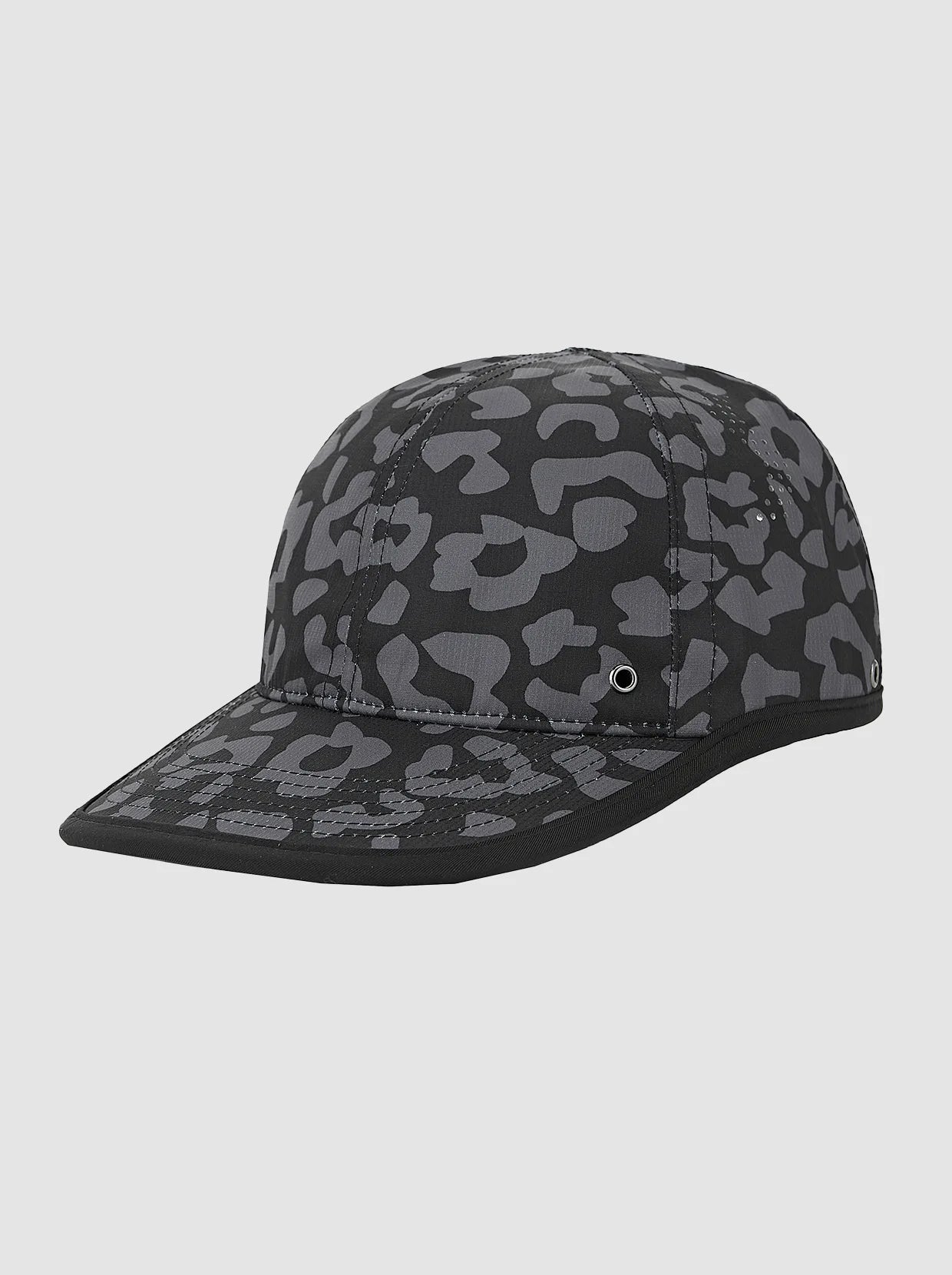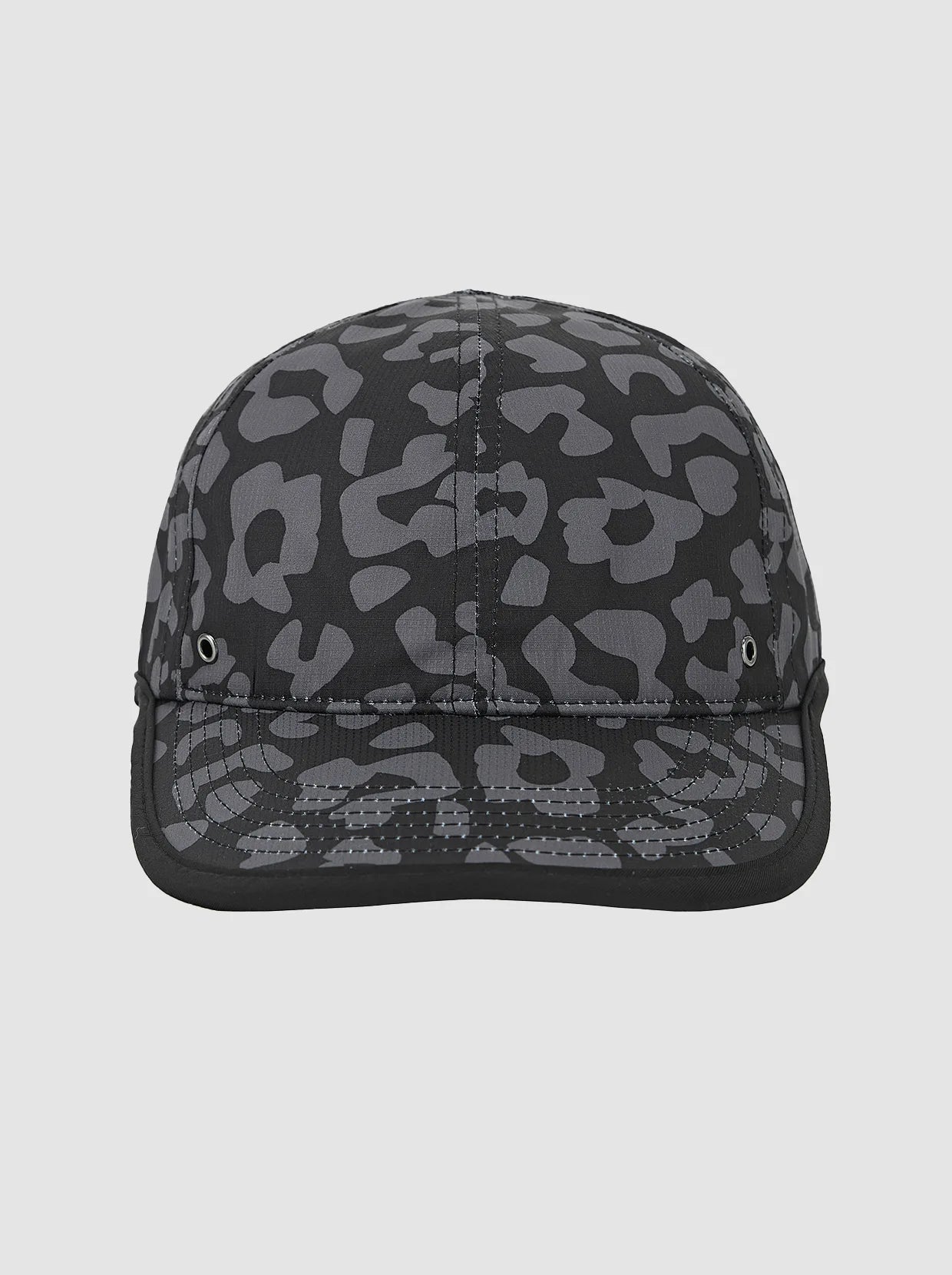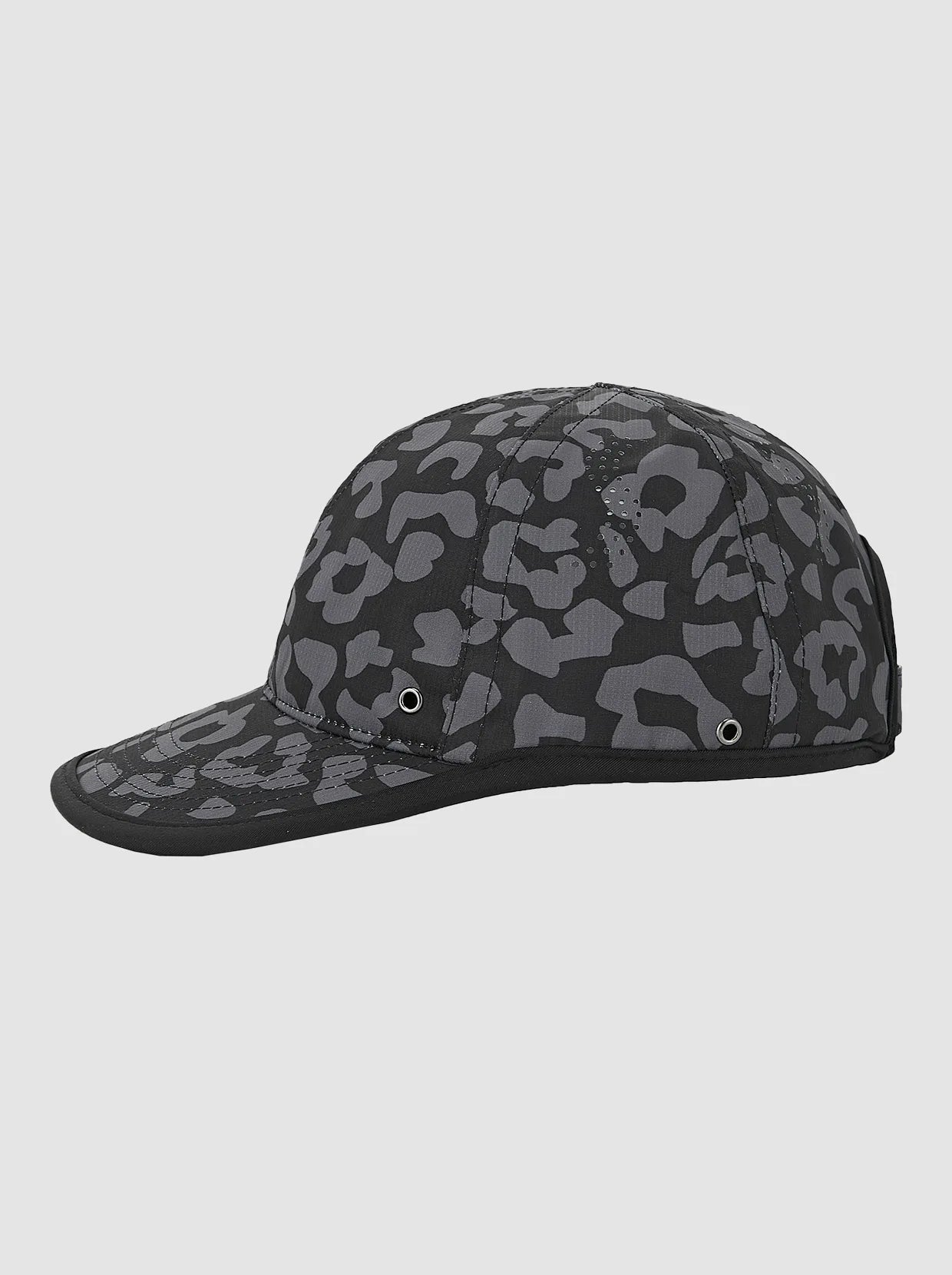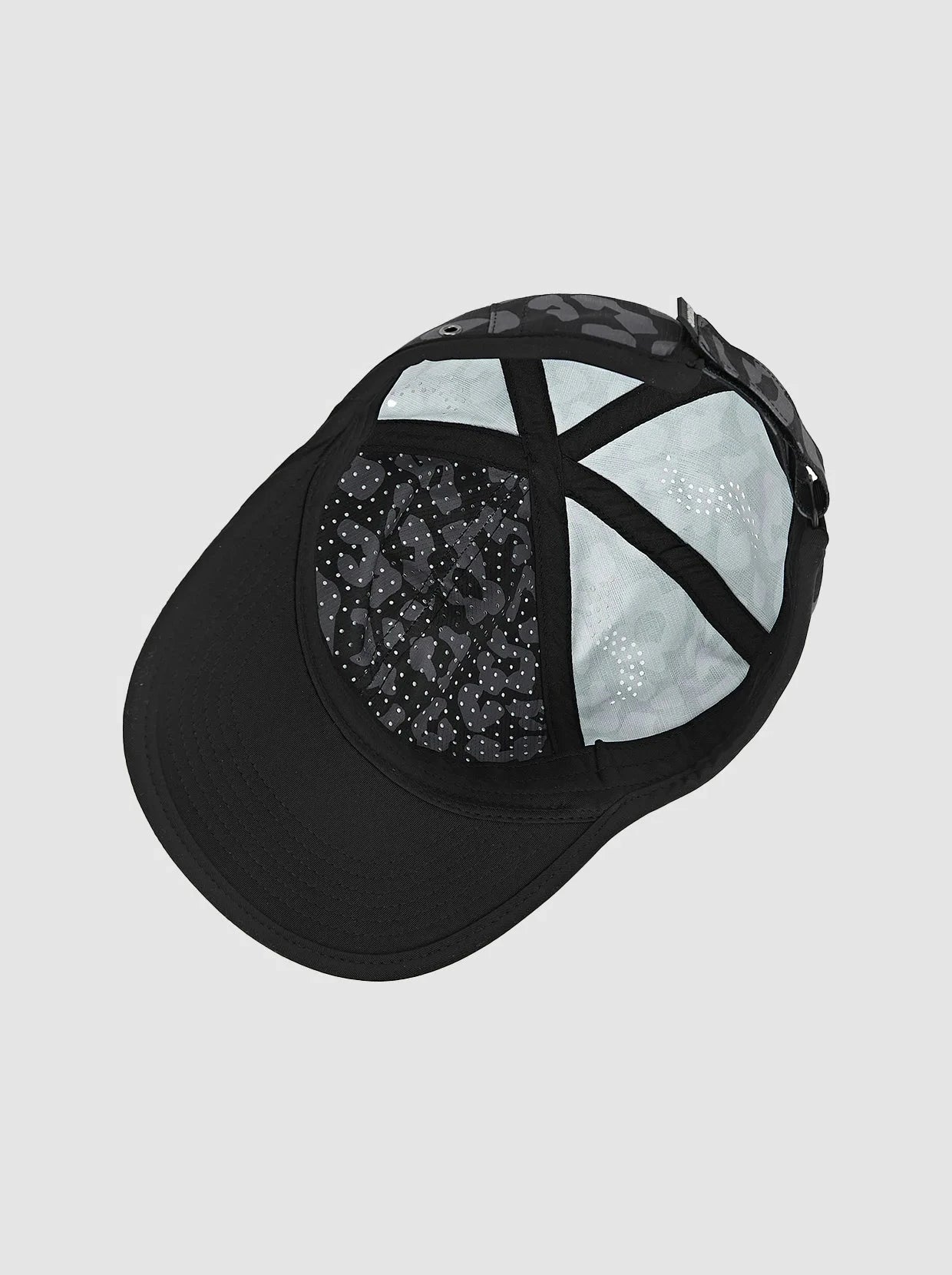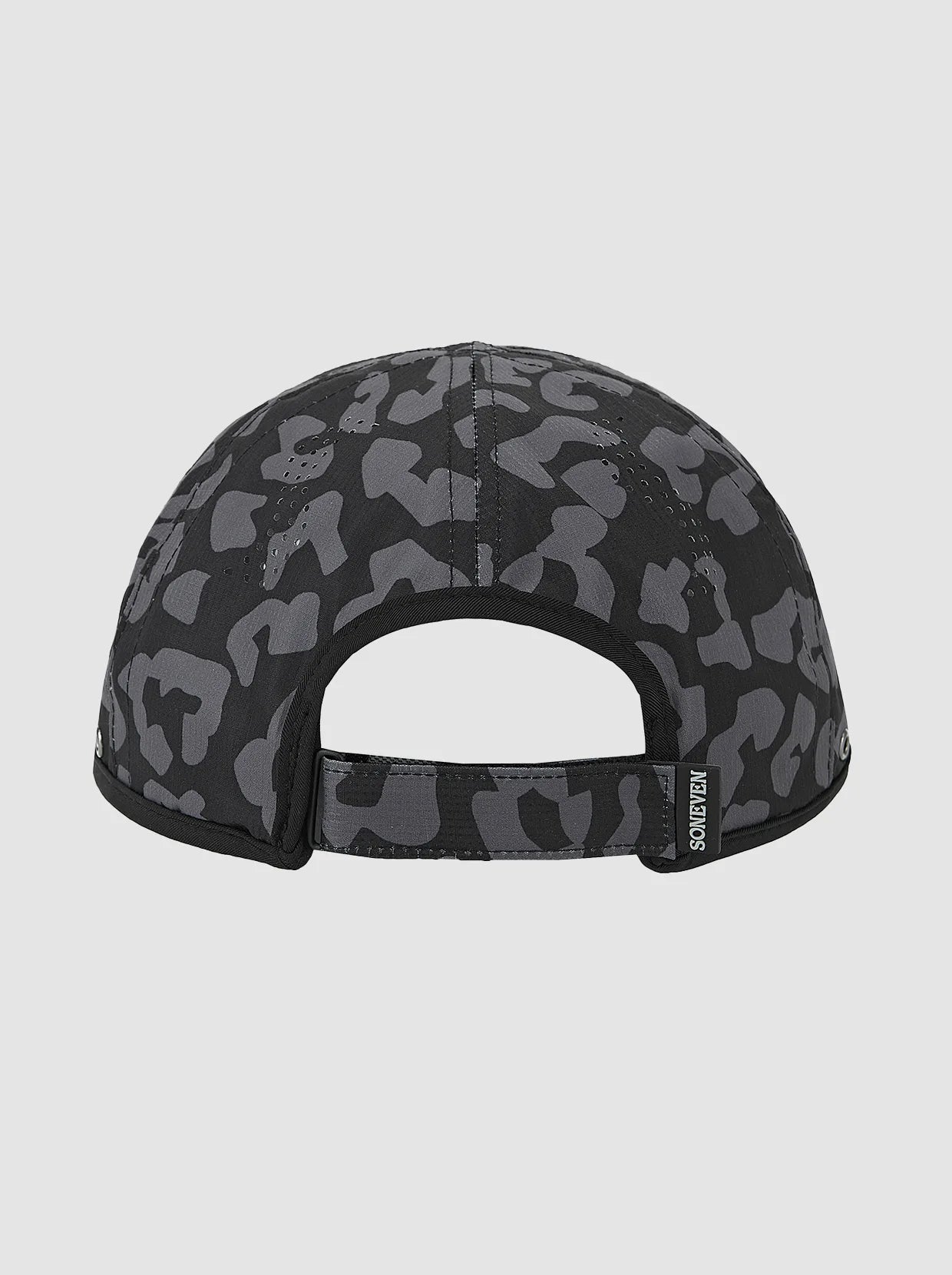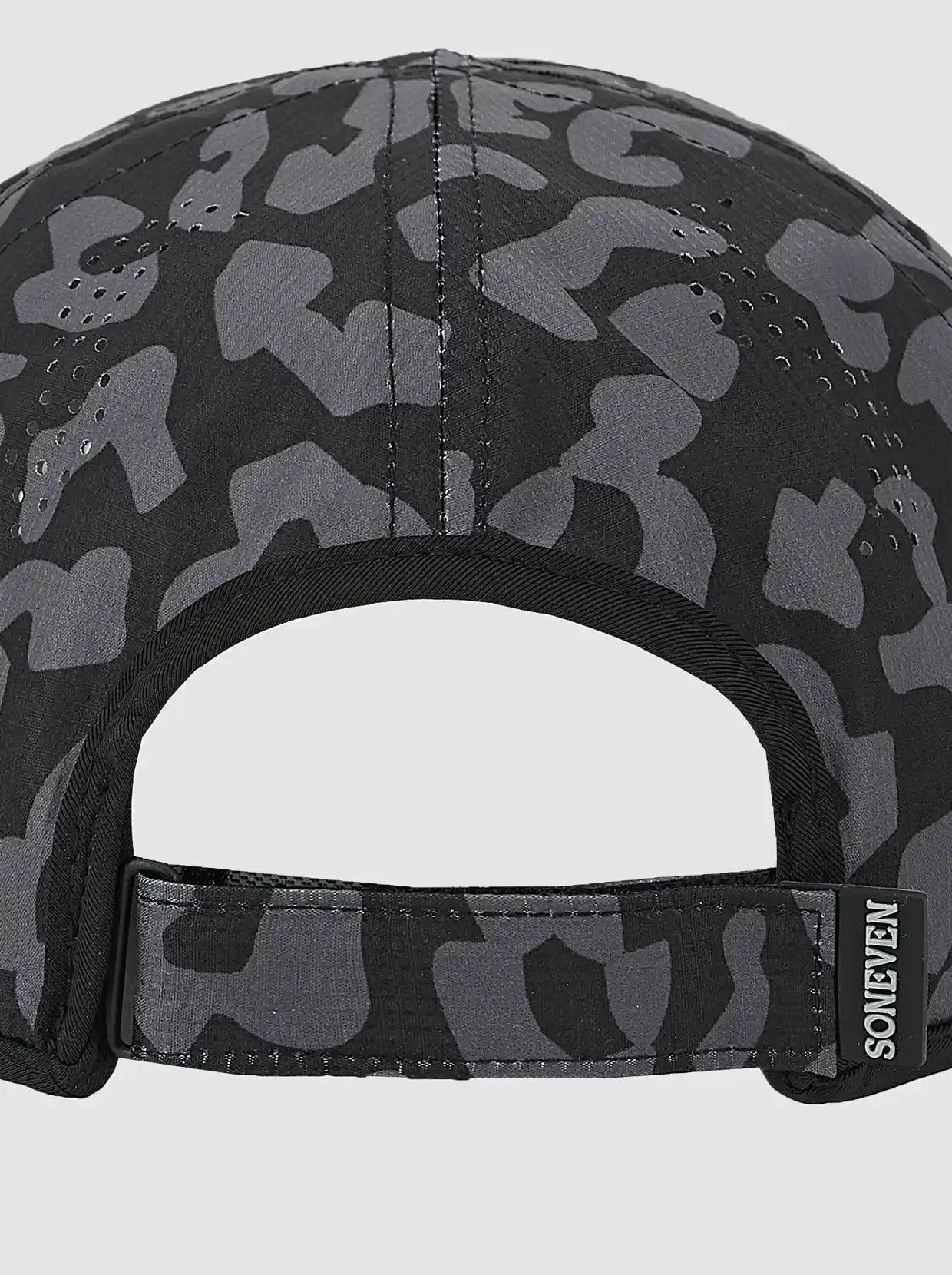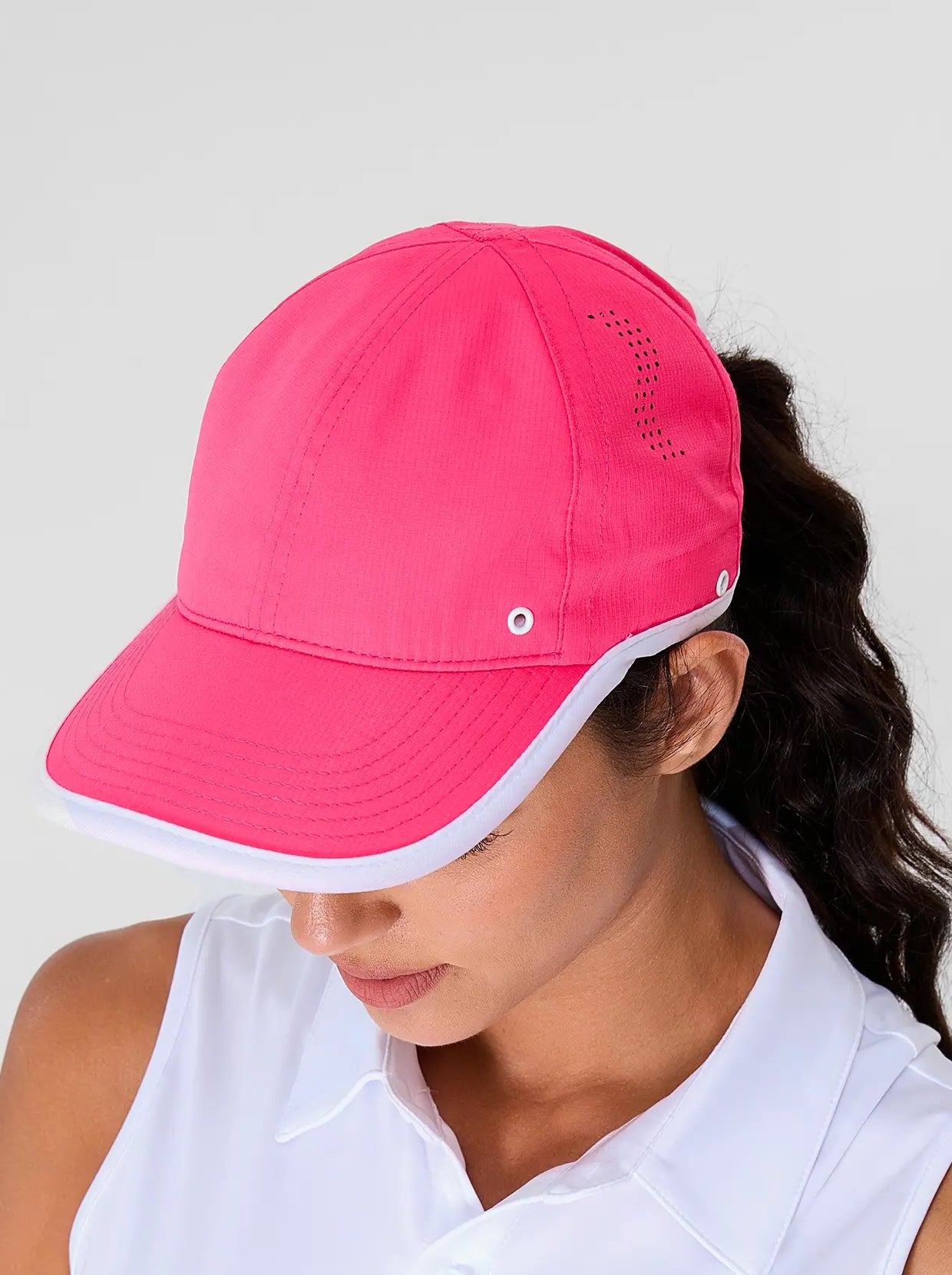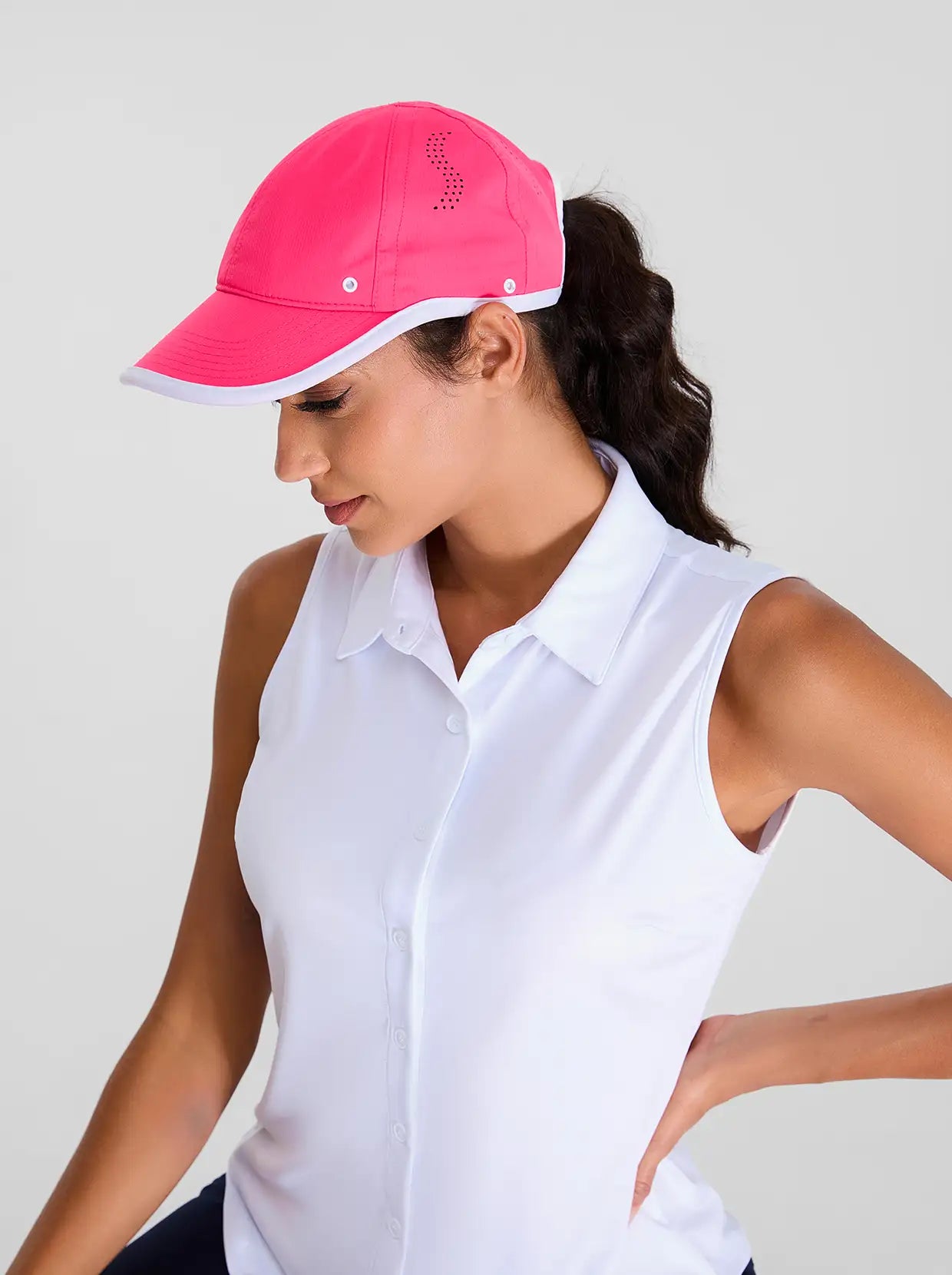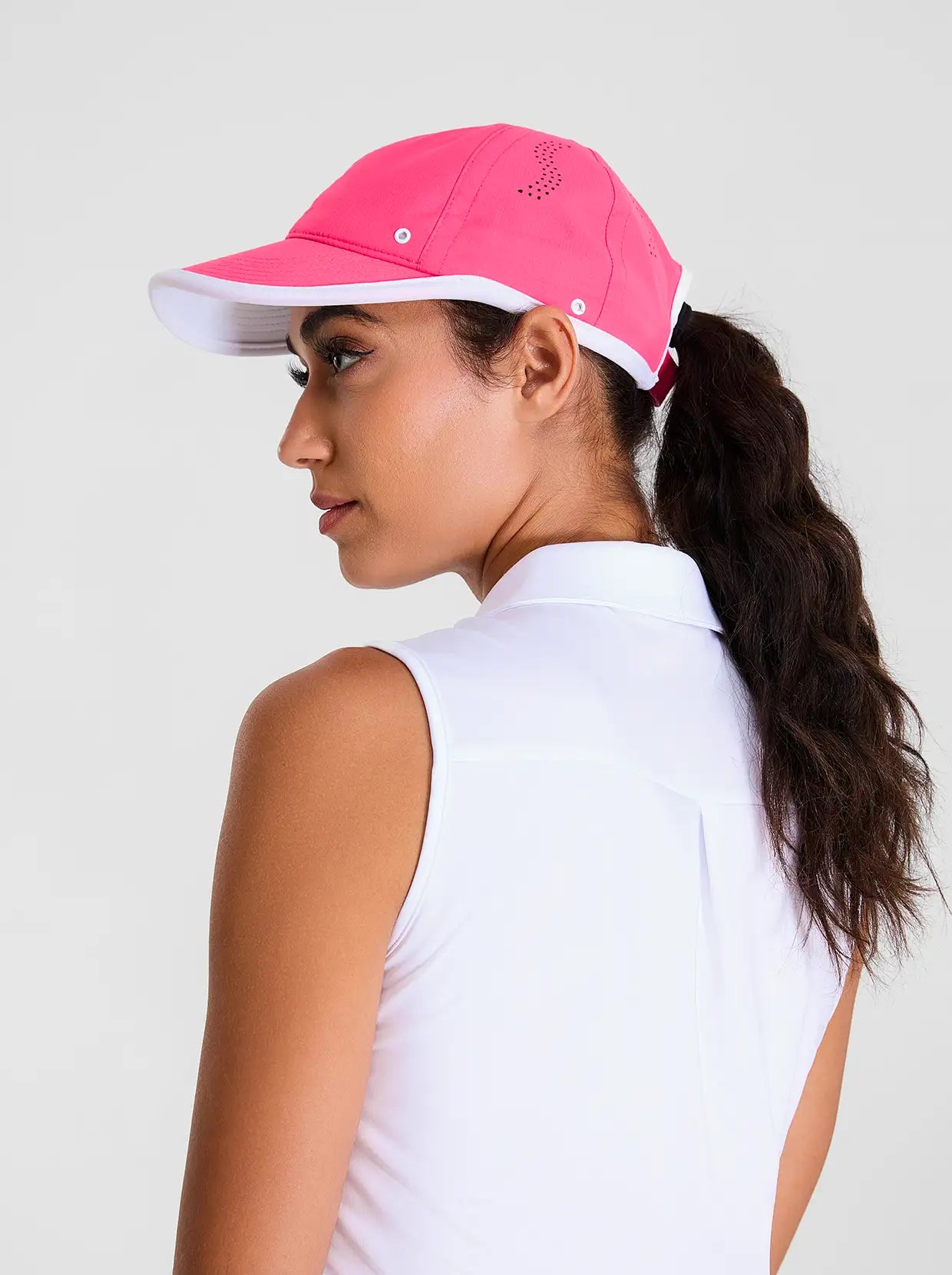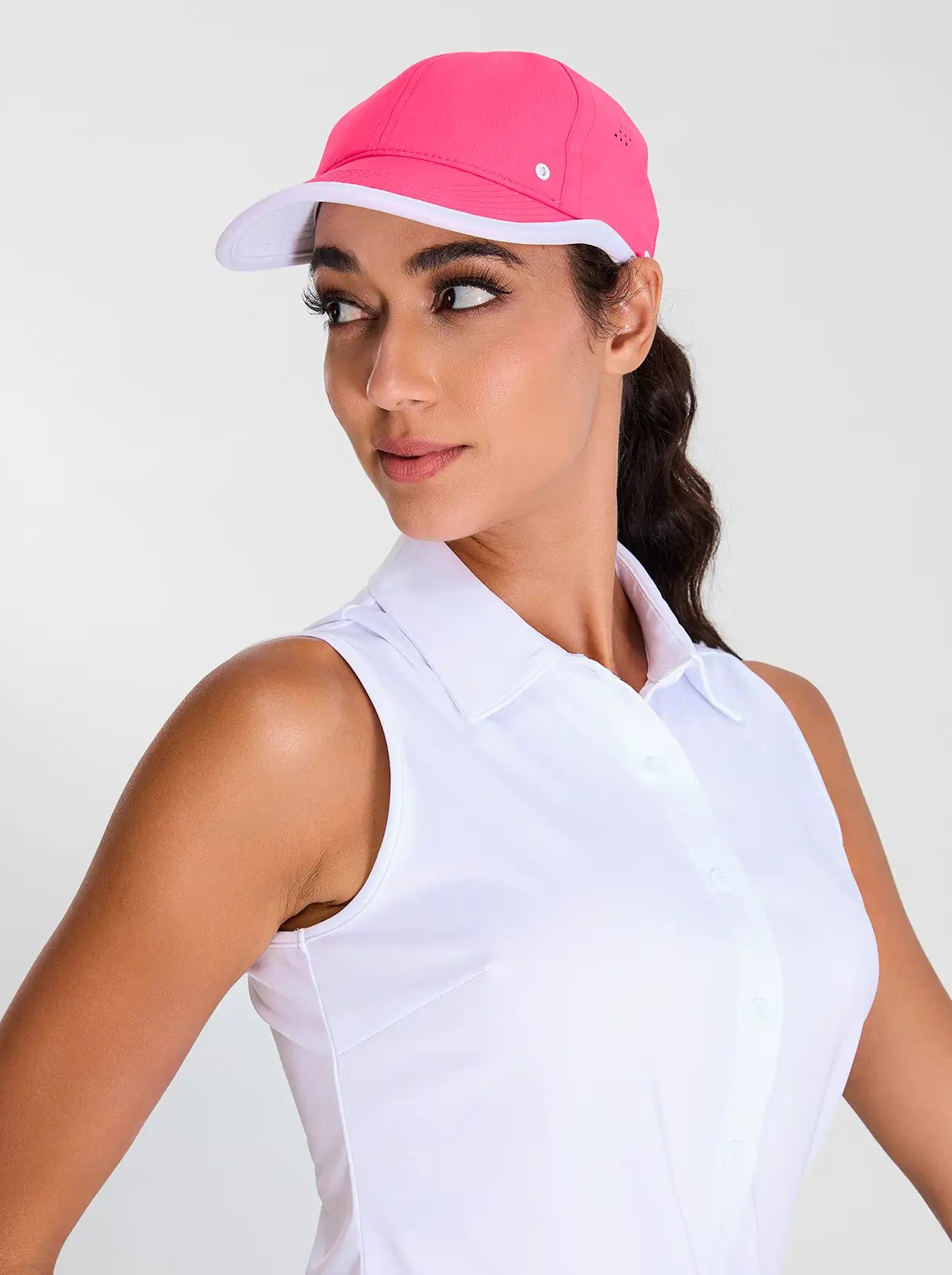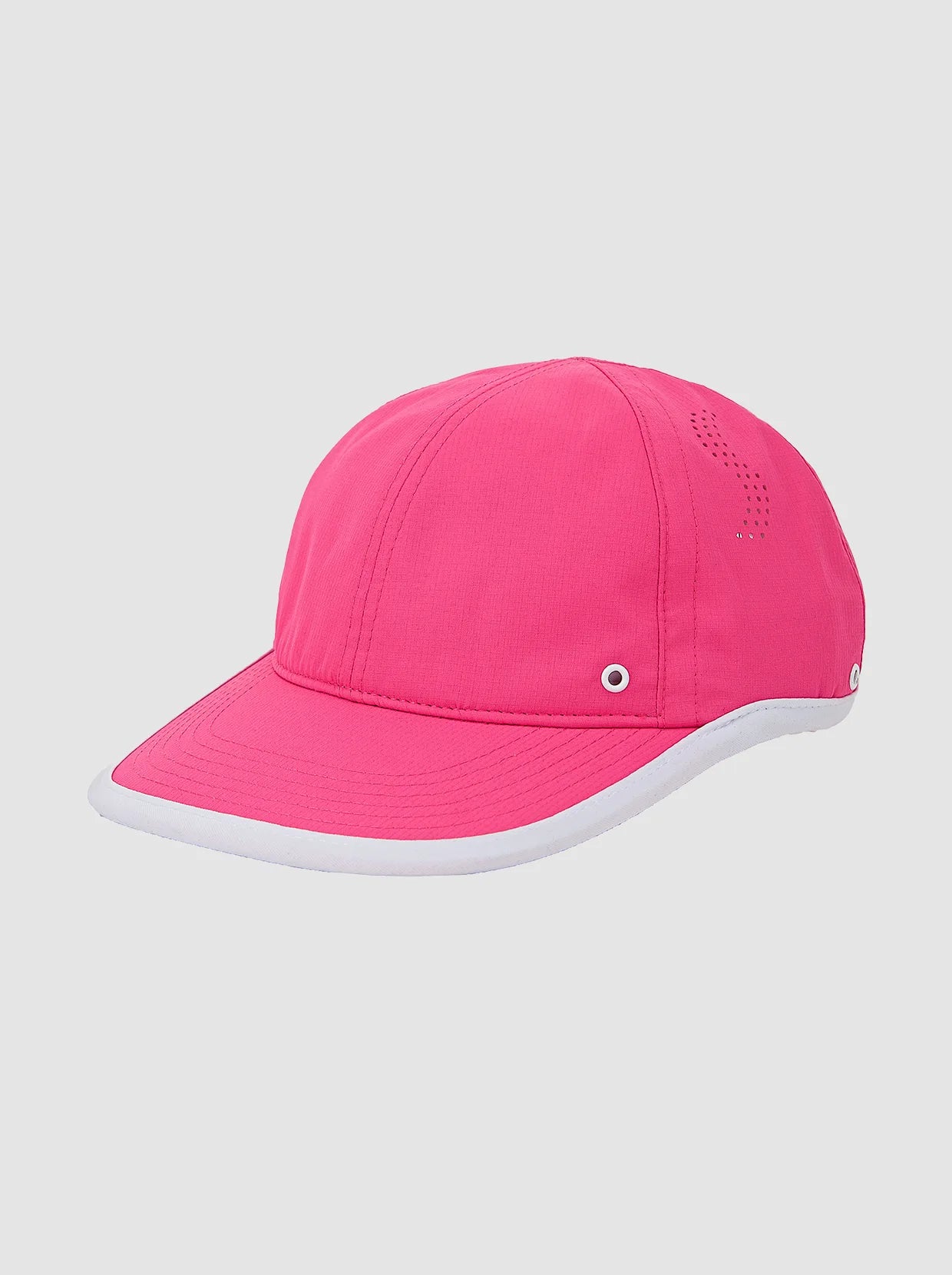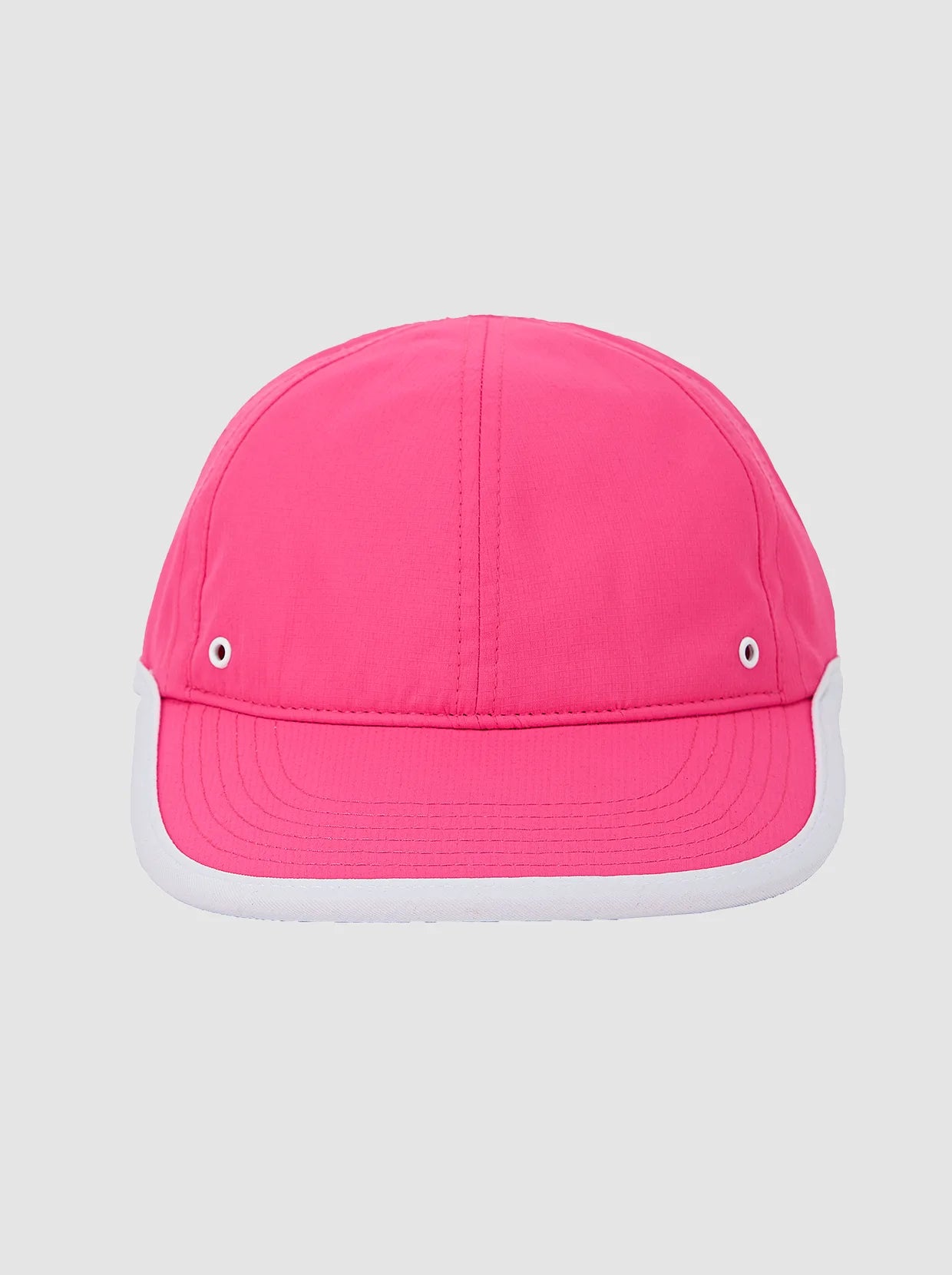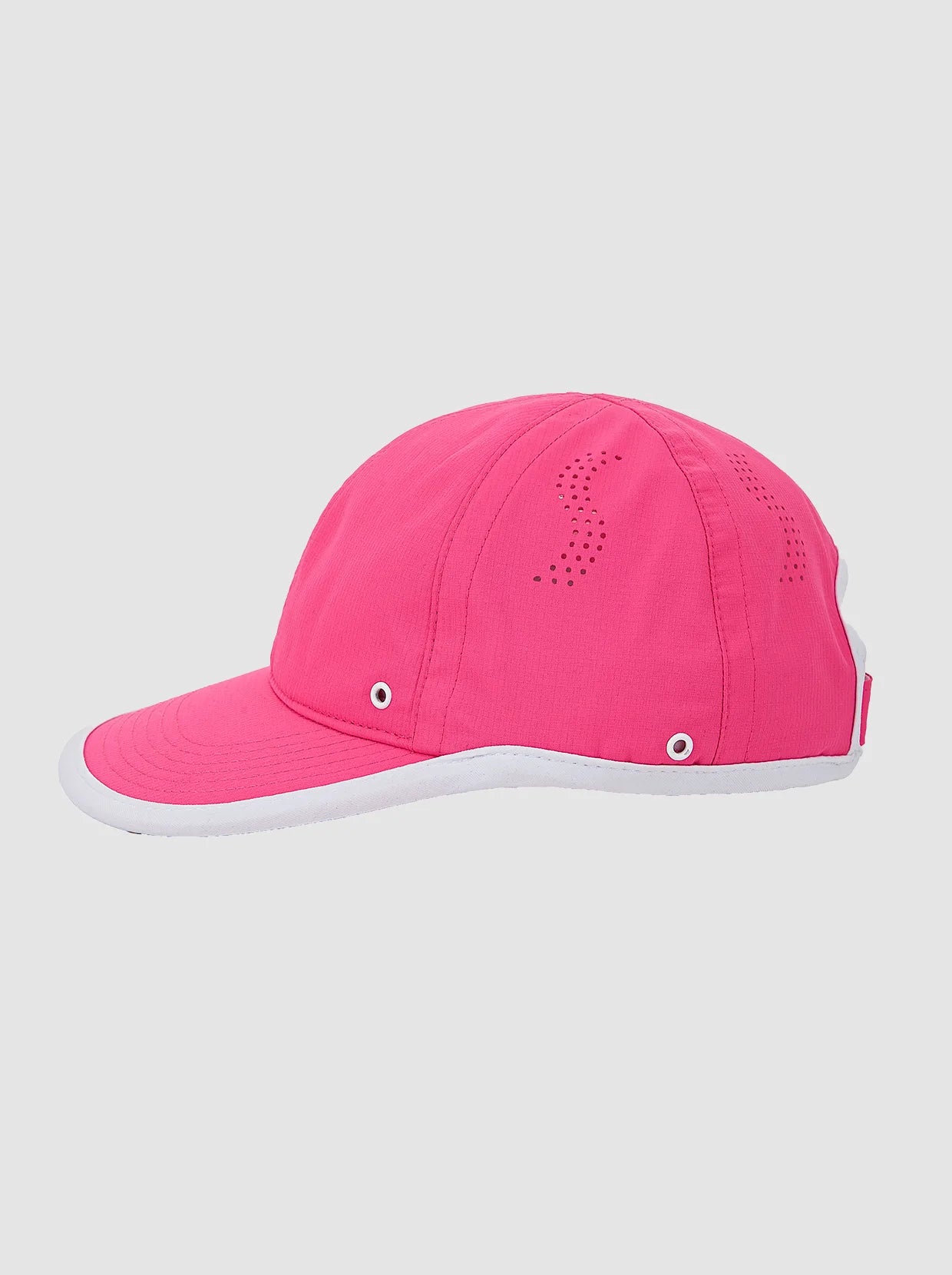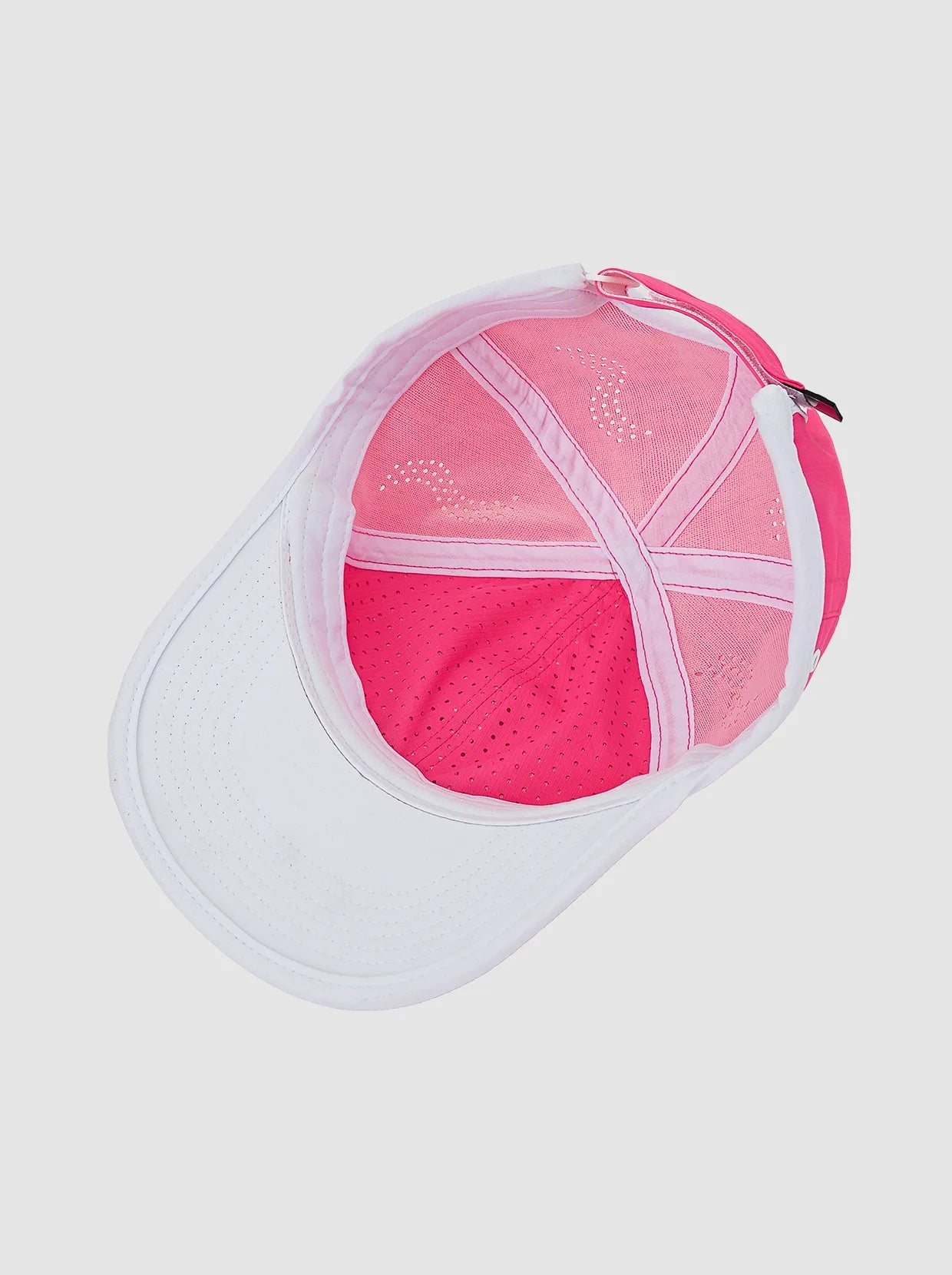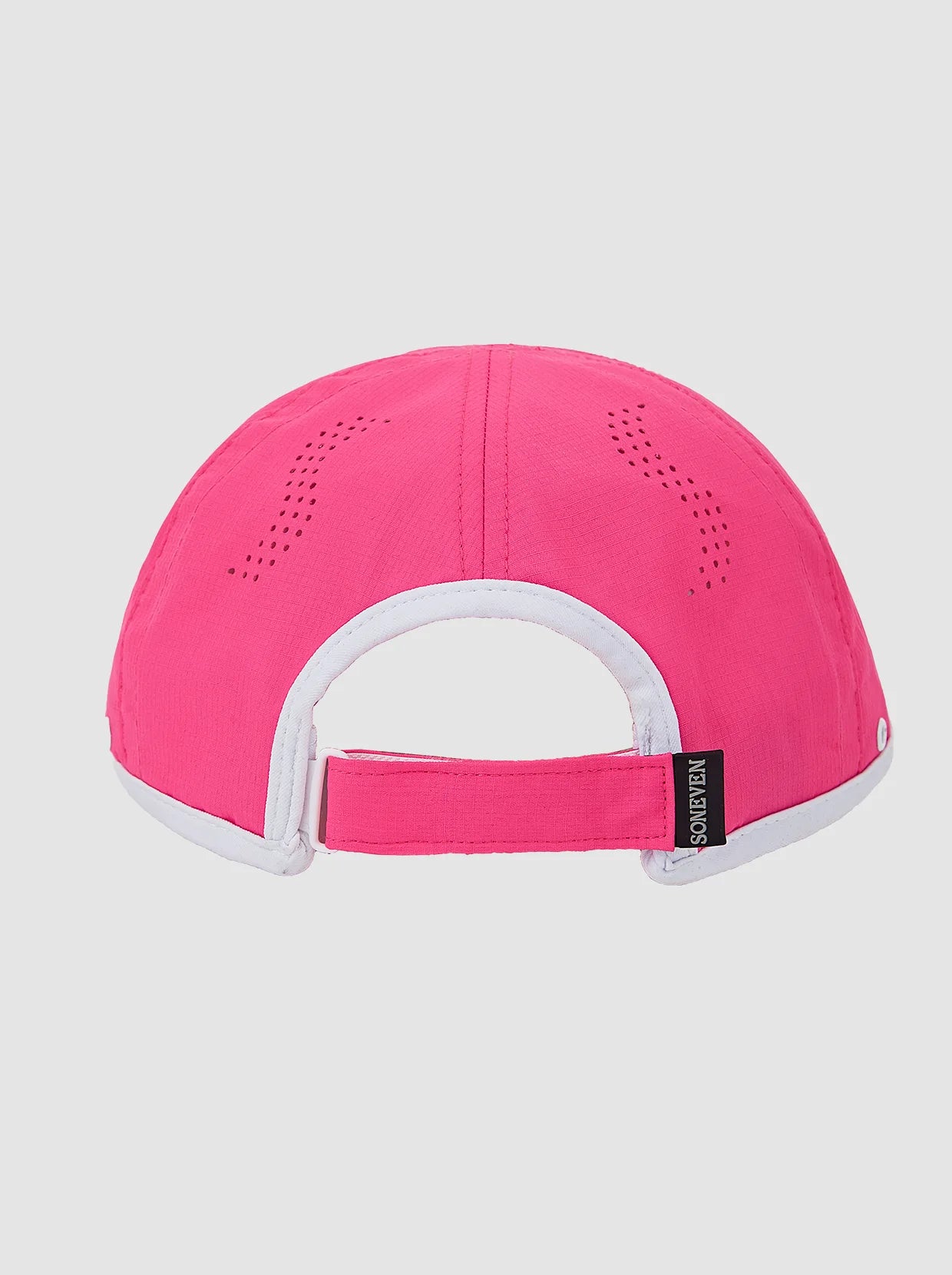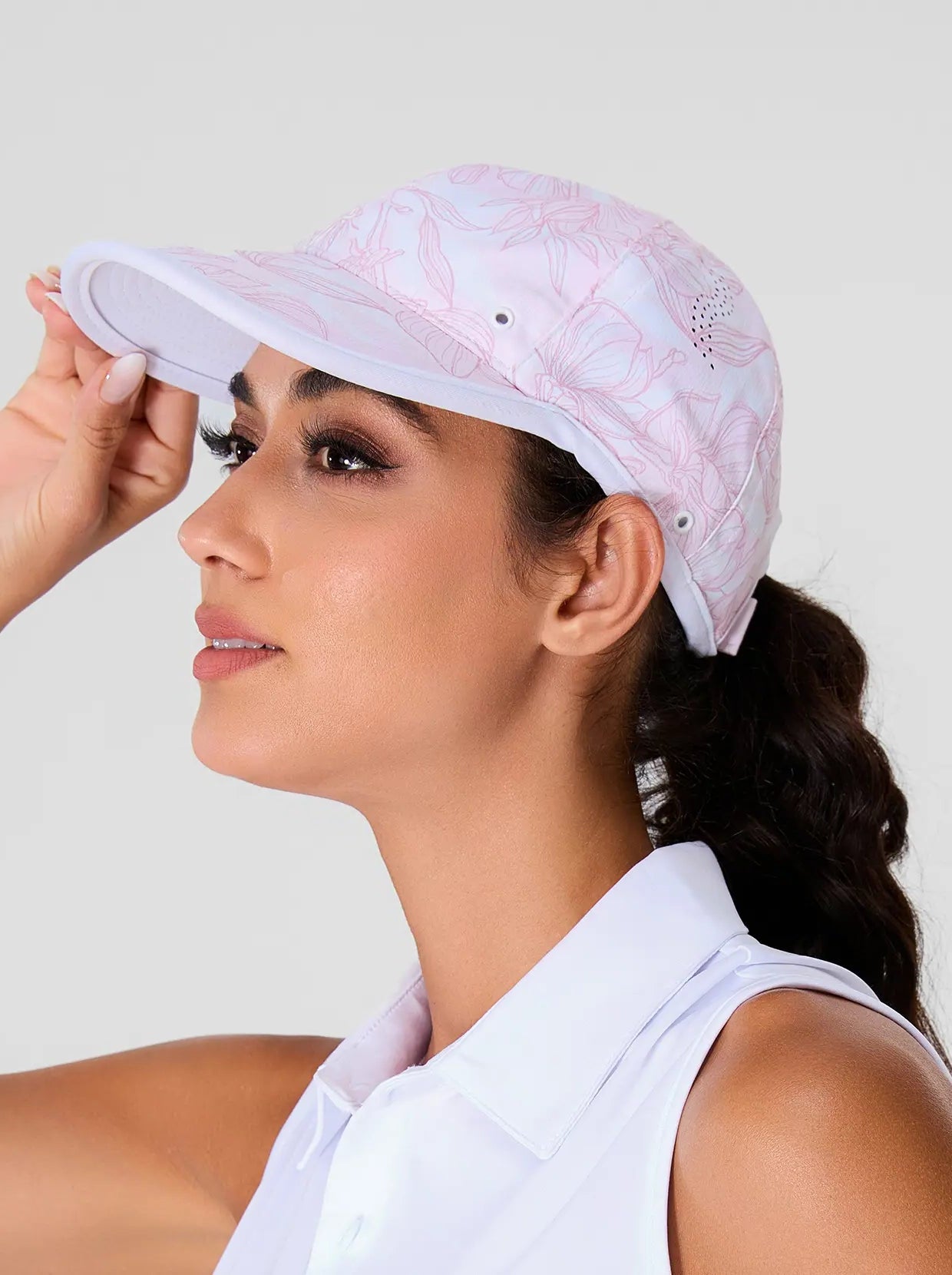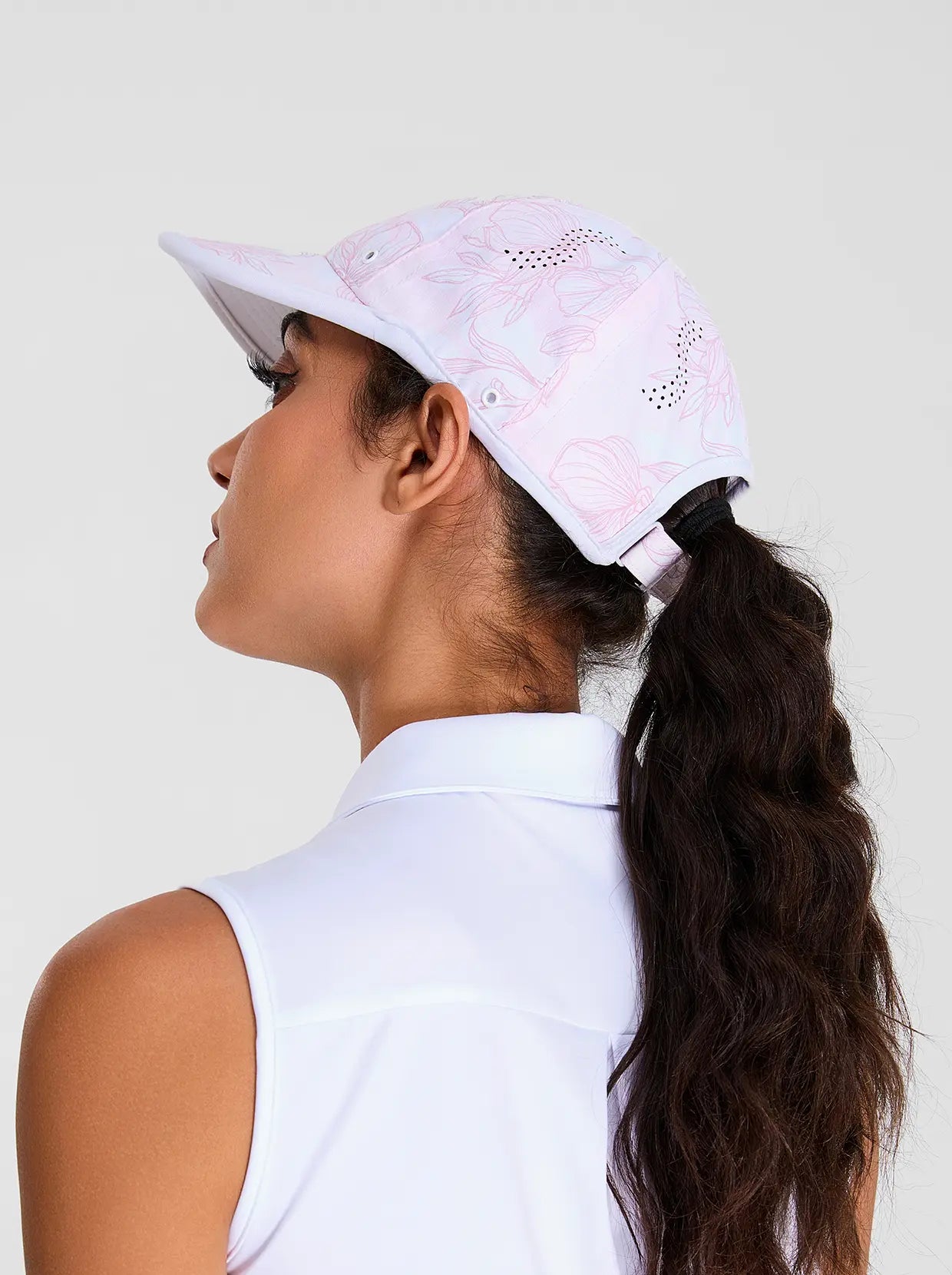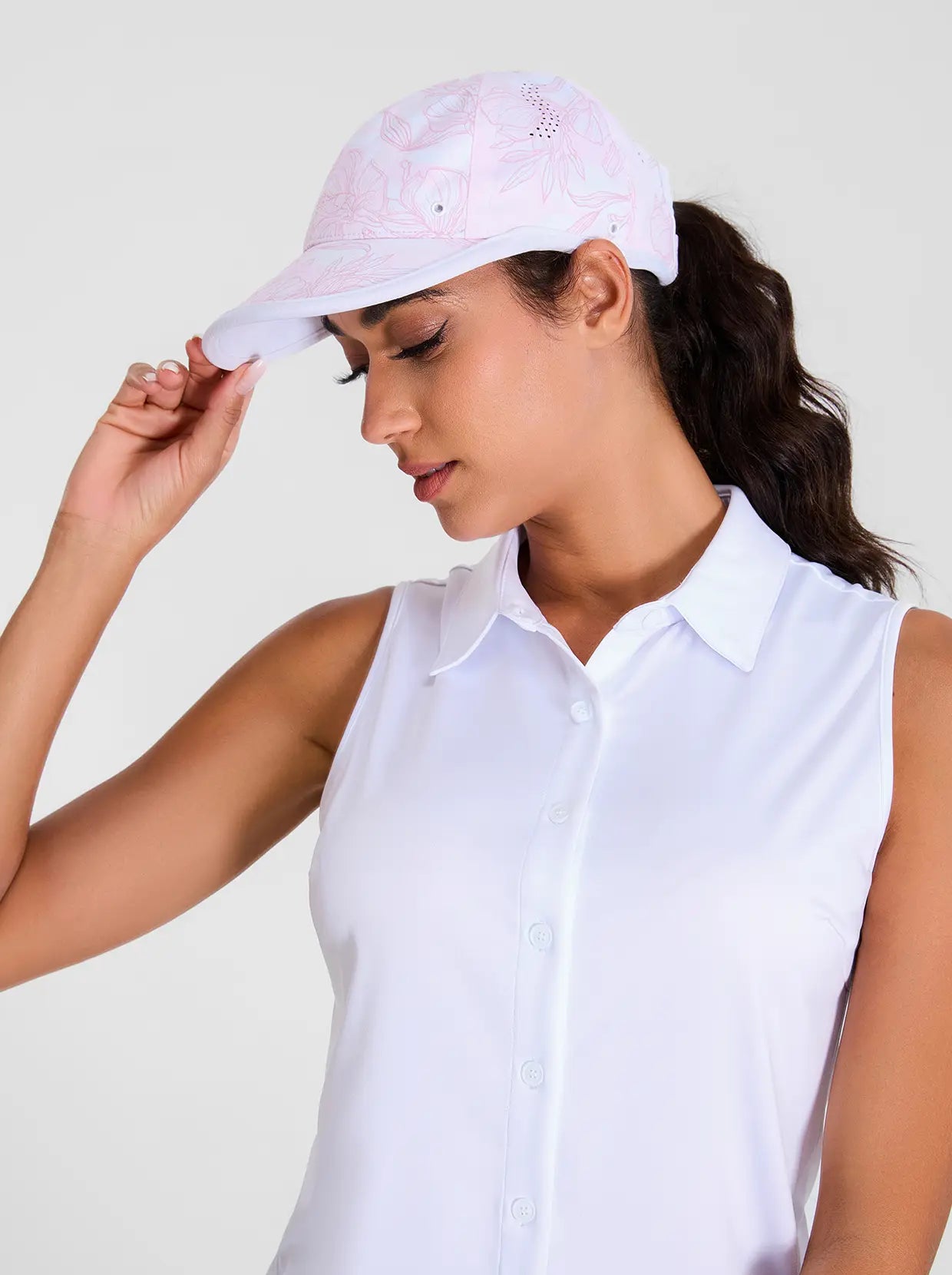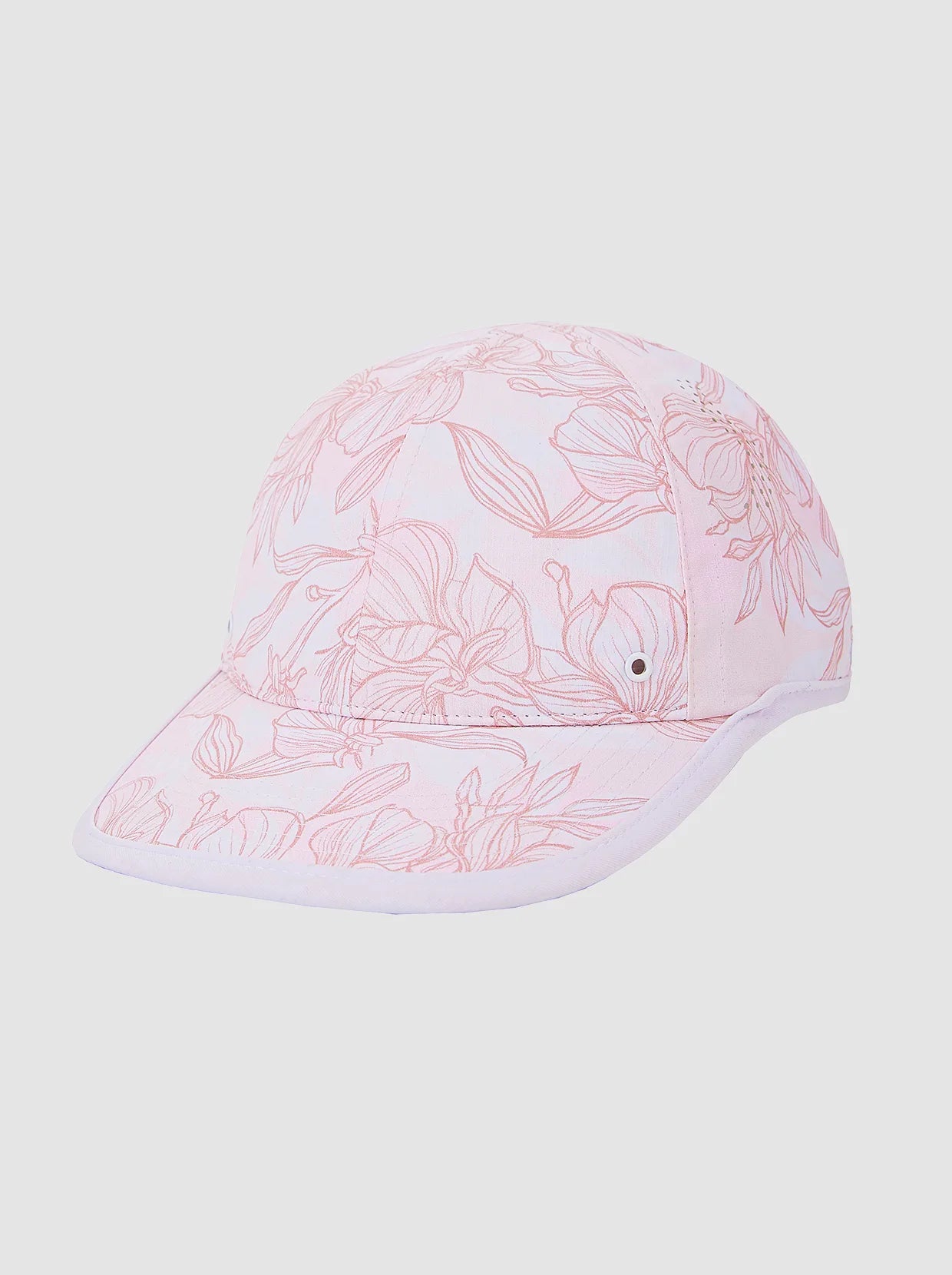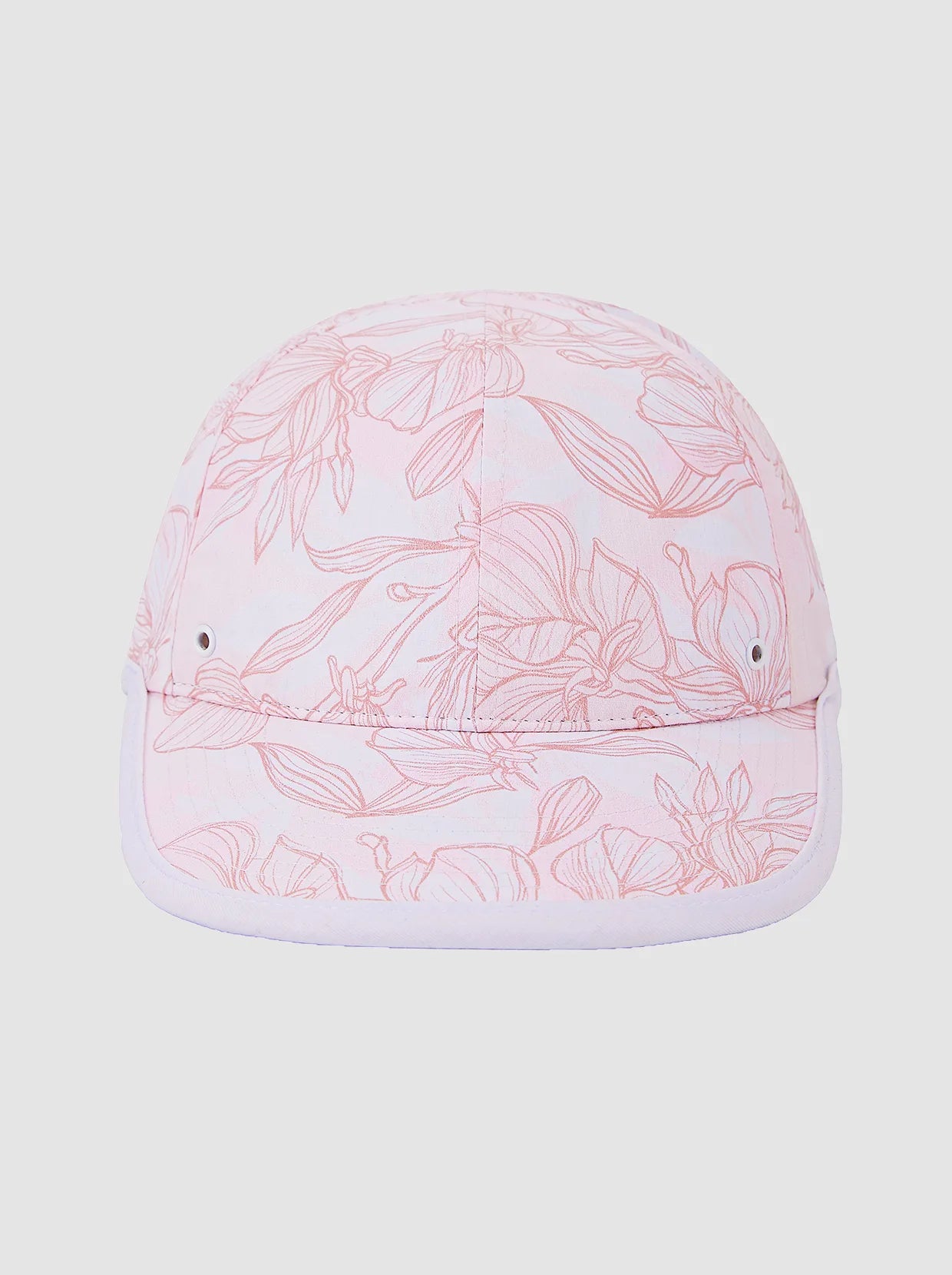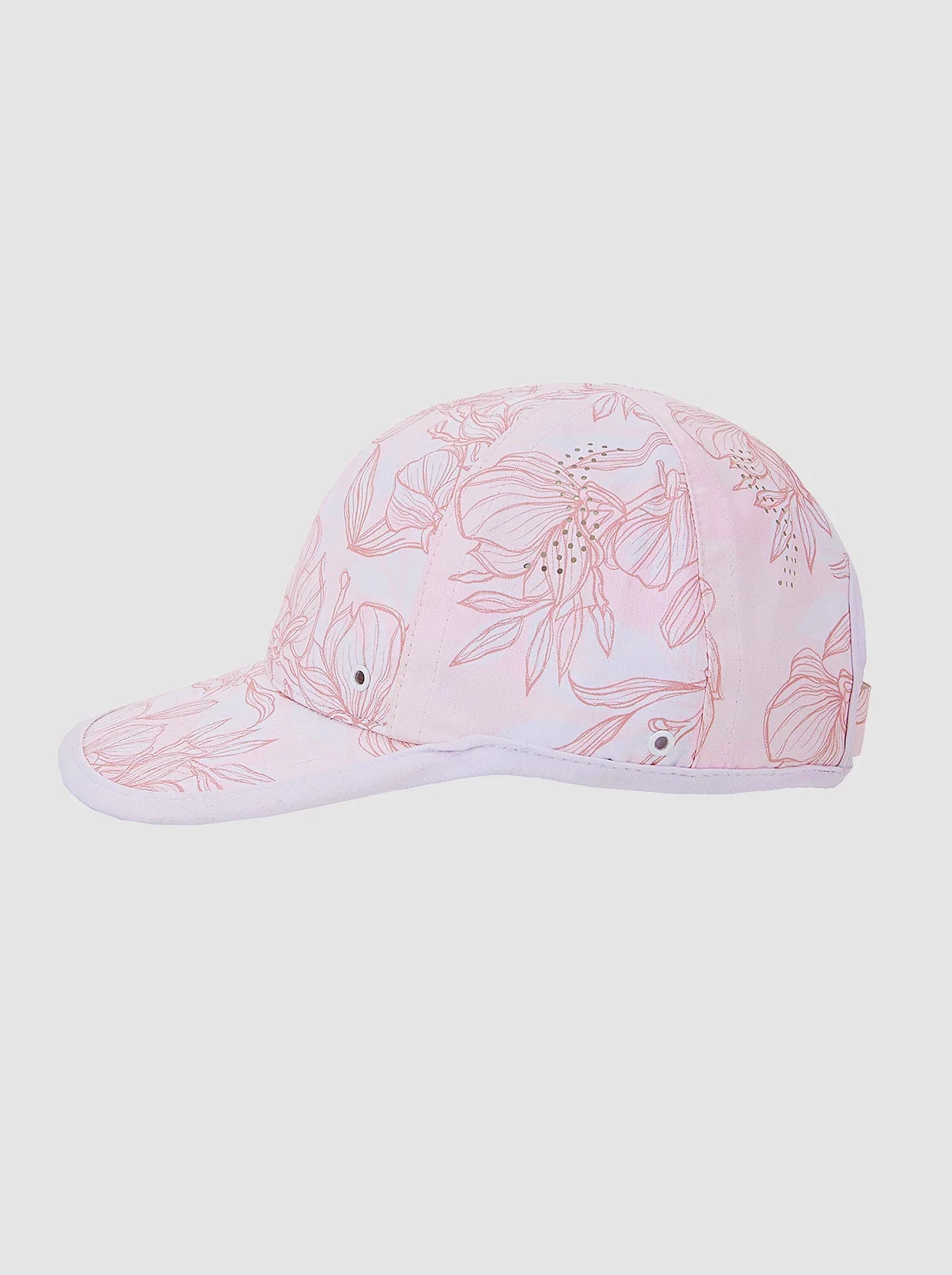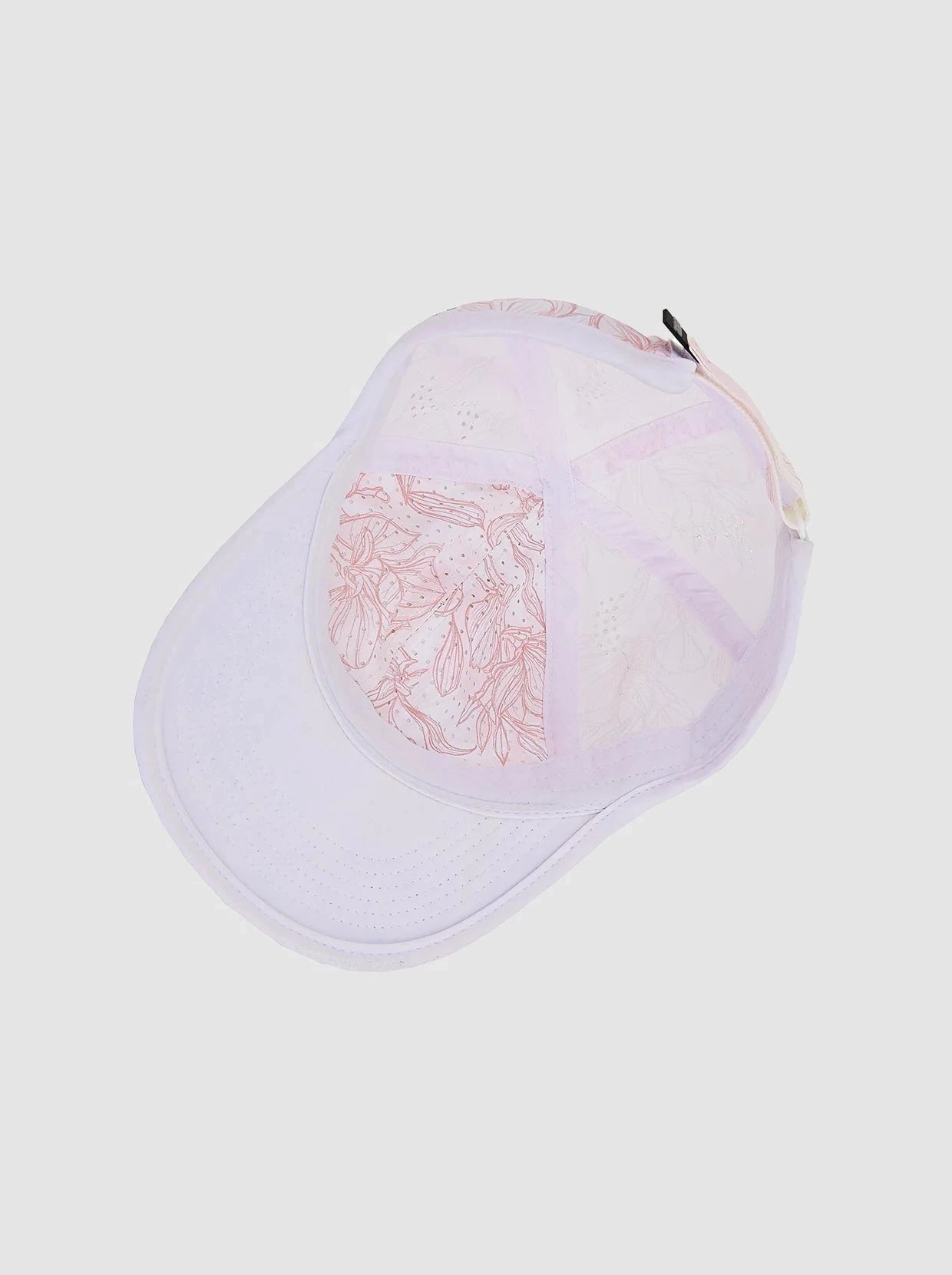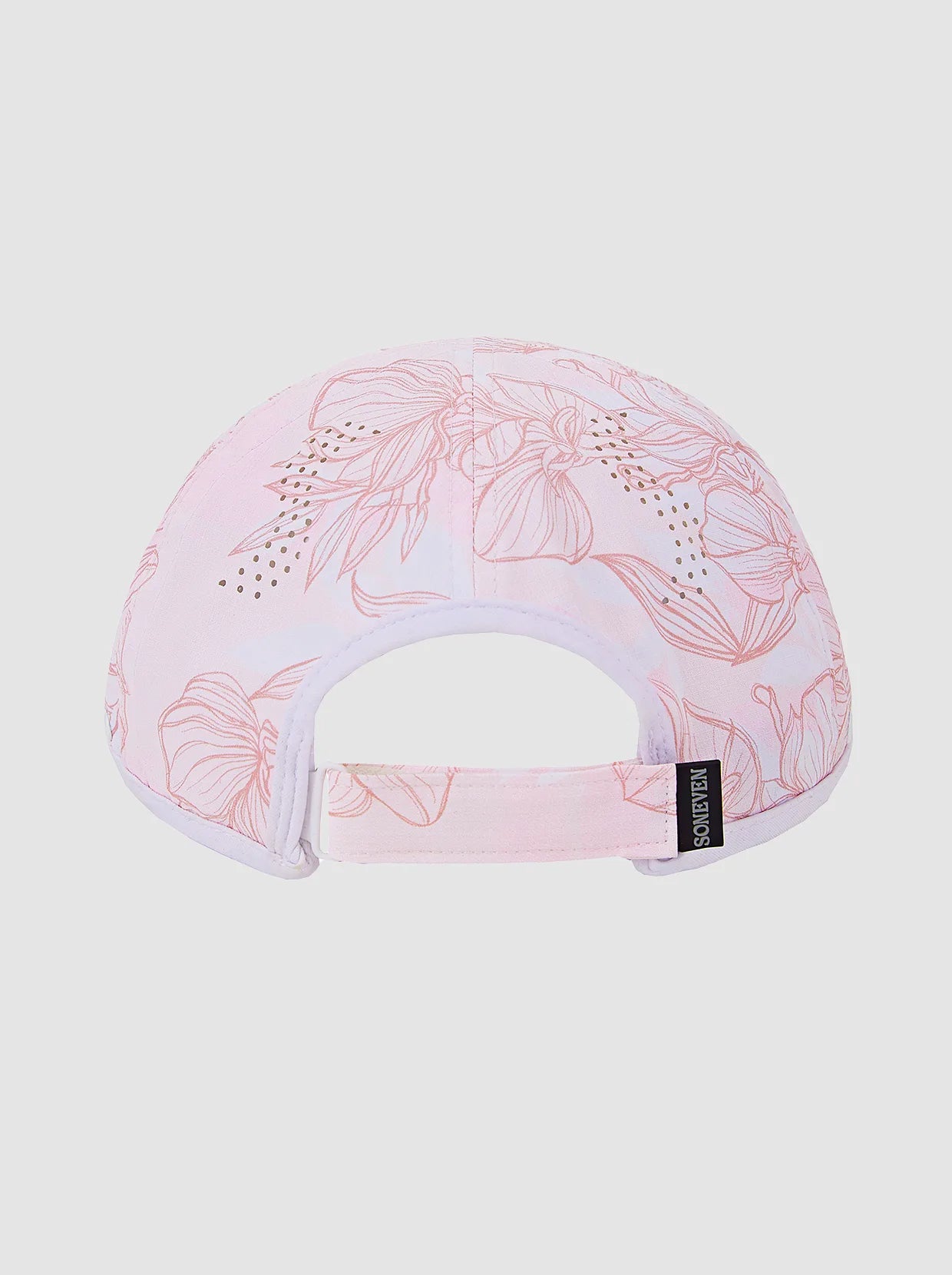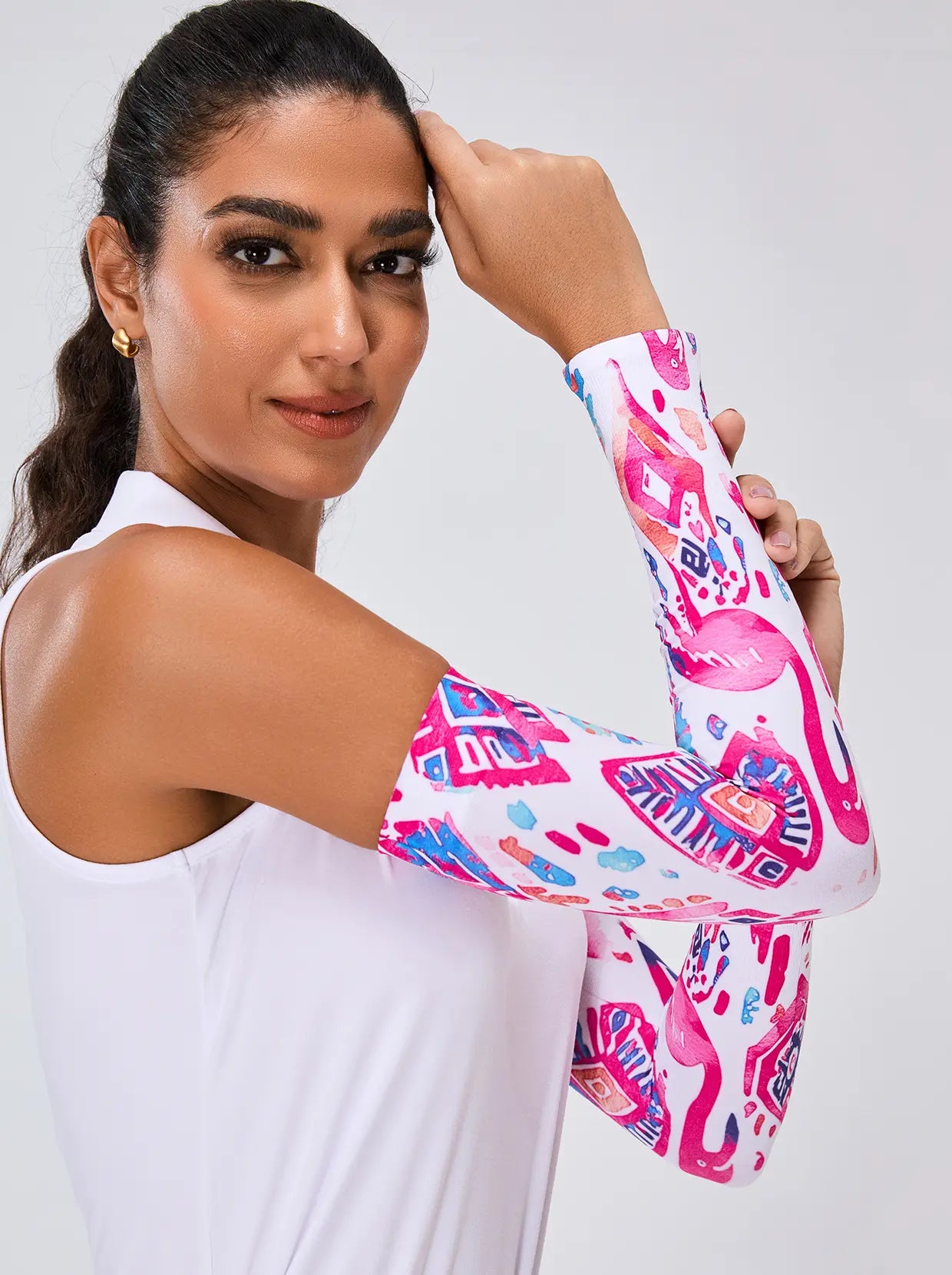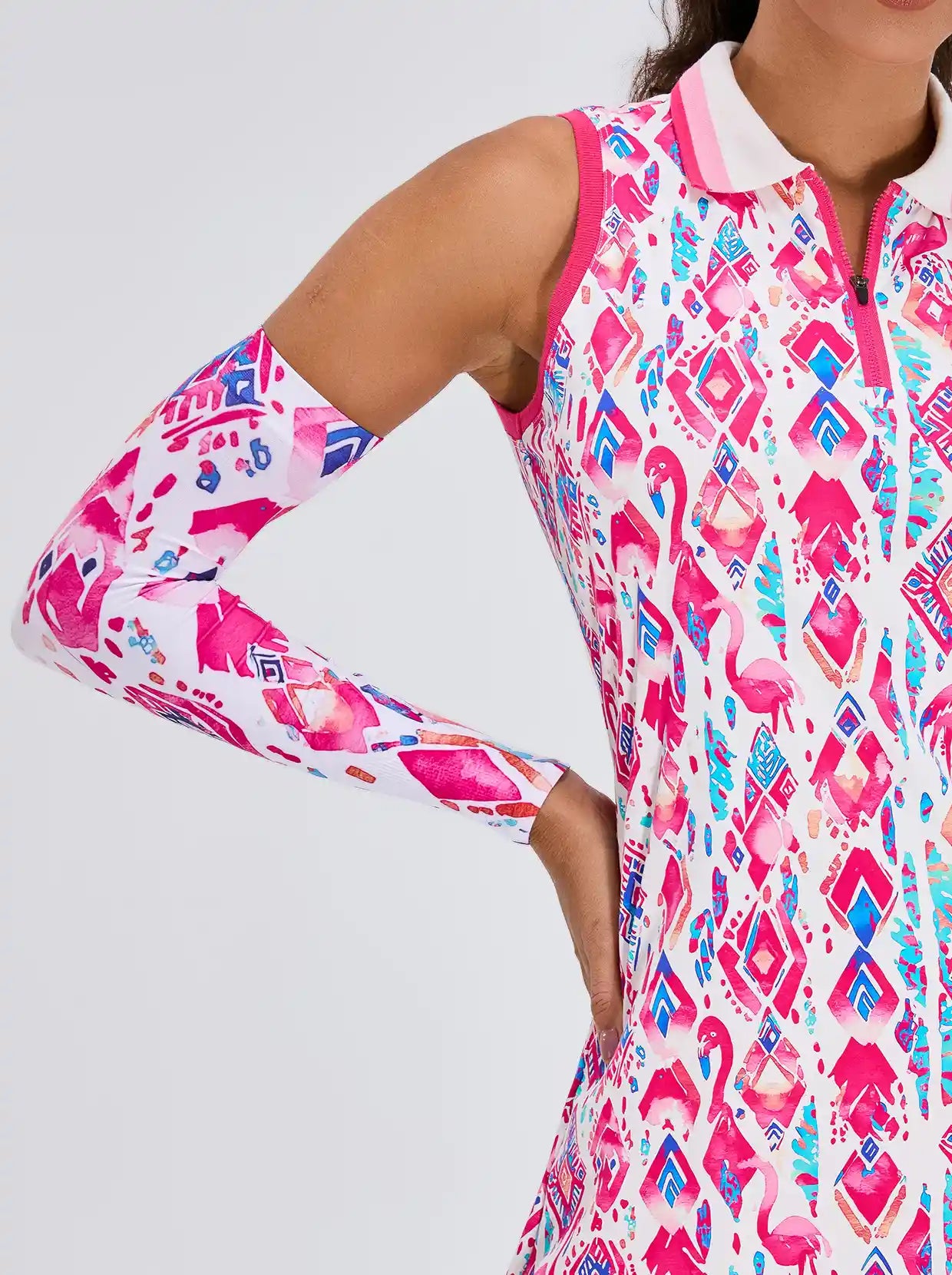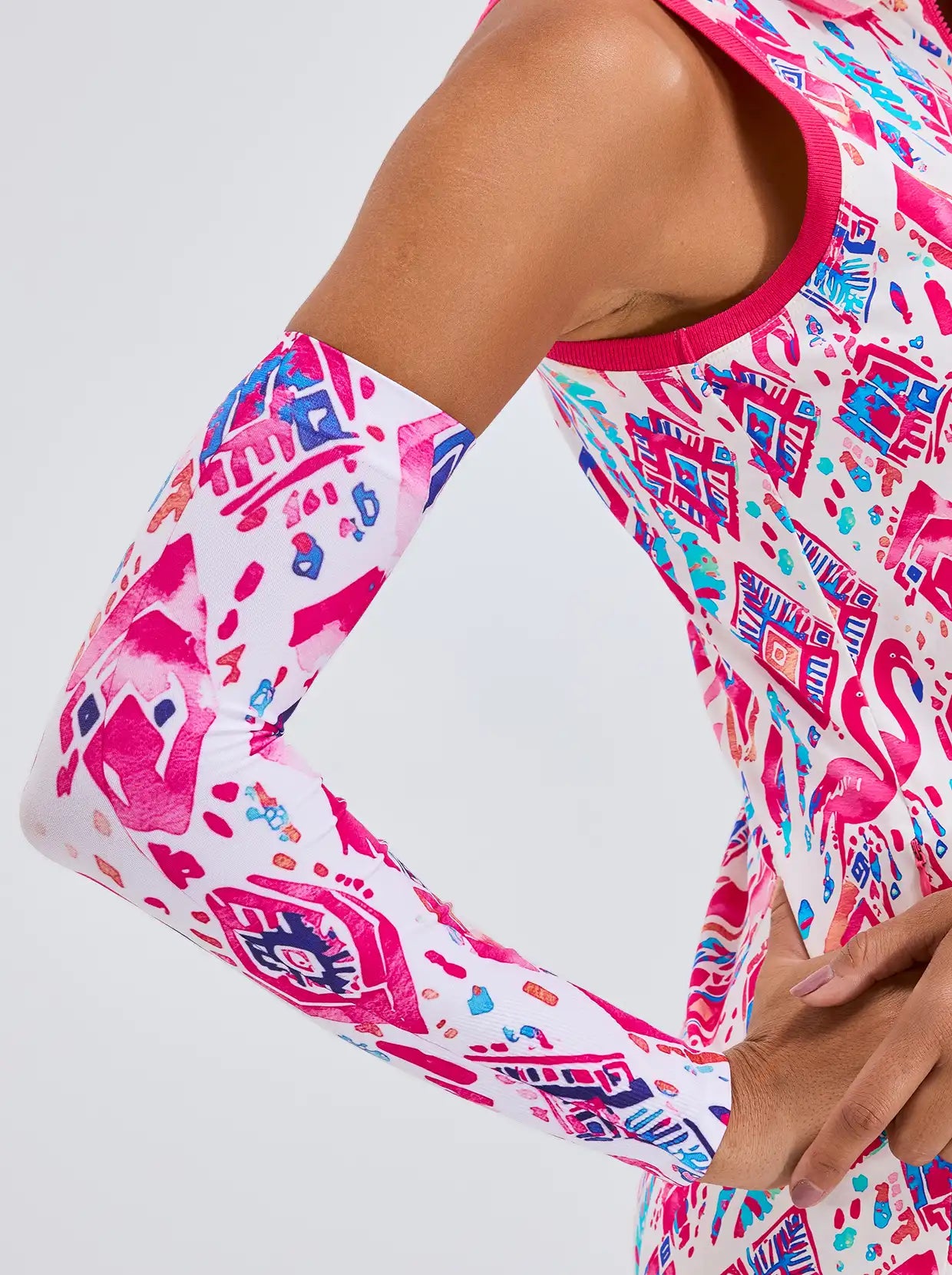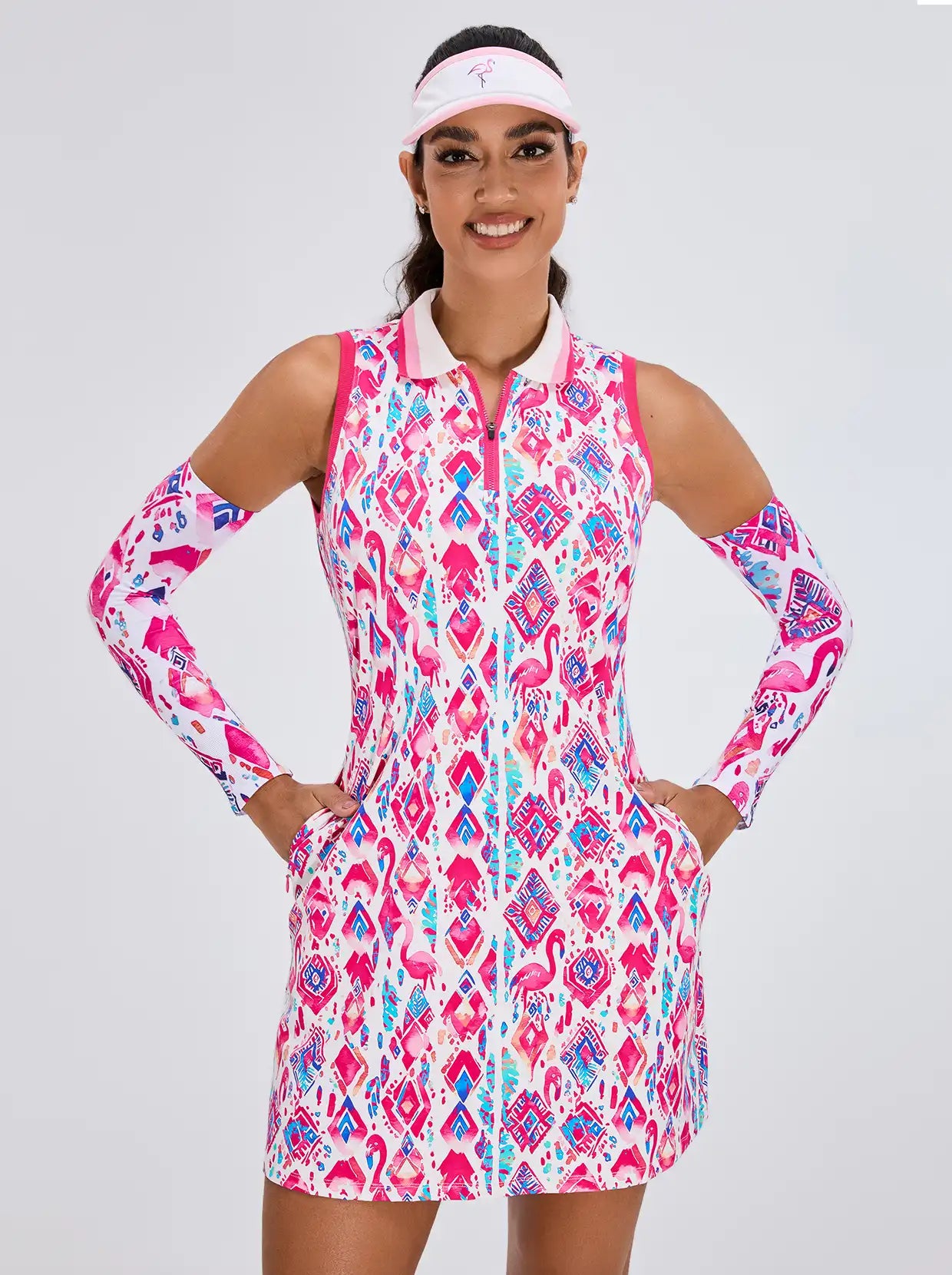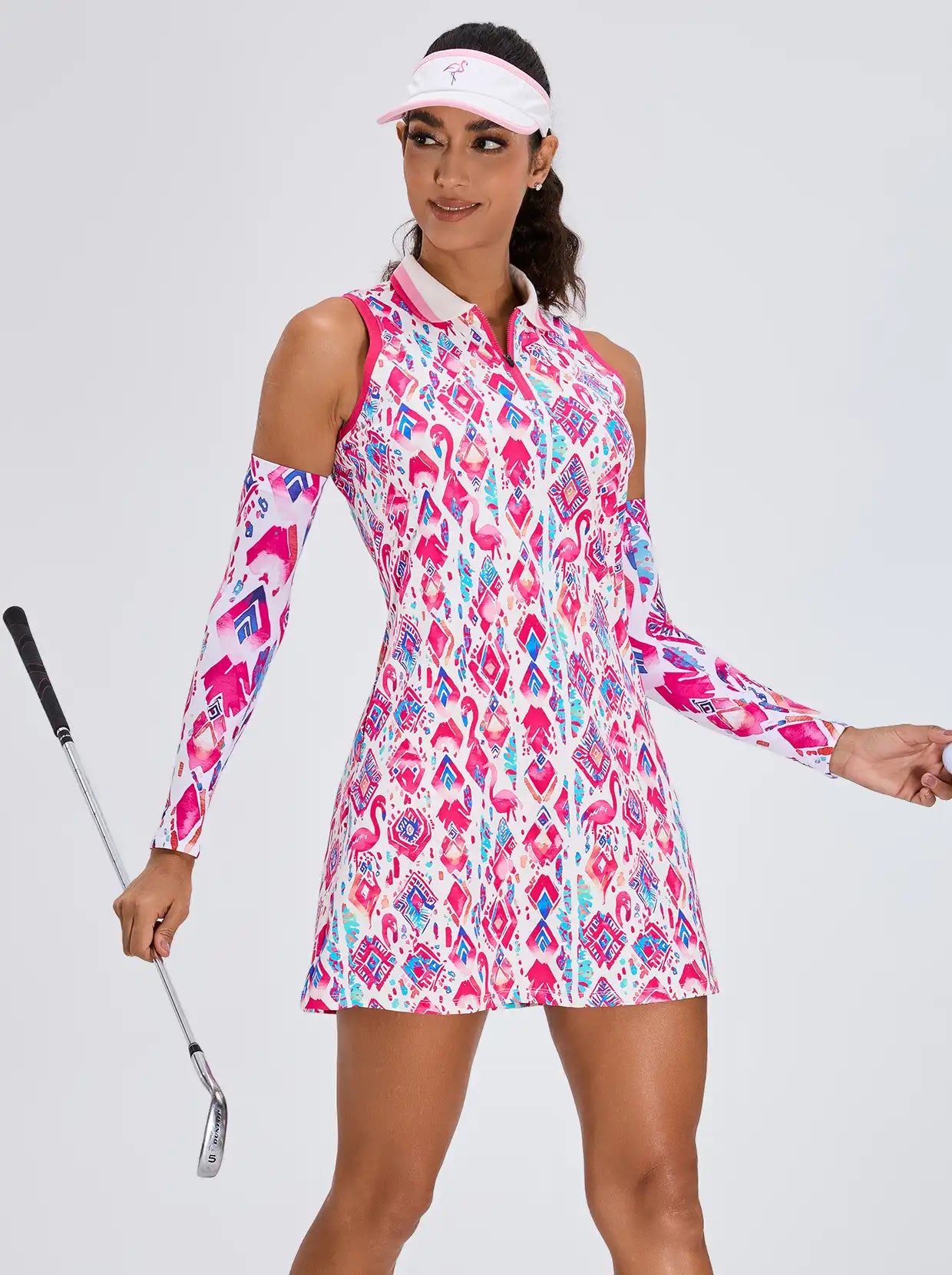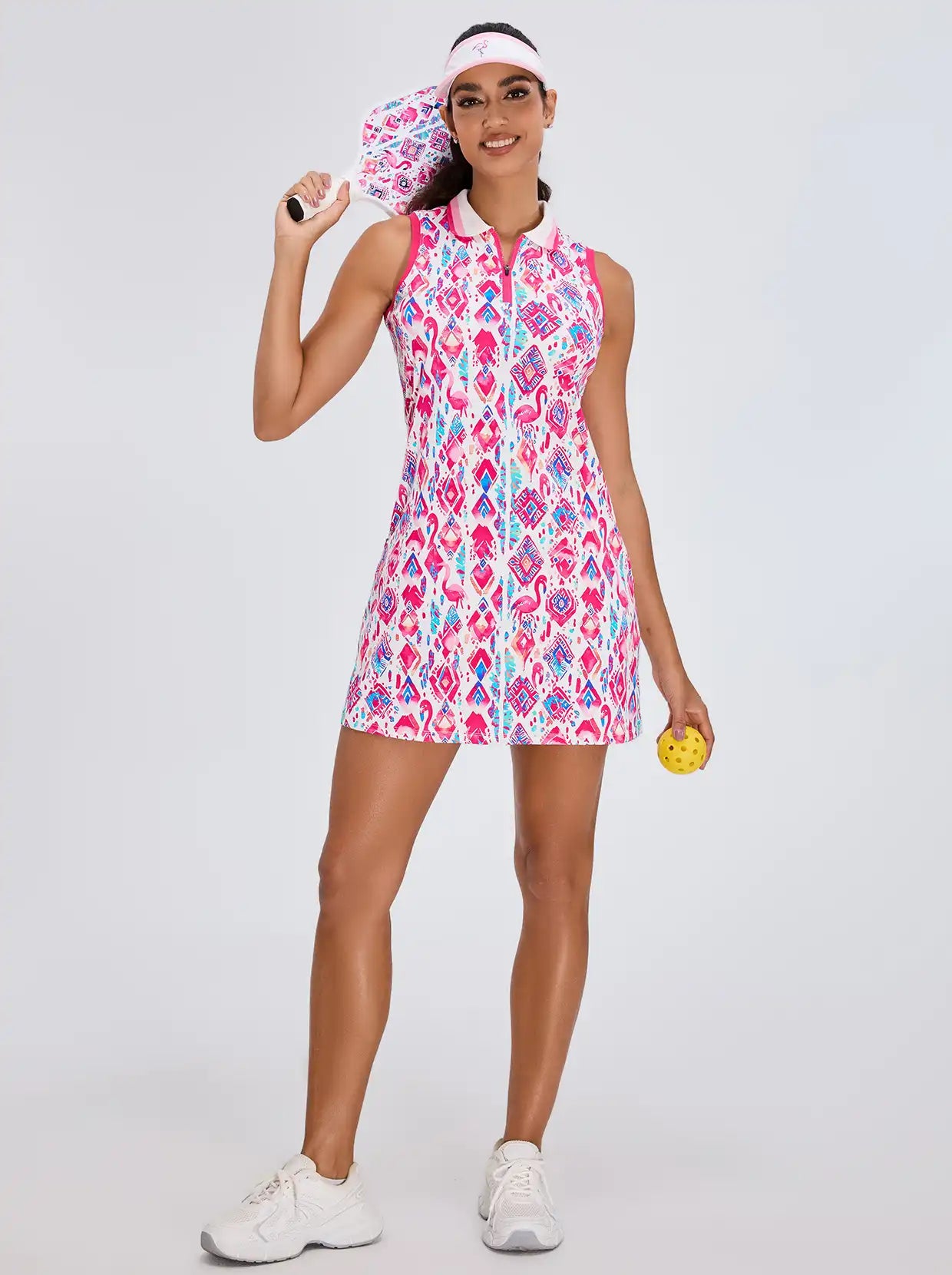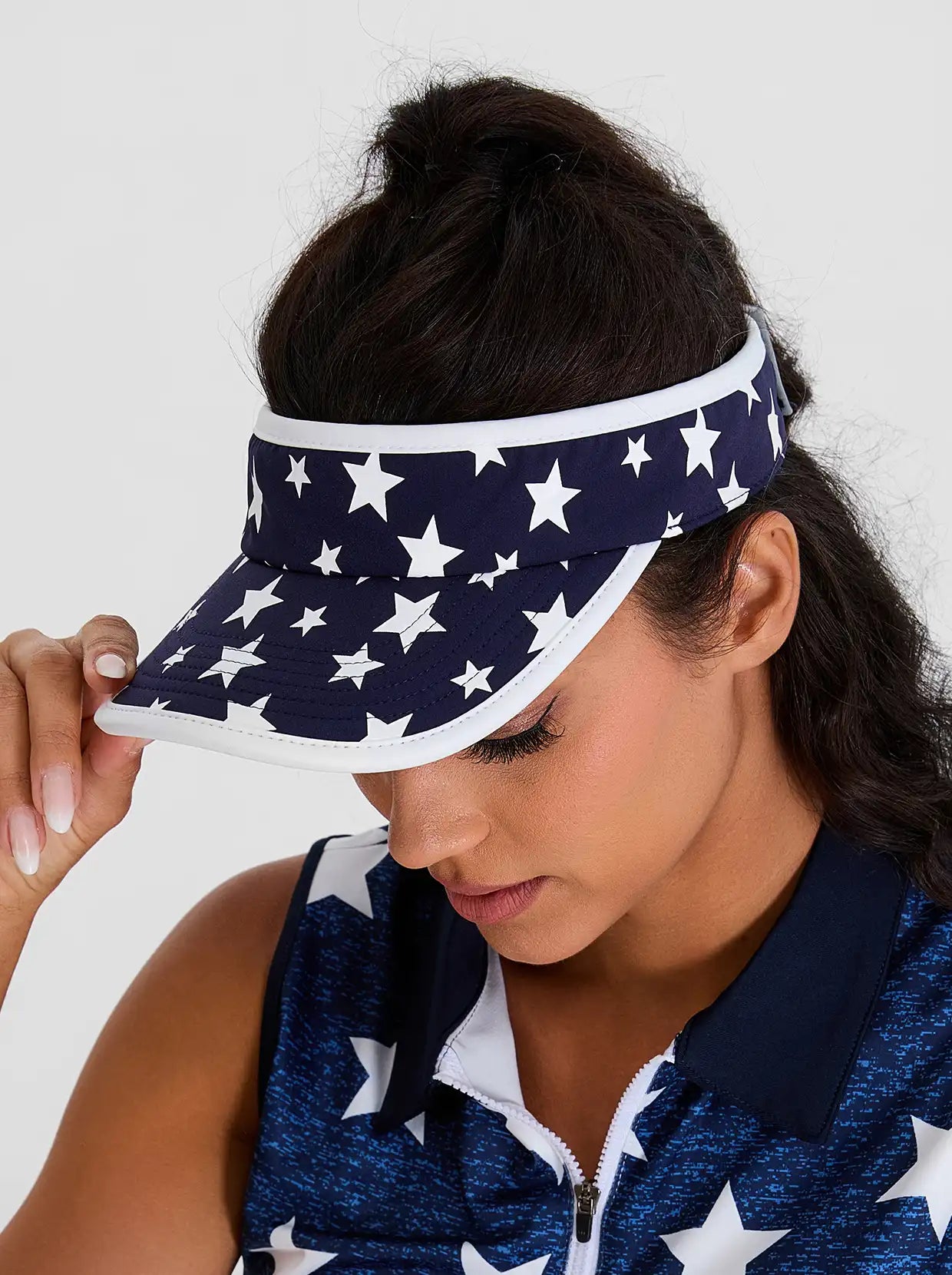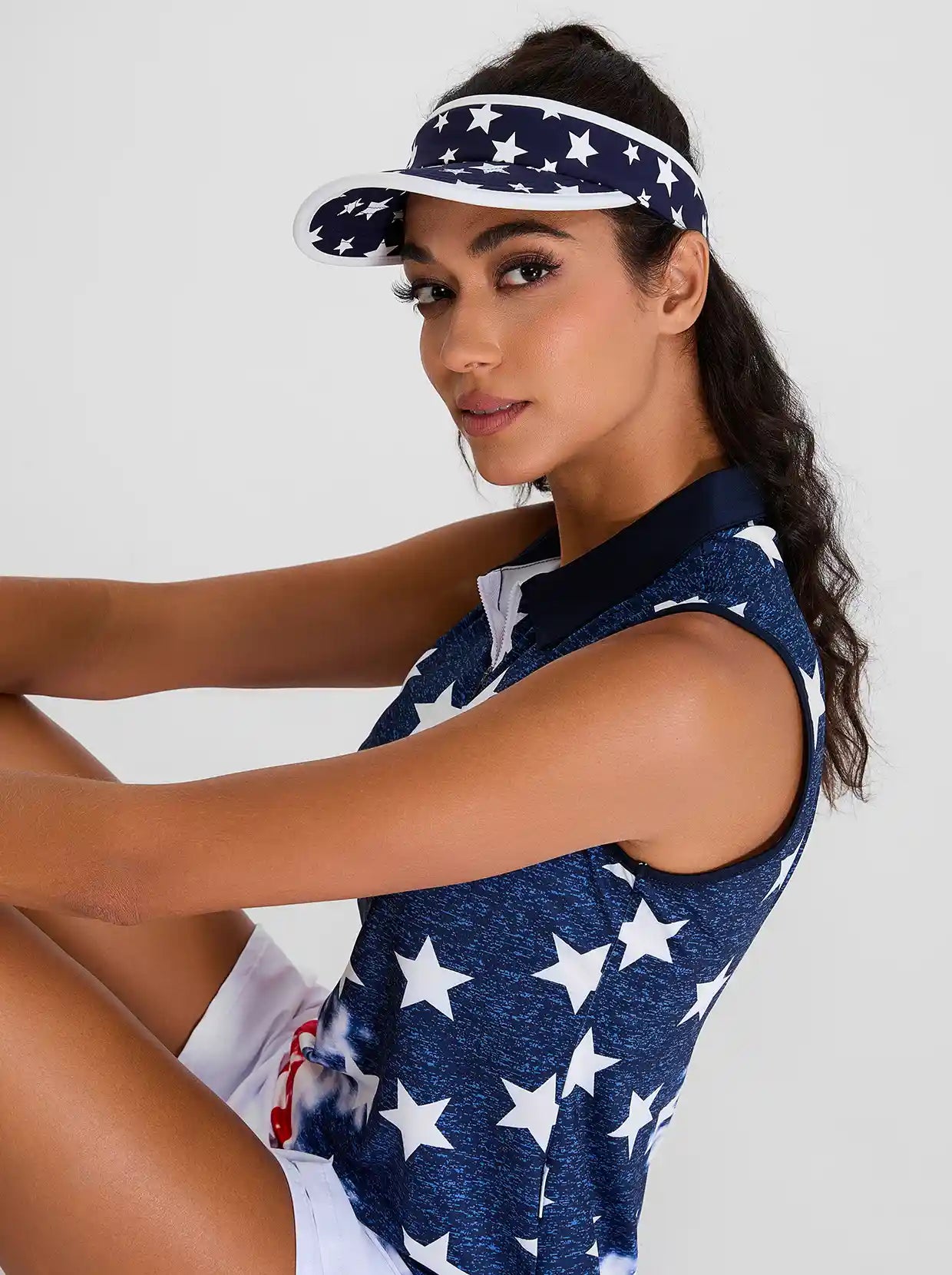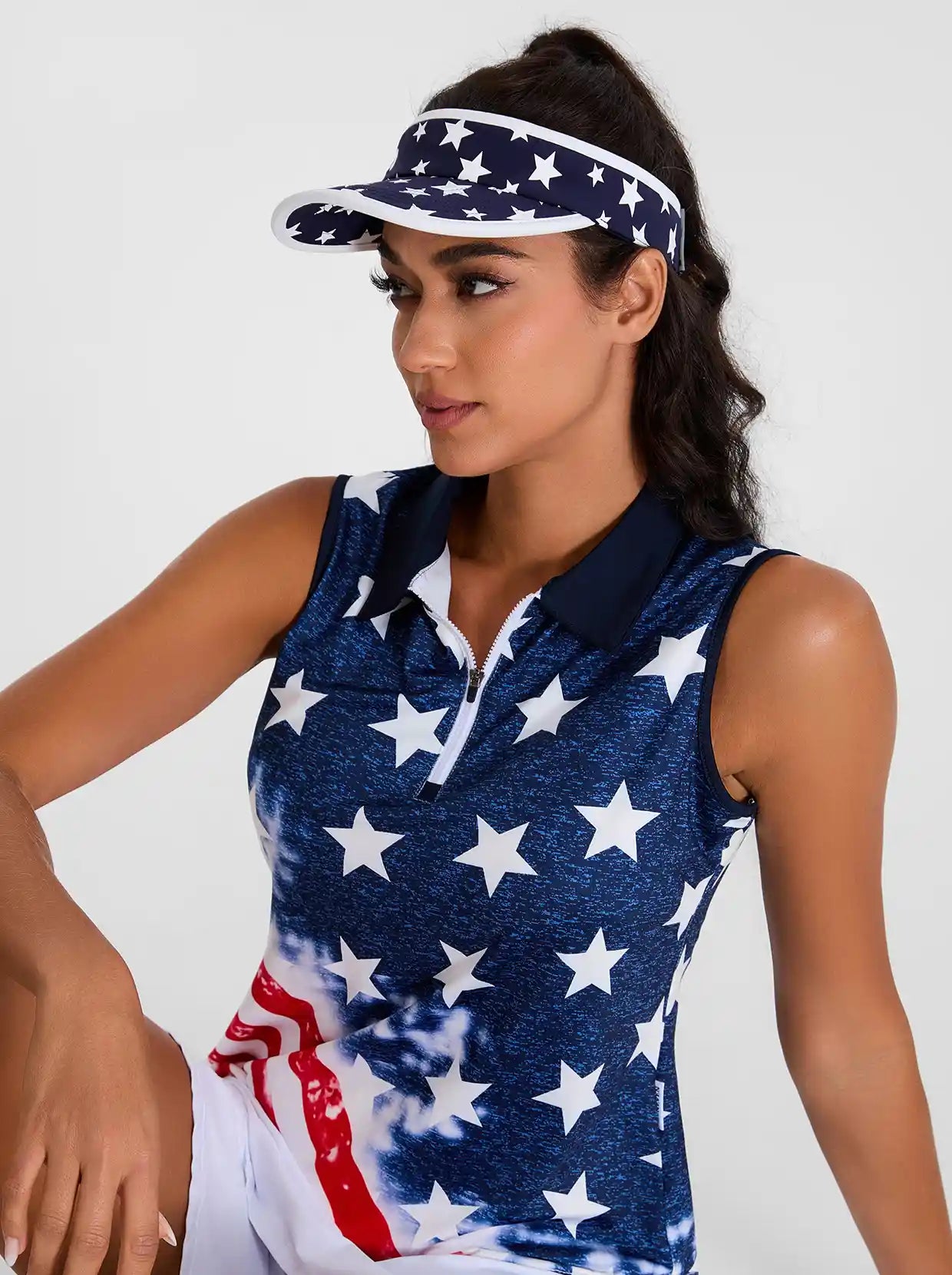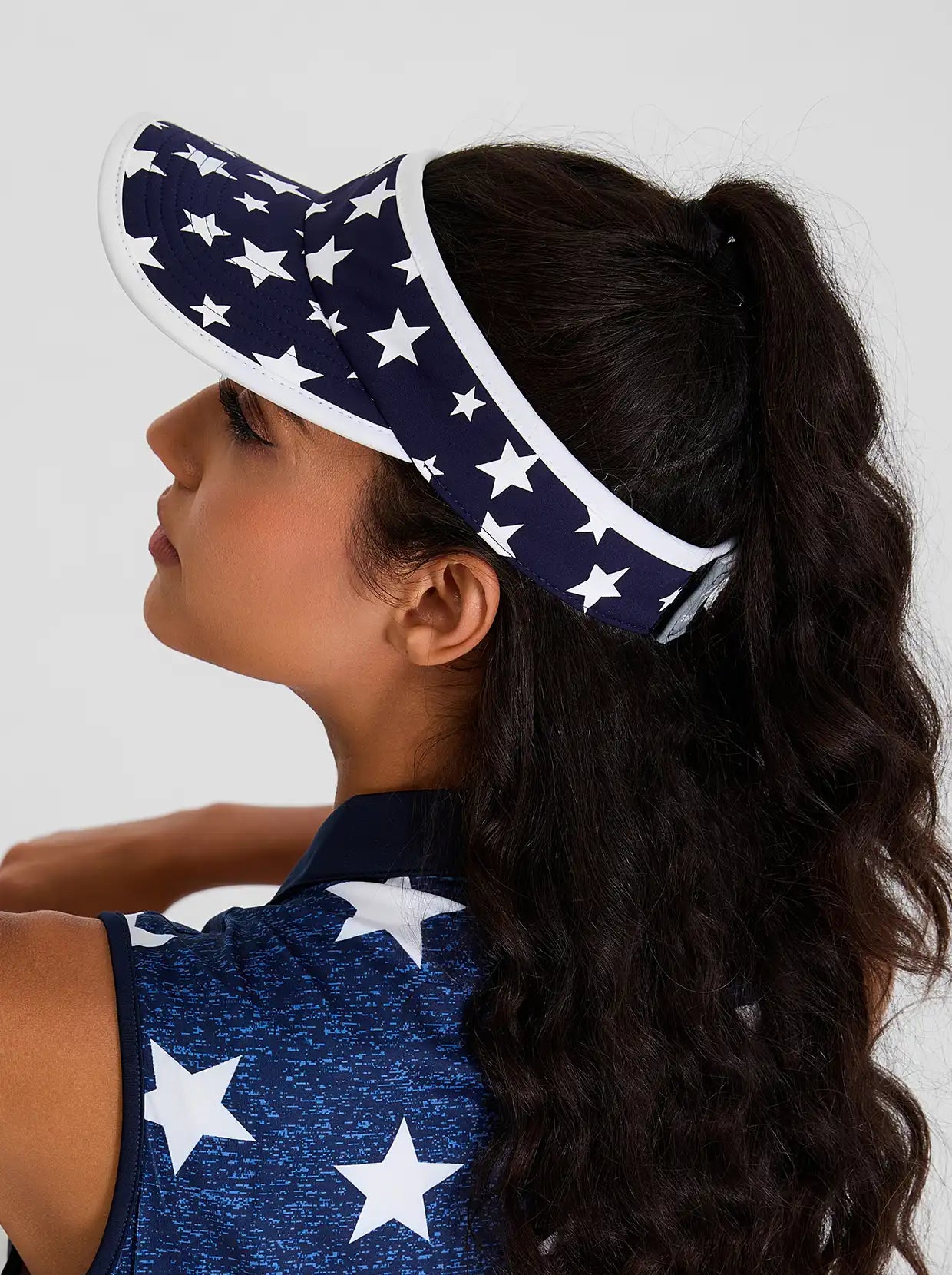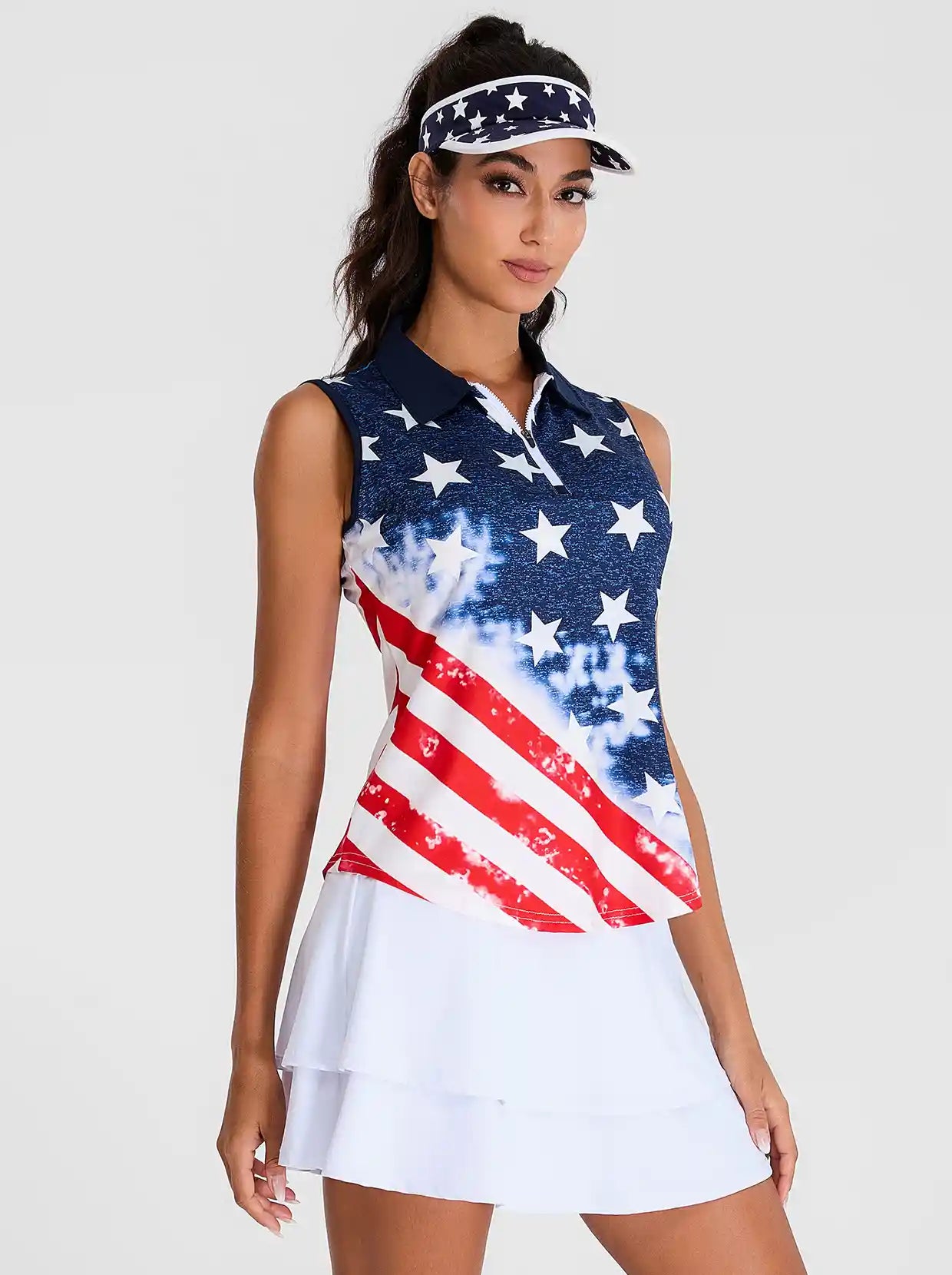Hippie fashion is known for its connection to nature and freedom, but it also adapts to different weather conditions. Whether it’s choosing breathable fabrics for hot days or layering up for warmth in the cold, the hippie style responds to various climates.
This article explores how hippie clothing choices are influenced by the weather while maintaining their core values of comfort and sustainability.
What is the Hippie Fashion Style?
Originating from the counterculture movement of the 1960s and 1970s, hippie fashion symbolized freedom, individuality, and rebellion against social norms. Therefore, for hippies, clothing was not just about appearance, but also a powerful expression of their anti-traditional beliefs.
At the core of hippie fashion is comfort and simplicity. Loose-fitting clothes made from natural fabrics such as cotton and linen are popular because they are comfortable to wear and fit in with their love of nature. In addition, many hippies embrace handmade or reused clothing to reject consumerism. Bold tie-dyed shirts, bell-bottom pants, and other environmentally friendly items become a symbol of their commitment to sustainable development.
Hippie clothing also has a strong social and political meaning. It is a visual declaration against war and a call for peace, unity, and social change. Therefore, hippie fashion is not just a style, it is also a way to achieve ideals.

What Were the Characteristics of Hippie Clothing?
Hippie clothing was distinctive and reflected the values of the 1960s and 1970s counterculture movement. Here are the key characteristics of hippie fashion:
-
Loose, Relaxed Fits: Clothing is designed with comfort in mind, including wide-leg trousers, maxi skirts, and flowing dresses or ruffle skirts that allow for ease of movement.
-
Natural Materials: Fabrics like cotton, linen, and hemp were preferred, reflecting their connection to nature and commitment to sustainability.
-
Bold Colors and Patterns: Hippie fashion uses bright colors, tie-dye prints, and psychedelic designs, such as those found on Hawaiian golf shirts, to express individuality and rebellious spirit.
-
Handmade and Vintage: Many hippies wore second-hand or handmade clothing as part of their anti-consumerist beliefs.
-
Bohemian and Ethnic Styles: Items like embroidered shirts, beaded necklaces, and flared pants reflected their free-spirited, global perspective.
-
Symbols of Peace and Love: Peace signs and other symbols were commonly featured, aligning with their commitment to peace and unity.
What Was the Dress Code of the Hippies?
The hippie style of dress embodied freedom, rebellion, and connection with nature. They favored loose, comfortable clothing made from natural materials such as cotton and linen. Bright colors and tie-dye patterns reflected their individuality and protest against mainstream culture. And accessories such as tassels, jewelry, and flower crowns express their spiritual freedom and harmony with nature.
Hippies often wore second-hand or vintage clothing and rejected materialism in favor of a simpler life. Men grew long hair and beards to challenge social norms, while women favored natural hairstyles and light makeup. Therefore, hippie fashion is not only a style but also a cultural statement. It represents their pursuit of freedom, counterculture, and connection with nature.
How Does the Way a Hippie Dresses Affect the Weather?
Hippie fashion is all about comfort and freedom, which makes it adaptable to different weather conditions.
Summer
In warm weather, hippies choose loose, breathable clothing made from natural fabrics such as cotton and linen. Different types of skirts are available, such as flowing dresses, vests, and wide-leg pants are common, keeping cool and comfortable. Bright colors and tie-dye prints are also popular, reflecting the energy of summer.
Winter
When the weather turns colder, hippies wear cozy natural fabrics like wool or knit sweaters. They can also help keep you warm by choosing long skirts or pants paired with women's leggings or tights. Additionally, accessories like scarves, shawls, and hats can add extra warmth without compromising their laid-back style.
Rainy Days
During rainy days, hippies may stay dry by wearing a bohemian-style cape or waterproof jacket. You can also add coverage by pairing it with waterproof boots or sandals, and possibly using an umbrella or large cape while maintaining their carefree vibe.
Spring and Fall
During the transition between seasons, hippies tend to wear layers of clothing to stay comfortable as the temperature changes. You can pair your lighter clothing with lightweight women's jackets, cardigans, and scarves. Also, choose floral prints and pastel colors for spring and darker earthy colors for fall.

Tips for Styling Hippie Clothes for Any Weather
Hippie fashion can be effortlessly adapted to different weather conditions. Here’s how to style it:
-
Layering: In the cooler months, layer a flowy dress with a cozy cardigan or scarf to keep warm. When the weather is hot, opt for loose, breathable garments and add a kimono or shawl in the evening. Layering allows you to adjust to temperature changes while staying stylish.
-
Natural Fabrics: Opt for breathable fabrics like cotton, linen, and wool. These materials are comfortable in both hot and cold weather, with natural warmth and breathability. And their eco-friendly nature aligns with the hippie values of sustainability and connection to nature.
-
Accessories: In the summer, elevate your look with flower crowns, beaded necklaces, and bracelets. When the temperatures drop, wear thick scarves, knitted hats, and earthy accessories. These accessories not only elevate your style but also add warmth and protection.
-
Patterns and Colors: In the summer, choose tie-dye, florals, and bright patterns to reflect your lively spirit. In the colder months, earth tones like green, brown, and mustard create a cozy fall vibe. Also, don’t hesitate to mix patterns or textures for a unique bohemian look.
-
Footwear: In the summer, sandals, flip-flops, or even bare feet are fine for warm weather. In rainy or cold seasons, for example, waterproof boots or sturdy bohemian shoes keep you comfortable. Choose footwear that supports your natural, free-spirited style without sacrificing practicality.
Conclusion
Hippie fashion isn't just about looking good—it’s about living in harmony with nature, embracing freedom, and expressing individuality. By choosing eco-friendly fabrics and handmade clothing, hippies maintain a connection to the earth while adapting to the changing weather. For those interested in embracing this style, brands like Soneven offer a variety of bohemian-inspired pieces to suit all occasions and seasons.
Related Reading: How Many Golf Balls Fit in a 45-Gallon Drum?



